DROITS ÉTRANGERS FOREIGN RIGHTS







Littérature | Literature
Daniel Arsand | Moi qui ai souri
Muriel Barbery
Une heure de


Céline Curiol | Prendre

Ducrozet | Variations
Basile Galais
Gallay
Les


Gaudé | Chien
Goby | L’île
Lapaque | On aura tout
Le Touze | Moi en plus
Tran Huy | Un enfant sans
Essais | Essays
Coquio | À quoi bon encore le monde
Onfray - Jacques Perry-Salkow | La Fraise de Descartes…………………..
Wallenhorst | Qui sauvera la planète
Théâtre | Drama
Nasser Djemaï | Les Gardiennes……………………………………………………………………..
Littérature | Literature
Niel | Darwyne……………………………………………………………………………………….
| Crime
Raphaël | S’ils n’étaient pas si
Littérature | Literature
C. Ammoun - M. Ferrier - M. Orcel - E. Sotiropoulos -
Savelli | Musée
Zebian
qui nous arrive……..
Éditeur et écrivain, Daniel Arsand est l’auteur d’une douzaine d’ouvrages dont notamment La Province des Ténèbres (Phébus, 1998, prix Femina du premier roman), En silence (Phébus, 2000, prix du jury JeanGiono), Ivresse du fils (Stock, 2004), Un mois d’avril à Adana (Flammarion,2011,prixChapitreduroman européen)et,leplusrécent, Je suis en vie et tu ne m’entends pas (prixJean-d’Heursduromanhistorique,prix littérairedesGenêts,prixduRomangay),paruauxéditions Actes Sud en 2016.
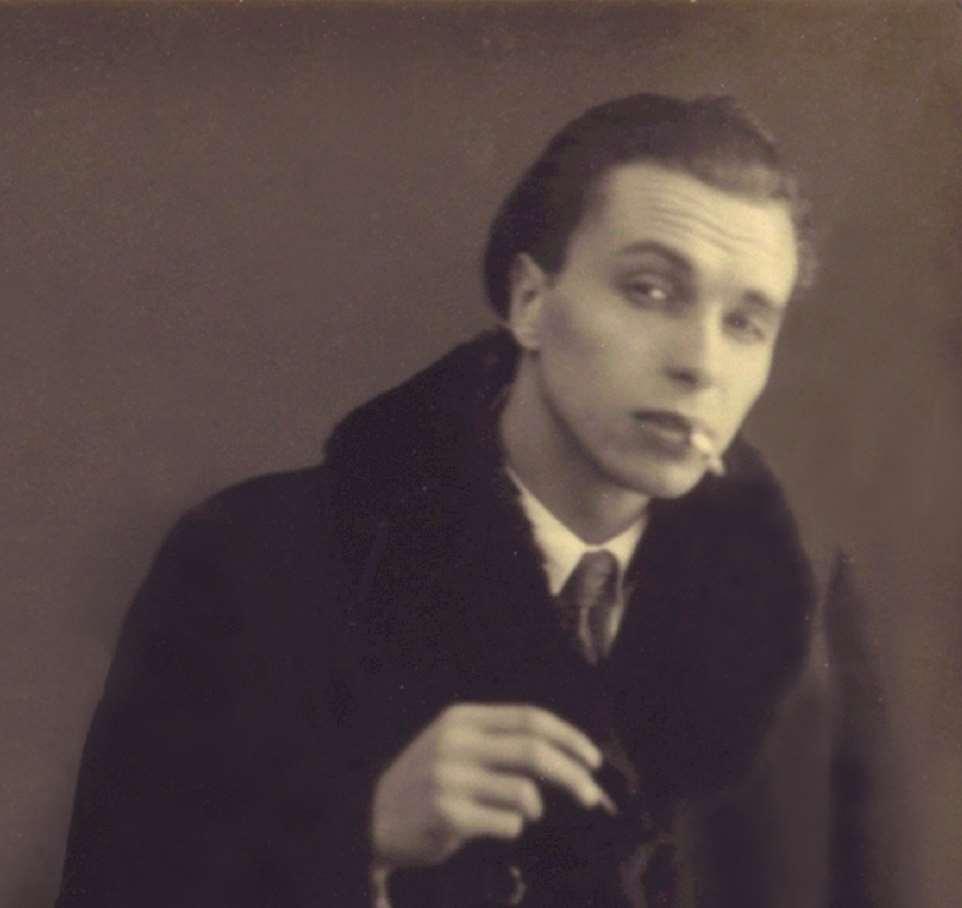
Quelque part dans ce texte, Daniel Arsand écrit : Il n’estpasenmoiquedesorages,il n’estpas enmoique desruines. Et pourtant, on peut lire Moiquiaisouri lepremier comme une visite privée de ces orages et de ces ruines laissés en lui par trois rencontres déterminantes, trois souvenirs d’adolescence qui sont aussi des possibles trahis, qui signent plus encore que la fin de la l’innocence, la fin prématurée des promesses. Un viol, une disparition, un passage à tabac : l’écrivain livre avec une simplicité qui nous oblige, sans fausse pudeur et sans la moindre complaisance, trois moments de violence inouïe qui creusent la béance sur laquelle s’échafaude, dès avant l’âge “adulte”, la jeune vie d’un garçon homosexuel.
Mais dans ce qui est sans doute son texte le plus personnel et le plus cru, Daniel Arsand pousse l’honnêteté jusqu’à tenter de localiser la source d’une solitude originelle, admise, peut-être même choisie et apprivoisée dès la plus “tendre” enfance. Ce que Moi qui ai souri le premier nous empêche aussi d’ignorer, c’est comment l’homophobie intrinsèque à une société, à une époque, parce qu’elle induit la violence au cœur intime d’une sexualité stigmatisée, bousille la possibilité-même de l’amour. Parce qu’elle ébrèche la confiance au moment précis de la découverte du désir. C’est la première fois que Daniel Arsand raconte ce qu’il raconte dans Moiquiaisourilepremier. Ce texte férocement littéraire et d’un courage fondamental n’est pas confortable, ni pour l’auteur, ni pour le lecteur. Il aura fallu bien des livres – les siens et ceux des autres – pour qu’il s’autorise et s’impose.
Aprèslesdifférentesexpressionsdela“libérationde la parole” et tentatives de définir le consentement, de mesurer les effets des violences sexuelles sur la vie et la construction des victimes, la voix haute et singulière de Daniel Arsand vient se poser sur le terrain du langage ; débusquer la lumière, la force, la beauté au-delà du saccage. Ici encore c’est l’écriture qui rend le propos incontournable (et éblouissant au sens strict). On pourra donc aussi lire ce texte comme le making of de son incroyable Je suis en vie et tu ne m’entends pas. Mais aussi, comme le un-making de toute une vie.
An writer and a publisher, Daniel Arsand is the author of some dozen works, including La Province des ténèbres (Phébus, 1998, Prix Femina for best debut novel), En silence (Phébus, 2000, Prix du Jury Jean Giono), Ivresse du Fils (Stock, 2004), Un certain mois d’avril à Adana (Flammarion, 2011, Prix Chapitre duroman européen) and Je suis en vie et tu ne m’entends pas (Prix littéraire des Genêts, Prix du Roman gay), published by Actes Sud in 2016.

At one point in this book, Daniel Arsand writes: Storms and ruins are not the only thing inside me. And yet Moi qui aisouri le premier could be read as a private tour of the storms and ruins left behind in him by three decisive encounters – three memories of adolescence that are also possible acts of betrayal which not only signal the end of innocence but also the premature demise of hopes and dreams. A rape, a disappearance, a beating: three episodes of extreme violence – described by the writer with a forceful simplicity and an unflinching objectivity and directness – which structure the early life of a gay boy and serve to alienate him before he even reaches adulthood.
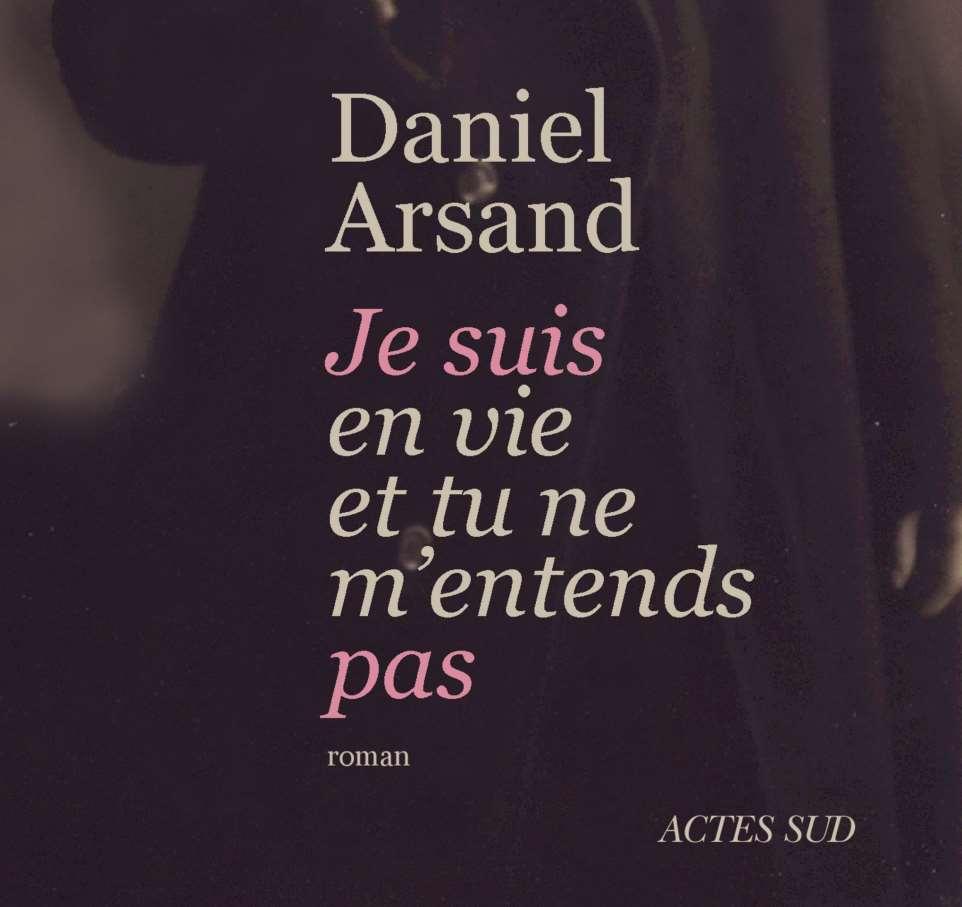

But in what is without a doubt Daniel Arsand’s most searingly intimate and rawest book to date, the honesty is pushed even further as he seeks to identify the source of an original solitude that is acknowledged, and perhaps even sought after and embraced, from his very earliest childhood.
And what Moi qui ai souri le premier also forces us to confront is the fact that the homophobia inherent in a society and an age will destroy all hopeof love, since it injects violence into the very heart of a stigmatised sexuality and chips away at trust at the very moment when desire is first awakened.
In Moi qui ai souri le premier, Daniel Arsand addresses these issues for the first time, and this ferociously literary and deeply courageousbook eschews any comfort zones, for either author or reader. Many other books –hisown andthoseofothers–hadtoprecede this one before he could allowhimself to write it, having reached the stage where he felt he had no other choice.
After various explorations of the ‘liberating of one’s voice’ and attempts to define consent and measure the repercussions of sexual violences on the lives and self-perceptions of victims, the forceful and singular voiceof Daniel Arsandmoves onto the terrain of language, searching for raysof light, sources ofstrength, and instances of beauty in the wake of the devastation. Once again, it is the dazzling writing that gives the content its force in a book that could be read as the ‘making of’ his remarkable Je suis en vie et tu ne m’entends pas. But also as the unmaking of an entire life.
Bulgarian (Ciela), Chinese (simplified characters: Citic), Dutch (Oevers), UK/ANZ English (Gallic), US English (Europa), Greek (Enalios & Oceanos), Italian (E/O), Portuguese (Brazil: Compahnia Das Letras), Russian (Azbooka-Atticus), Serbian (Carobna knjiga), Spanish (Seix Barral/Planeta), Turkish (Kirmizi Kedi Yayinevi)
MurielBarberyestl’auteuredequatreromanschezGallimard – Une gourmandise (2000), L’Élégance du hérisson (2006), La Vie des elfes (2015), Un étrange pays (2019) – et d’Une rose seule publié aux éditions Actes Sud en 2020.
Ce livre retrace le chemin de vie d’un marchand d’art, un Japonais qui pendant près de quarante ans, passés à Kyoto, va respecter une promesse insensée.


Cet homme solitaire – bien que toujours entouré d’amiset defemmesà l’occasion de soiréesdanslesquelles se côtoient artistes, intellectuels privilégiés et heureux – est un être sensible à la beauté des objets comme à celle des jardins, aux silences des forêts comme aux passages de l’ombre. À Kyoto, il a fait construire sa maison sur les bords de la Kamogawa, cette rivière qui de sa vie sera le métronome. Lors d’une soirée, une inconnue le trouble plus qu’il ne l’a jamaisété. Haru atrente ans. Cettenuitlà le regard de Maud, une Française de passage au Japon, lui semble abyssal, d’une froideur inquiétante qui le fascine.
Grand séducteur d’une élégance discrète, Haru la laisse partir sans un mot après dix nuits de plaisir, et ce n’est que plus tard et par hasard, qu’il apprend qu’elle attend un enfant dont il serait le père. Par relations Haru se renseigne, obtient l’adresse de Maud, lui écrit. Mais la réponse est cinglante, la menace sans appel : “si tu cherches à me voir ou à la voir, je me tue.” Il promet.
De cet homme volage rien ne préfigurait la métamorphose. Sa vie enapparence nechange pas. Mais cette impossibilité qui à jamais lui interdit d’approcher sonenfant lebouleverse. DèslorsHaru respectera l’injonction mais ne renoncera pas à regarder sa fille grandir. Il paiera les services d’un photographe qui en France ne la quittera plus, un professionnel discret qui pour ce père effacé retracera chaque instant de la vie d’une enfant.
De sa part japonaise Rose ne saura rien mais son père lui, vivra pour elle et pendant des années un amour authentique, magistral et secret.
À travers cette histoire se dessine la vie d’un Japonais habité de beauté et d’invisibles, un personnage d’une grande intériorité entouré d’amis formant auprèsde lui une famille d’hommes, fêtards et heureux, avec lesquels il traverse désastres, désespoirs et commencements.
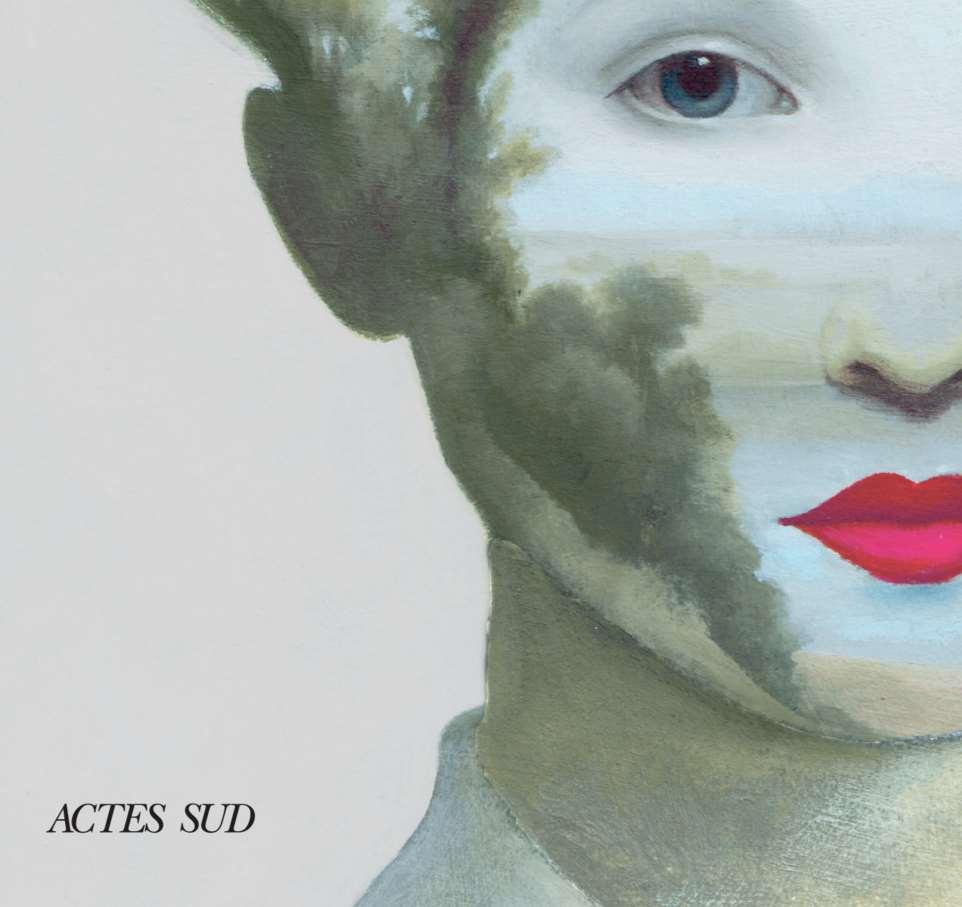
D’une écriture à la précision poétique, Muriel Barbery ne cesse de circonscrire la part d’ombre de ses personnages, et c’est dans ce pays insondable que se révèlent en eux ces failles anciennes qu’il s’agit de cacher au plus profond de soi-même pour préserver une apparente légèreté.

Muriel Barbery is the author of four novels published by Gallimard – Une gourmandise (2000), L’Élégance du hérisson (2006), La Vie des elfes (2015), Un étrange pays (2019)–and Uneroseseule,published byActesSud in 2020.
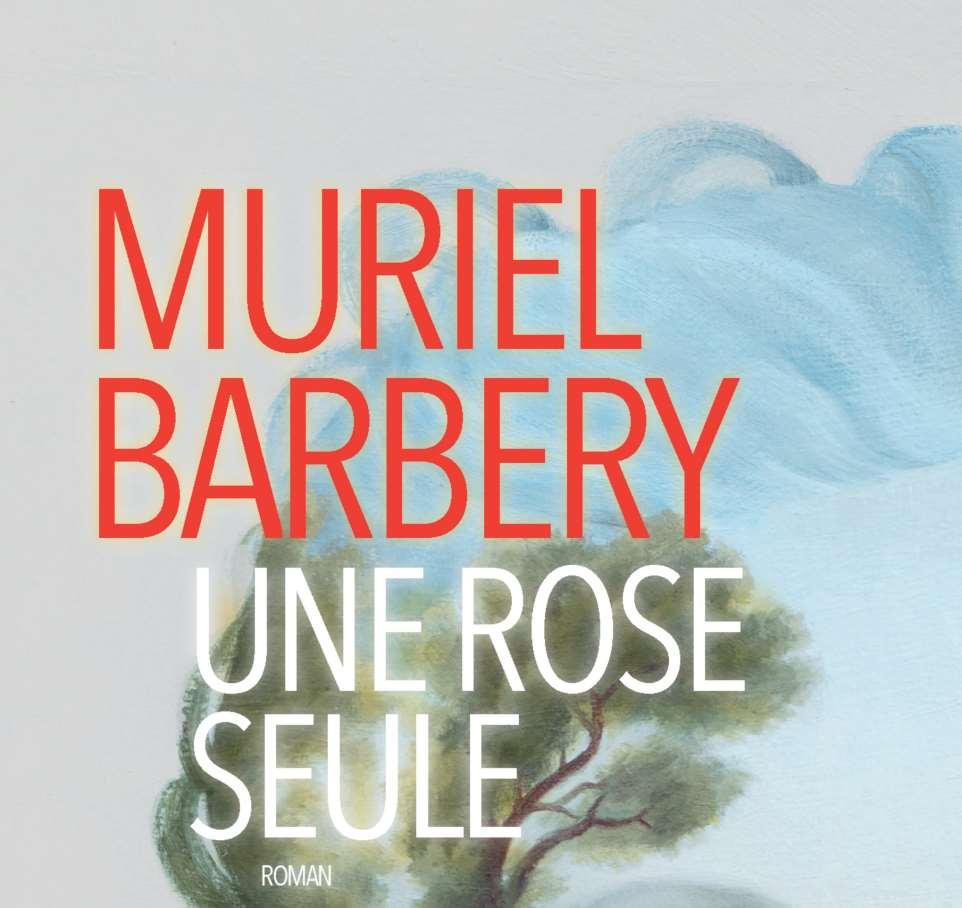

This novel tells the lifestory of a Japanese art dealer in Kyoto who for nearly forty years keeps the most outlandish of promises.
He is a lonely man – despite being constantly surrounded by friends and women at evening gatherings of artists and privileged intellectuals – who is sensitive to the beauty of objects and gardens, as well as to the silence of forests and the play of shadows. In Kyoto, he has a house built on the banks of the Kamo River, which acts as the metronome for his life.
At one of the evening gatherings, 30-year-old Haru encounters a stranger who unsettles him emotionally more than anybody has ever done before. Maud is French and is just passing through Japan, and he is at once fascinated and troubled by her incredibly distant and cold gaze.
A great seducer of women and elegantly discreet, Haru spends ten nights of pleasure with her and then lets her leave without a word. It is only later on and quite by chance, that he learns that she is expecting a baby. Through his connections, Haru manages to obtain Maud’s address and writes to her, but she replies with the starkest imaginable threat: ‘If you try to see me, I’ll kill myself.’ He promises not to try. Nothing in his history indicates that this flighty man could undergo such a metamorphosis. On the surface, his life remains the same but in reality he is devastated at the prospect of never being allowed to see his child. Haru respects the injunction while at the same time finding a way to watch his daughter grow up in France. He retains the services of a discreet professional photographer, whom he asks to capture every possible instant of her life.
Rose is told nothing about her Japanese heritage, but this does not stop her father nurturing a secret, deep and authentic love for her.
This novel is also the story a Japanese man who lives for beauty and the invisible; someone with an intense inner life surrounded by male friends who constitute a kind of family of contented, party-loving people with whom he experiences all the setbacks, despair and new beginnings in life.
In her poetically precise prose, Muriel Barbery consistently captures the darker, unspoken sides to her characters, bringing to light ancient flaws deeply buried withinthemselves in orderto maintain an apparent lightness of heart.

Céline Curiol est romancière et essayiste. Diplômée de l’École nationale supérieure des techniques avancées, puisjournaliste pendantunedizained’annéesàl’étranger, elle enseigne aujourd’hui dans plusieurs grandes écoles.
Ont paru notamment chez Actes Sud : Voix sans issue (2005), Permission (2007), Exil intermédiaire (2009), L’Ardeur des pierres (2012), Un quinze août à Paris. Histoire d’une dépression (2014), LesLoisde l’ascension (2021).
Céline Curiol is a novelist and essayist. A graduate of the École nationale supérieure des techniques avancées who worked as a foreign correspondent for a decade, she currently teaches creative writing and telecommunications at several of France’s leading colleges.
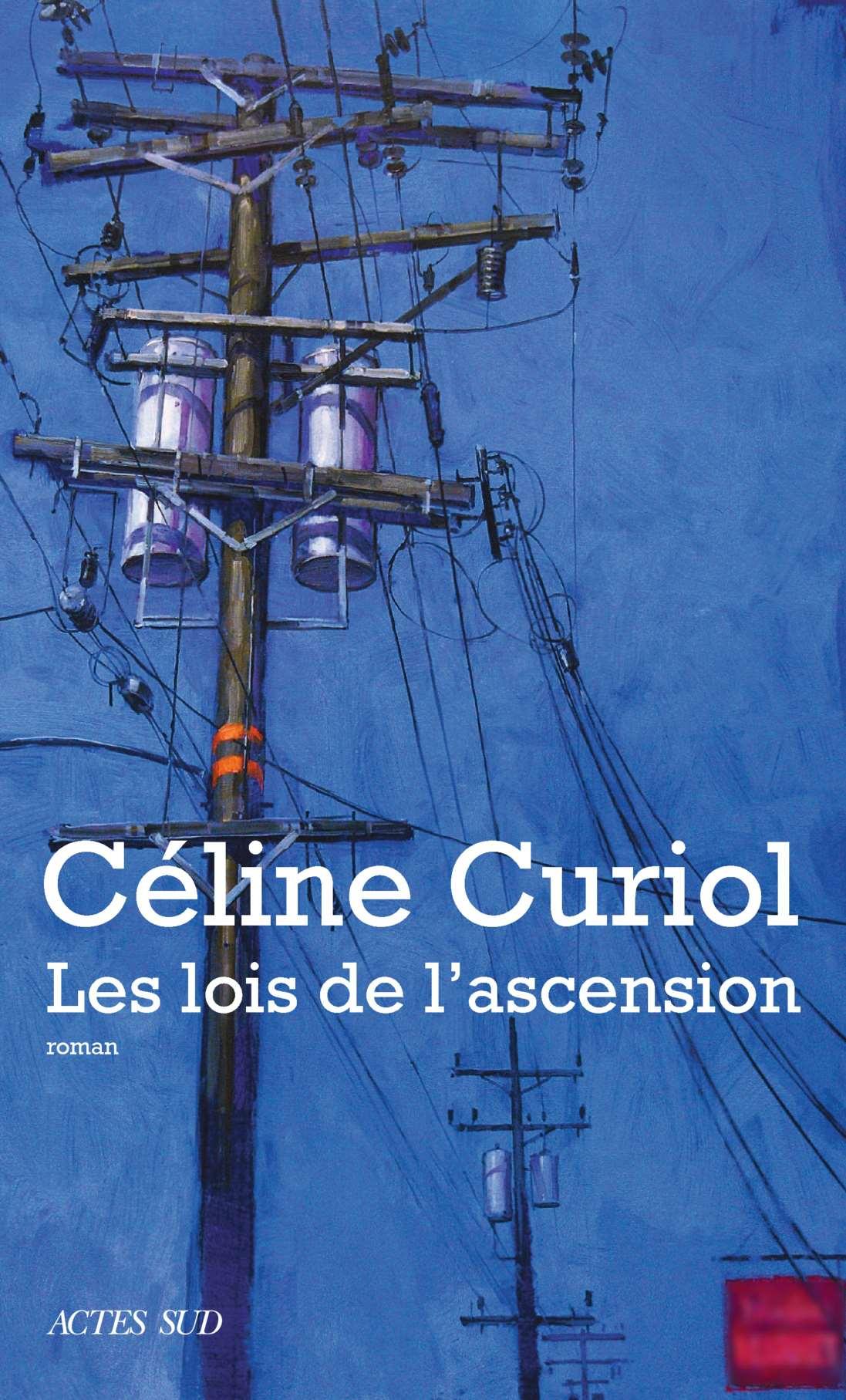

Actes Sud has publishedher Voix sans issue (2005), Permission (2007), Exilintermédiaire (2009), L’Ardeurdes pierres (2012), Un quinze août à Paris. Histoire d’une dépression (2014) and Les Lois de l’ascension (2021).
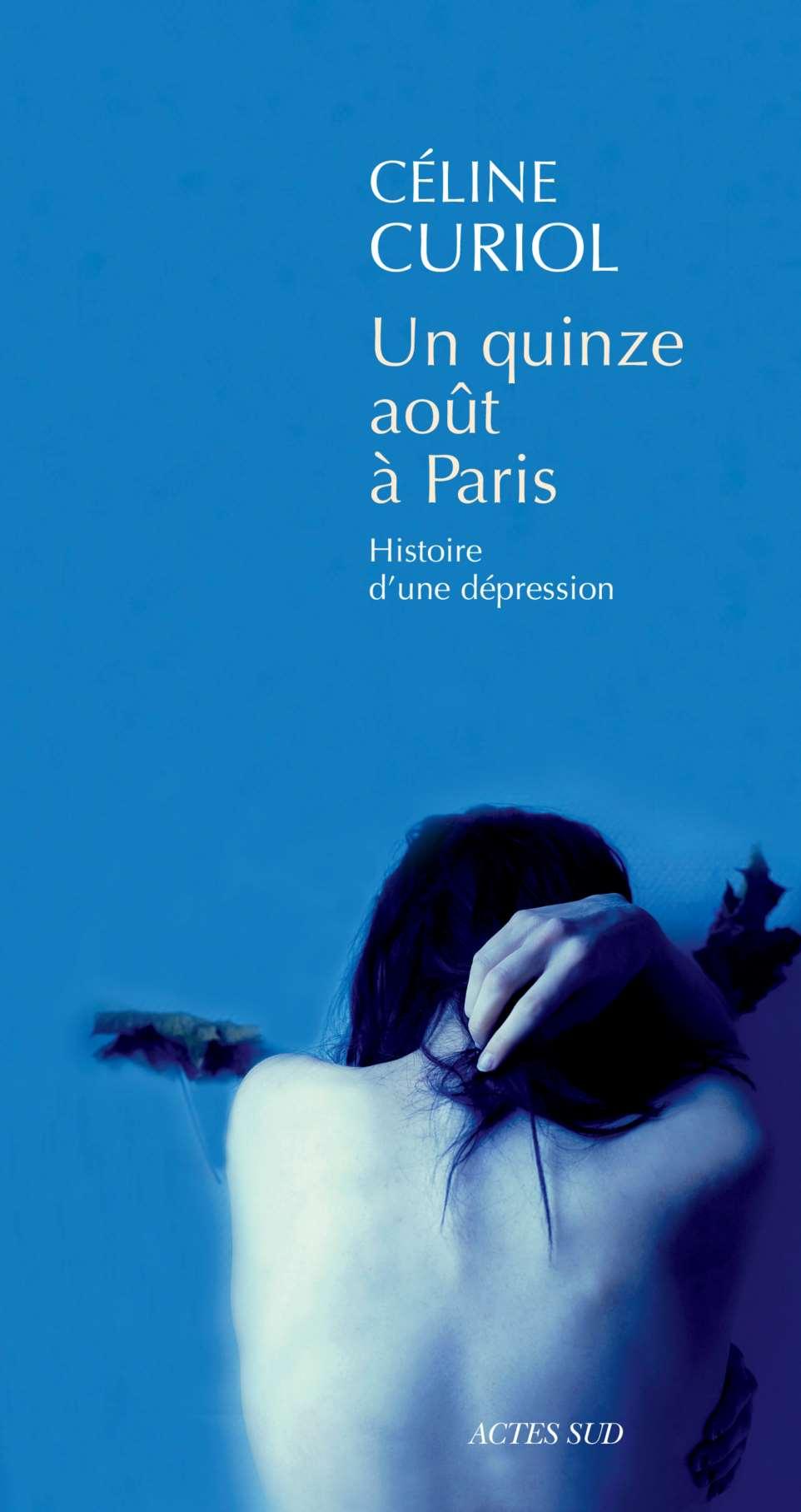



Au printemps 2021 un étudiant, tout juste diplômé d’une grande école réputée, contacte Céline Curiol sur Instagram. Il vient de voir sur Internet une conférence donnée à l’École des Mines par l’écrivaine à la suite de la publication de son essai intitulé Un quinze août à Paris. Histoire d’une dépression, où elle aborde dans une vidéo le thème de la dépression et ses conséquences sur l’imaginaire, indissociable de tout projet d’avenir. Céline Curiol se souvient de cette époque où comme lui, alors jeune diplômée, elle remit son avenir en question. Touchée par ce garçon si incertain face à son chemin rigoureusement tracé pour l’élite dont il fait partie, Céline Curiol se souvient de l’effet que lui avait fait les lettres de Rilke découvertes par hasard vingt-cinq ans auparavant dans une librairie. C’est ainsi qu’elle se lance à son tour dans une correspondance avec un jeune inconnu pour tenter de lui donner son point de vue sur la force du choix, la puissance et l’énergie des utopies, celles du doute : processus essentiel pour prendre la tangente, choisir ainsi d’échapperauximpératifsdu conformisme.

Alors que la vidéo des cinq étudiants d’Agro-ParisTech tourne en boucle sur les réseaux, que le nouveau ministre de l’Éducation nationale entre en scène, que l’automne 2022 sera sous l’emprise de l’inquiétude, ce livre s’adresse à tous ceux qui aujourd’hui s’interrogent : ces jeunes qui souvent se trouvent seuls face au trouble et à l’angoisse d’intégrer une vie professionnelle qui ne les fait plus vibrer d’impatience ou de curiosité. Ce livre est une véritable invitation à prendre la tangente en imaginant sa vie autrement.
In the spring of 2021, a student who has just graduated from a top college, contacts Céline Curiol on Instagram after watching alecture on the internet given by the writer at the École des Mines following the publicationofher essay Unquinze aoûtà Paris.Histoire d’une depression in which she addressed the topic of depression and its impact on the imagination, which is indissociable from any project for the future. It reminds Céline Curiol of when she was herself newly graduated and had similar doubts about her future. Touched by theuncertainty of this young man in the face of elite path in life that had rigorously been traced out for him, Céline Curiol recalled the effect on her of Rilke’s letters, which she had come across by chance in a bookshop 25 years earlier. And this prompts her to enter into her own correspondence with this young stranger and to seek to convey her own perspective on how doubt can positively inform choices and confer on utopian visions their power and energy – an essential process that enables us to take a tangent and thereby sidestep the pressures on us to conform.
At a time when a clip has gone viral of five graduates fromtheprestigiousAgro-ParisTechcollegerejecting the capitalist and environmentally disastrous tradition in which they have been educated, a new forwardthinking education minister has just taken up his post, andthecomingautumnpromisestobedifficult as energy prices spiral, this book is addressed to all those who are currently asking questions like the young man: young people who feel alone in their anxiety at embarking on a professional career that neither excites nor intrigues them. This book is a persuasive invitation to take a tangent and conceive of one’s life differently.
Romancier–notamment Eroica (Grasset,2015), L’invention des corps (Actes Sud, 2017,prix de Flore), Le grand vertige (Actes Sud, 2020) –, Pierre Ducrozet
écritaussi pour lapresse.
Comme ses romans,PierreDucrozetest enmouvement.
On l’a connu à Berlin,puis à Barcelone. Encore récemment, il gravitait entre Paris, Lisbonne et les monts du Lyonnais. Mais ça peut encore changer… Il a tendance à Partir léger (Actes Sud, 2020).

Trois générations de Maleval apprennent à vivre avec le cœur et les oreilles.
Antoine grandit au piano à l’ombre du chaos européen, s’affronte à Beethoven, Schubert, Chopin, découvre Dvorak, Ravel, Debussy, apprivoise les syncopes des mélodies d’Erik Satie avant de basculer dansle pétillement du jazz, la fascination Monk, jusqu’à ce que l’amour le trouve, pianotant au fond d’un bar de Lyon. Bébé miraculé, Paul, le fils au cœur funambule, étanche sa soif de couleurs à toutes les sources – jazz, rock, punk, hip hop, classique. Il a un super-pouvoir, il voit les sons. Il leur colle aux basques, court le monde dans une série de sprintspourdébusquer les momentsde grâce, chasseur de cimes et d’éblouissements.
Fille de Paul, petite-fille d’Antoine, rejetonne des années 1980, Chiara, quant à elle, écoute avec la peau, métabolise avec les jambes, dans la révélation de la transe collective. Bientôt elle mixe l’héritage pour mieux le tenir à distance, croit-elle, et dilapide ses attachements.
C’est une famille d’enfants libres, de mères-socles, solaires et magnétiques et de frères boucliers, fragiles, essentiels et discrets. Une famille où la musique coule dans les veines, les cœurs, les corps. C’est, comme un ballet de vinyles et de sensations, le grand manège des Maleval chez qui tout est force majeure, voyage initiatique, appétit vital et chutes vertigineuses.
Des pentes de la Croix-Rousse aux lignes brisées new-yorkaises, des adresses secrètes de l’underground berlinois à la grande lumière de la côte corse, et aux quatre coins du monde, sur la piste de tout ce que la musique donne à la vie, Variationsde Paul est une épopée du son – où à chaque page retentit une époque. Et une exploration inquiète et tendre de la transmission– où lesquêtes se croisent, se fuient, se rejoignent. Une histoire intime, sauvage et informelle de la musique qui dit ses rencontres, ses fêtes et ses descentes, entre émerveillement et mélancolie. Dans son roman le plus personnel à ce jour, et peut-être le plus libre, Pierre Ducrozet augmente encore sa langue et allonge sa foulée pour raconter une famille où l’amour et les malentendus circulent dans toutes les tonalités.
Une anti-saga affranchie des modèles, ample et émouvante.
Pierre Ducrozet is a novelist whose works include Eroica (Grasset, 2015), L’invention des corps (Actes Sud, 2017, Prix de Flore), Le grand vertige (Actes Sud, 2020). He also writes for the press.
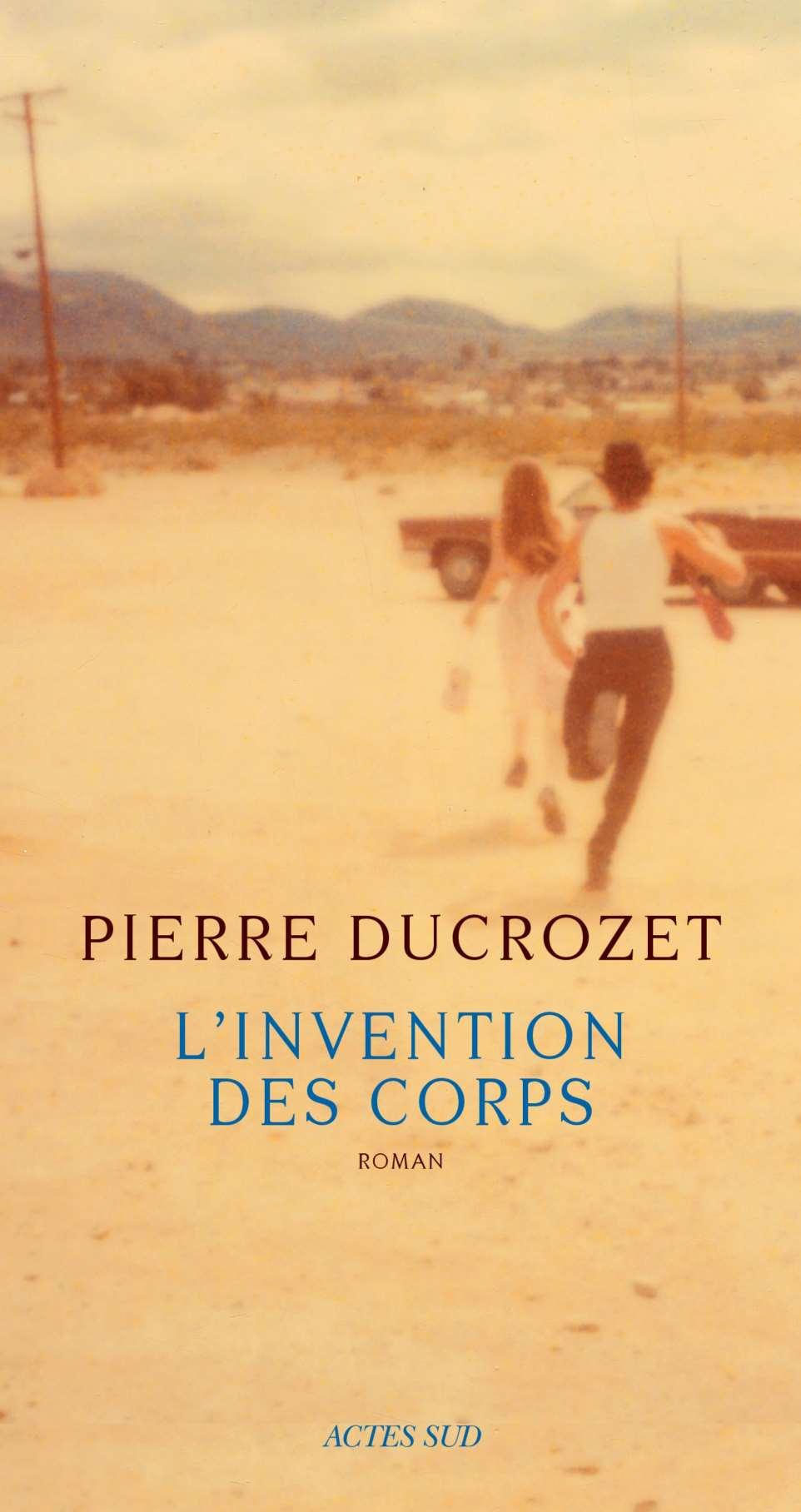
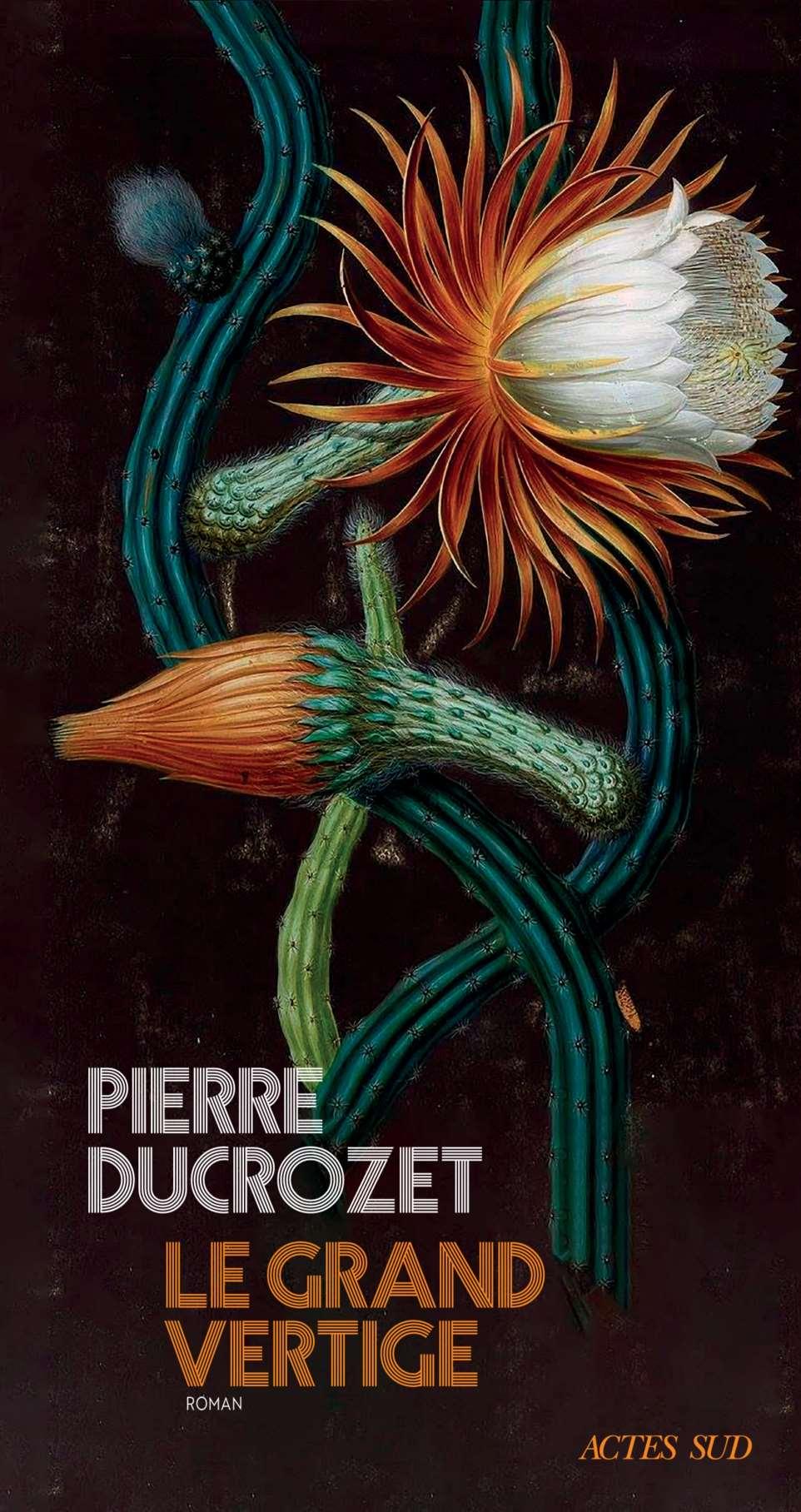

Like his novels, PierreDucrozet is in motion and has livedin Berlin and Barcelona. More recently, he has been dividing his time between Paris, Lisbon and the the Massif Central, but that may change again… He tends to Partir léger [Travel Light] (Actes Sud, 2020).
Threegenerations of Malevals learn to live by listening to their hearts and to music.
Antoinegrowsupplayingpianointheshadowofchaos in Europe, taking on Beethoven, Schubert and Chopin, discovering Dvorak, Ravel and Debussy, and mastering the syncopated melodies of Erik Satie before being seduced by the effervescence of jazz and developing a fascination with Monk, until love finds him as he is tinkling the ivories at the back of a bar. A miraculous baby, Paul, the son with the heart of a tightrope walker, quenches his thirst for colour from every source he can find – jazz, rock, punk, hip hop and classical. And he has a superpower: he sees sounds. He hangs onto their coat-tails and sprints around the world in search of moments of grace and dazzling highs.
Chiara, born to Paul in the 1980s and the granddaughter of Antoine, listens with herskin, metabolises music with her legs, and experiences the revelations of the collective trance. She soon mixes up her heritageto keep it at a distance, or so she thinks, and seeks to loosen her emotional attachments. They are a family of free-spirited children, of sunny and charismatic mothers who are the bedrock, and of protective, fragile and discreet brothers whose influence is pivotal. A family where music flows in the veins, hearts and bodies and life is a constant ballet of vinyl and sensations – the grand merry-go-round of the Malevals where everything is force majeure, a voyage of self-discovery, the quenching of voracious appetites, and dizzying falls.
From the slopes of the Croix-Rousse in Lyon to the jagged skyline of New York, the secret underground addresses in Berlin to the dazzling light of the Corsicancoast, andtoall fourcornersoftheearthinsearch of everything that music can contribute to life, Variations de Paul is an adventure in sound where every page carries the musical signature of an era. It is also an anxious but tender exploration of transmission down the generations, tracing the ways in which individual quests overlap, diverge and converge once again.Anintimate,wildandinformalstoryof howmusic affects individuals, accompanies their encounters, their highs and their lows, and inspires both awe and melancholy. In his most personal and possibly most free-ranging novel to date, Ducrozet extends his scope to tell the story of a family where love and misunderstandings are experienced in every key. A moving anti-saga that breaks the rules of the genre.
Né en 1995 à Nouméa, Basile Galais grandit en Nouvelle-Calédonie.Ilquittel’îlepourétudierenmétropole, d’abord aux beaux-arts de Biarritz puis de Nantes, où il pratique la peinture, puis en création littéraire, au Havre. Aujourd’hui, il vit sur son voilier dans la petite rade de Nouméa. Les Sables estsonpremier roman.
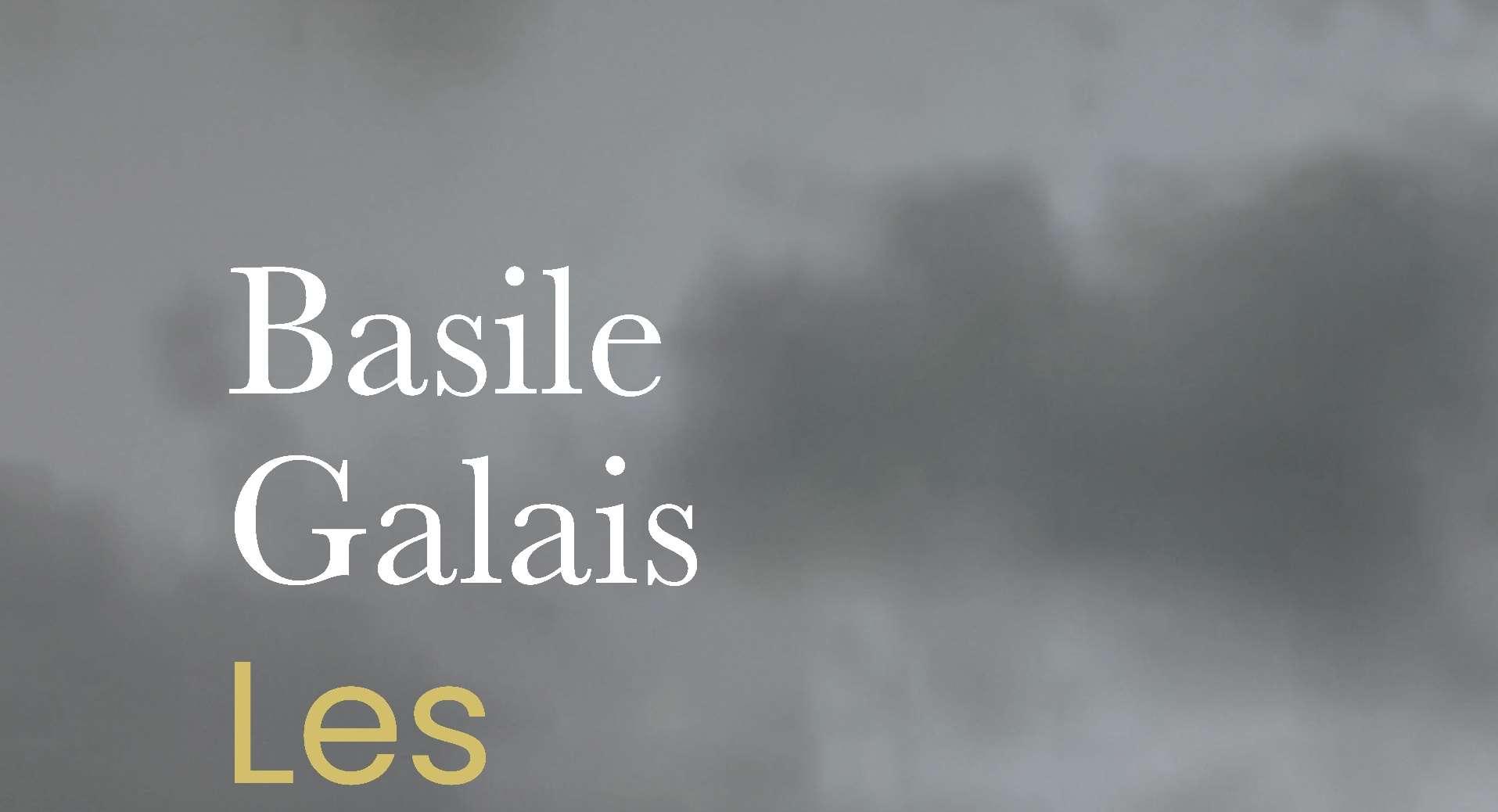
Born in Nouméa in 1995, Basile Galais grew up in New Caledonia. He left the island to study in mainland France, initially at the fine arts college in Biarritz and later in Nantes, where he studied painting, and then in Le Havre, where hefocused on creativewriting. These days he lives on his sailing boat in the little port of Nouméa. Les Sables is his first novel.
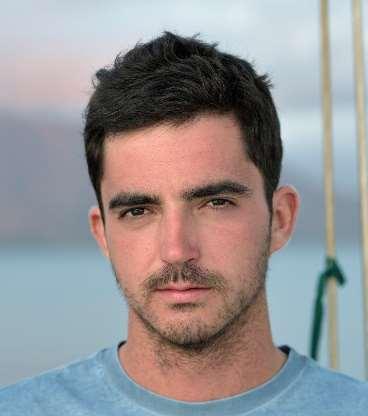
C’est une ville portuaire, angles droits, blocs massifs, verre et béton sur sable, une Cité qui se dresse contre un ciel-champ de bataille et c’est d’entrée de jeu une atmosphère puissante dont la météo tempêtueuse, omnipotente, est miroir des âmes et du destin. Quelques silhouettes se détachent qui dans un mouvement en spirale nous ouvrent le chemin vers une histoire de disparition et d’oubli. Marlo, l’enfant “d’un hors-champ”, Ester, la jeune professeure en sciences du langage, Gaspar, l’artiste qui se bat, Alexander, l’homme en blanc aux pouvoirséteints, Maeva aux deux visages, Dennis,le pirate des mondes parallèles, Henri, le vieux revenant… chacun reprend le fil d’une série de dérèglements qui font vriller leur solitude et leur environnement.

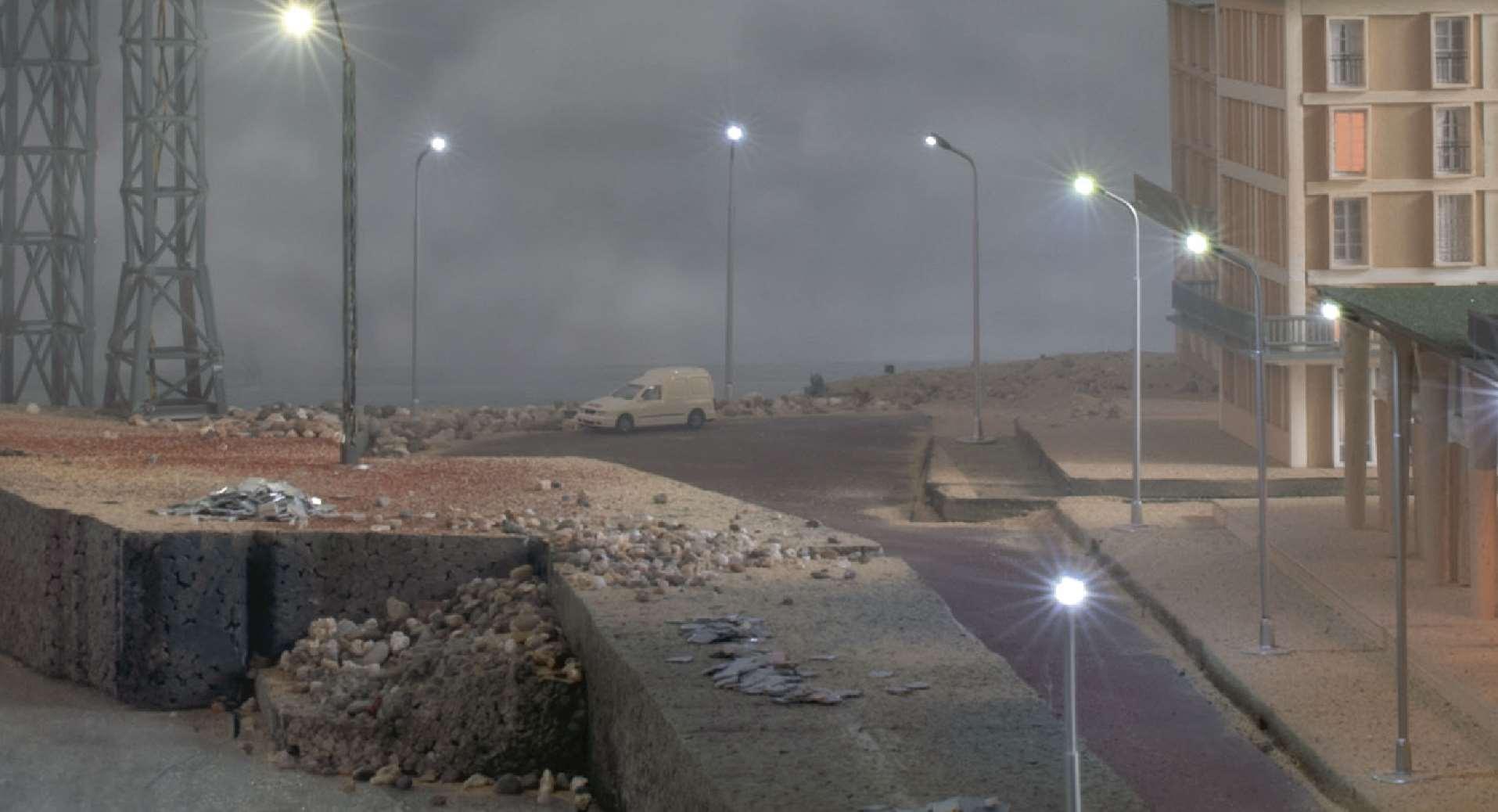
La ville est amputée mais ne s’en souvient pas, une fake news tourne en boucle sur tous les écrans, le vertige est une façon de marcher, quelque chose se crée et se détruit sous nos yeux, tout est mouvant, tout est larsen, et le trouble saisit chacun différemment, interrogeant la mémoire, la vérité, l’avenir. Et sous le regard topaze, aveugle ou peut-être voyant, d’une vieille femme de la rue qui aimante les oiseaux, c’est le monde entier qui semble vaciller.
Les Sables est une enquête artisanale menée par des personnages qui ne sont pas flics, menée par vous et moi, dont l'objet est la première énigme. C’est une expérience d’immersion dans un univers immédiatement sensible dont la richesse chromatique est une aventure en soi. Un roman-pilote qui fait de l’insaisissable un art et une destination. Ce qui captive chez Basile Galais c’est la haute-définition des images qu’il produit comme d’autres respirent, et le contraste de cette éclatante netteté avec sonart de sculpter lemystère.Et c’est dansune certaine manière d’installer un ultra-présent, une modernité suspendue, que se signale ici sans équivoque l’ombre tutélaire d’un Don DeLillo.
It is a port city of right angles and massive blocks of concreteand glass built on sand; a city that stands out against the sky like a battlefield. And from the outset the atmosphere is electric, the stormy weather and the force of the elements seeming to mirror the souls of the city’s inhabitants and their destinies. A number of silhouettes come spiralling into focus and sweep us up into a story of disappearances and oblivion. Marlo, an‘off-screen’ kid,Ester,theyoungteacherof linguistics, Gaspar, the struggling artist, Alexander, the man in white who has lost his powers, Maeva of the two faces, Dennis, the pirate of parallel worlds, and Henri, the ageing revenant, are all caught up in a series of disturbances that send their solitude and environment into a tailspin.
The city has been partly amputated but doesn’t remember it happening; fake news is on a loop on all the screens; people feel giddy as they walk; and something is being created and then destroyed right before our eyes. Everything is in motion, there is constant audio feedback, and the disturbances affect everyone differently, calling into question memories, truth and the future.
And beneath the blind (or perhaps clairvoyant) topaz gaze of an old woman of the streets who attracts the birds like a magnet, the whole world seems to waver.
Les Sables is an improvised inquiry led by characters who are not cops but people like you and me whose focus is the original riddle. It is an immersion in a directly palpable universe whose chromatic richness is anadventureinitself –an exploratory novelthatturns the elusive into an artwork and a destination. What captivates with Basile Galais is the high definition of the images that he is effortlessly capable of producing and thecontrast between this striking clarity and his skill in sculpting a mystery. And it is in his particular way of creating an ultra-present and a modernity in suspense that one can unequivocally detect the subtle influence of one Don DeLillo.
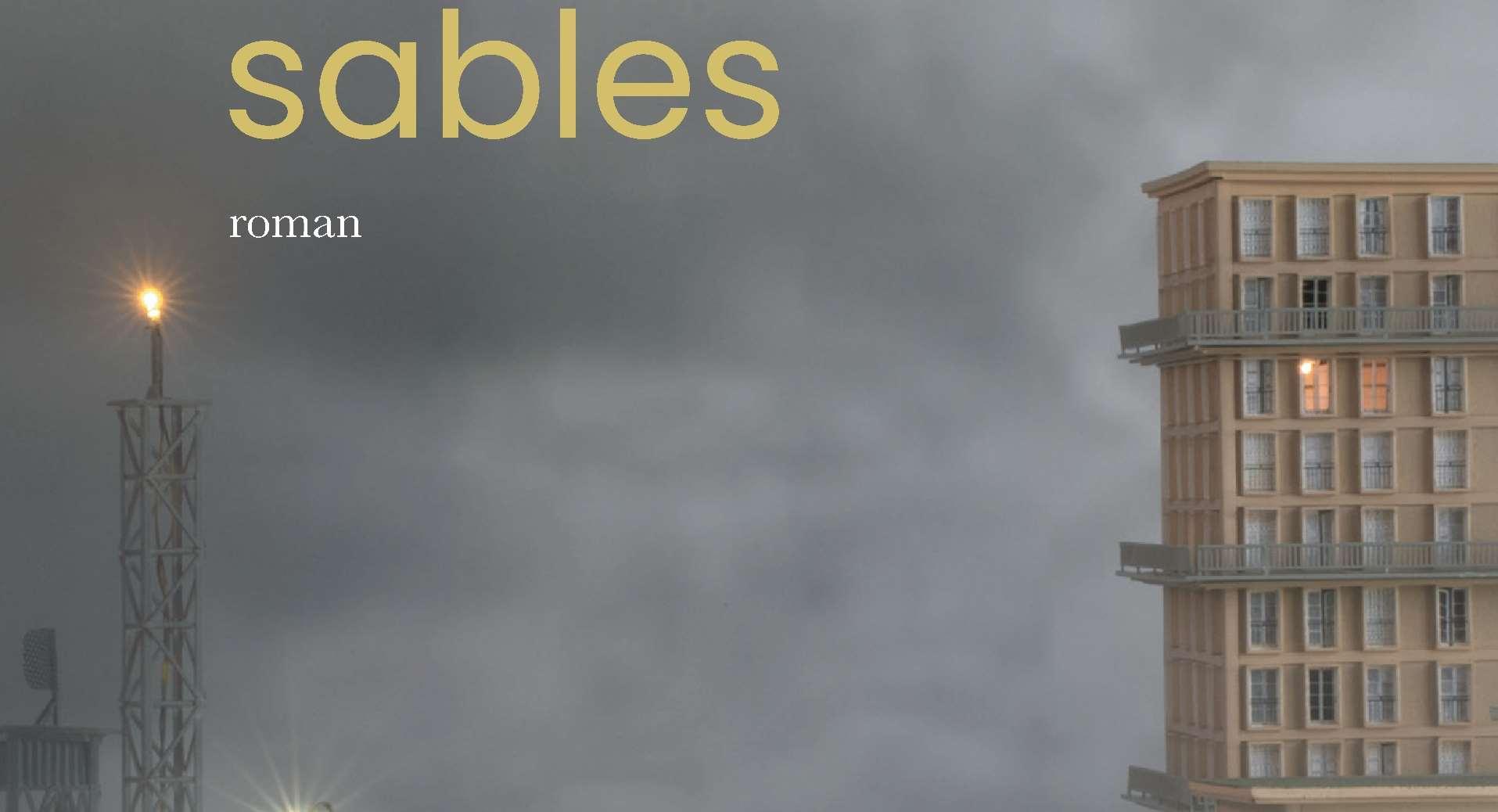
Née en 1961, Claudie Gallay vit en Isère. Elle apublié une douzaine de romans aux éditions du Rouergue et chez Actes Sud, parmi lesquels Seule Venise (2004), Les Déferlantes (2008, Grand Prix des lectrices de Elle), Une part de ciel (2013, prix Terre de France), La Beauté des jours (2017) et, plusrécemment, Avant l’été (2021). Également paru chez Actes Sud, Détails d’Opalka (2014), un récit captivant sur l’œuvre du peintreRoman Opalka.
Born in 1961, Claudie Gallay lives in Isère. She has published some dozen novels with Le Rouergue and Actes Sud, including Seule Venise (2004), Les Déferlantes (2008, Grand Prix voted for by the readers of Elle), Une part de ciel (2013, Prix Terre de France), La Beauté des jours (2017) and more recently Avant l’été (2021). Actes Sud has also published Détails d’Opalka (2014), a captivating book about the painter Roman Opalka.
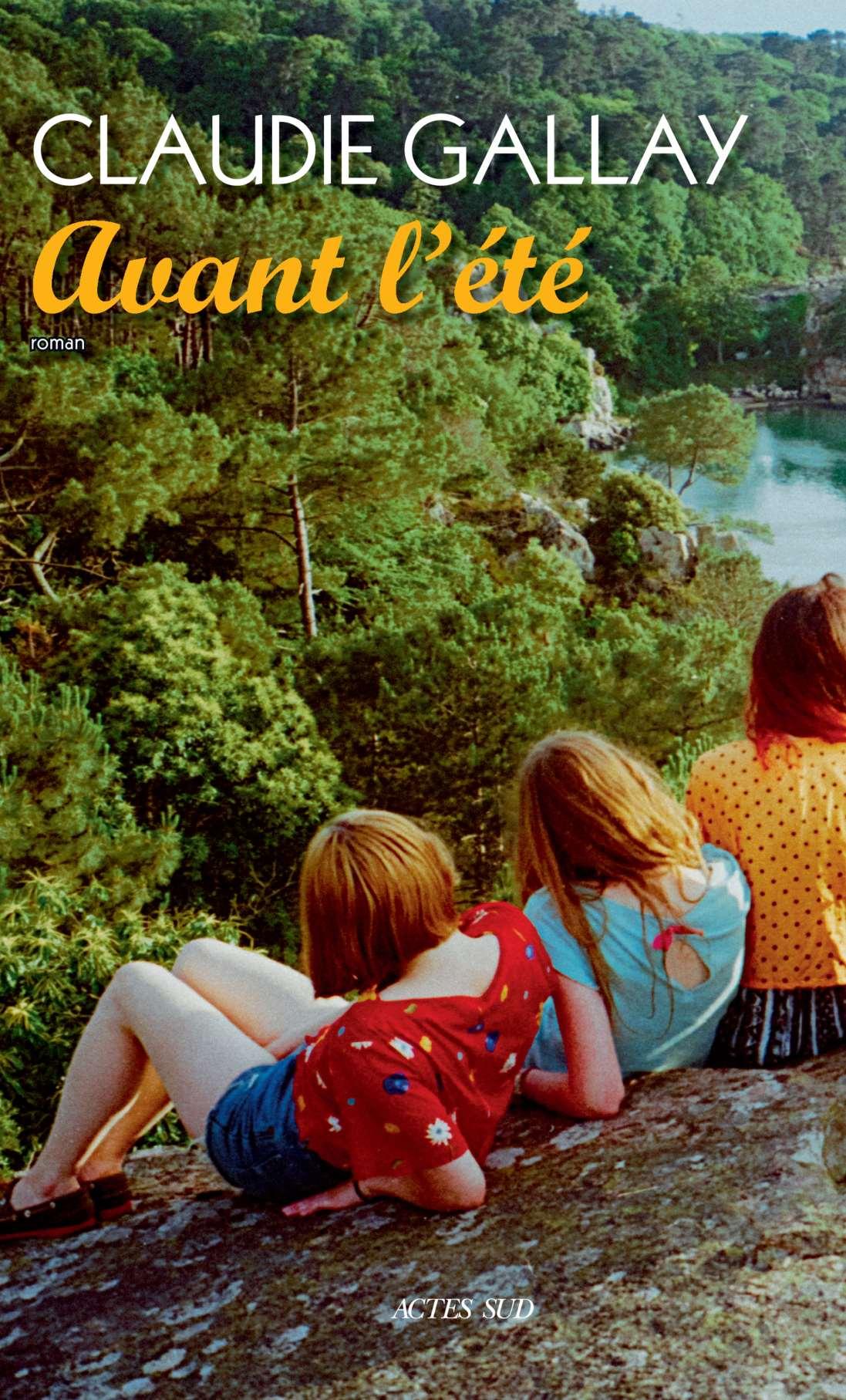
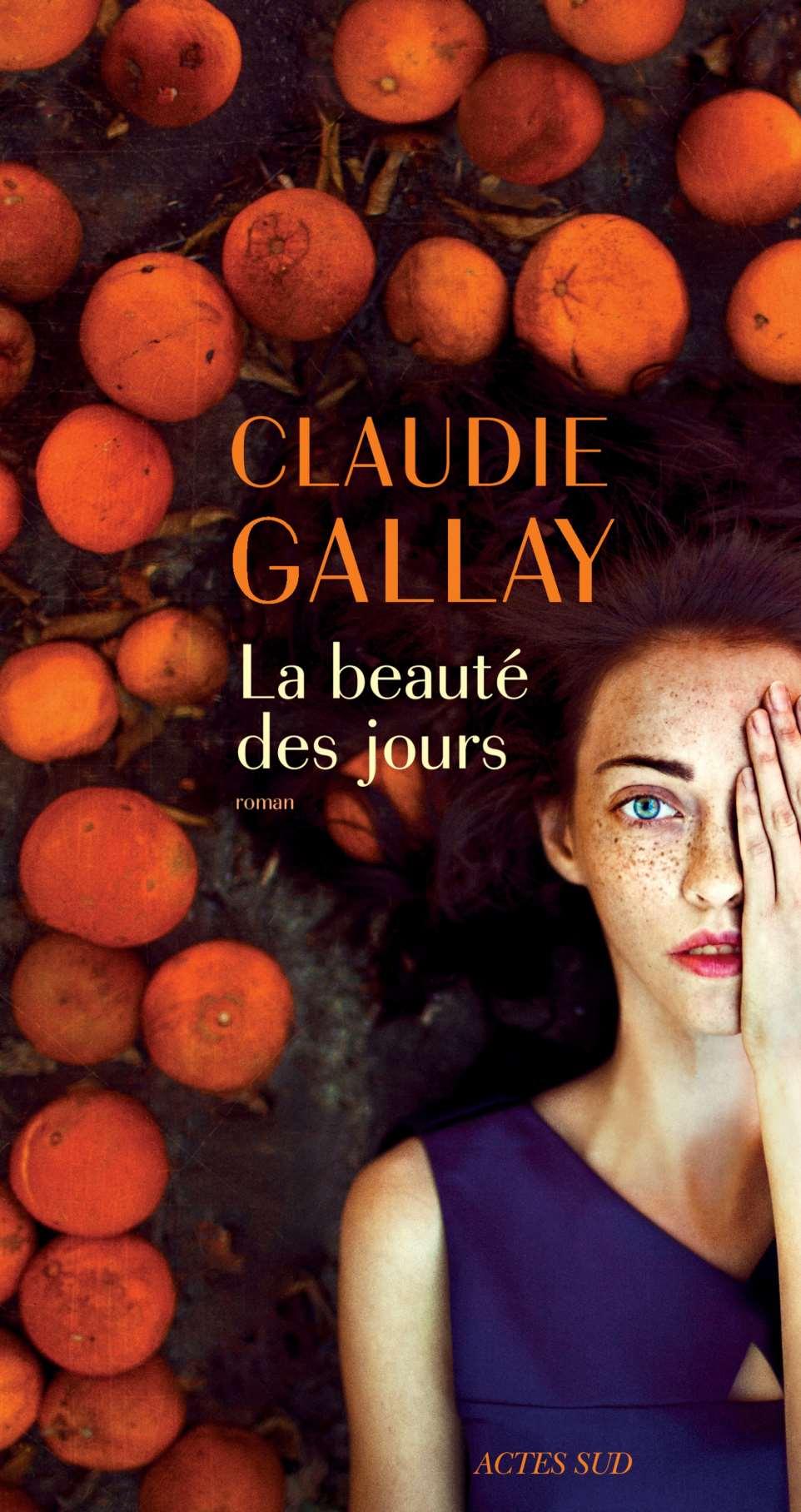
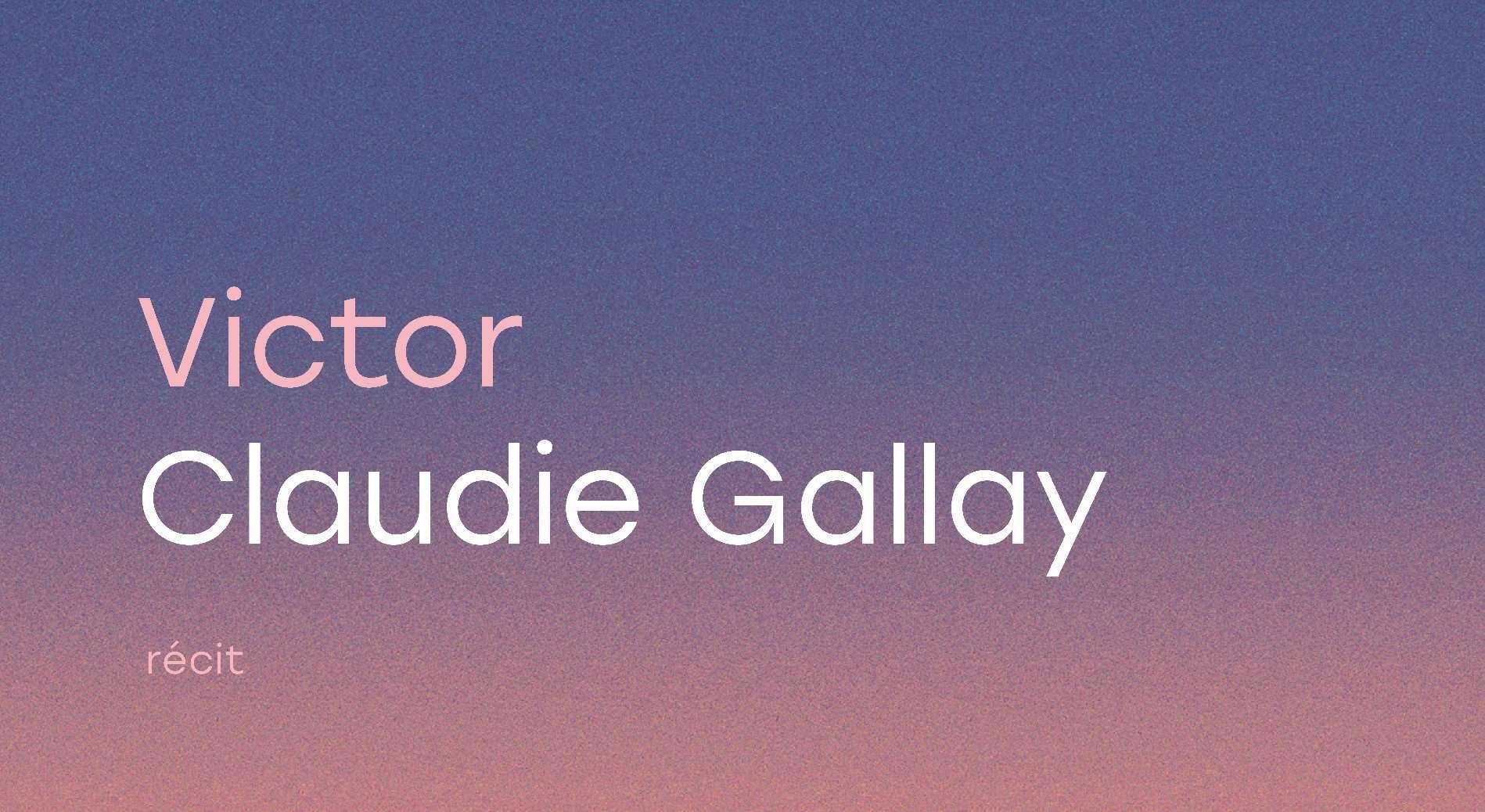
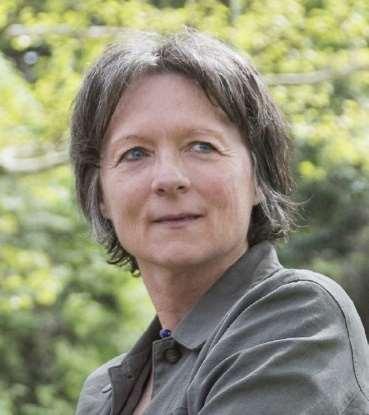
Victor est l’arrière-grand-père de la narratrice. Elle ne l’a jamais connu. Et pour cause, il a abandonné son fils et n’a jamais voulu le reconnaître. Partant de cette non-(re)connaissance, Claudie Gallay livre un récit de famille, explorant ainsi sa propre genèse. Issue d’une lignée de travailleurs de la terre, l’autrice s’est en effet longtemps demandé d’où lui venait cette propension à la créativité. Jusqu’à se trouver une filiation heureuse et insoupçonnéeavecunartisteenlapersonnede sonarrièregrand-père, Victor (-Davibert), comédien, dont elle nous raconte ici l’histoire éminemment romanesque.
Car si Victor est récit, il est aussi roman, Claudie Gallay nesachant presque rien decet arrière-grandpère qui ne se devine qu’au travers des narrations familiales que la romancière déplie pour en tracer le portrait.
Victor est celui qu’elle décrit, mais il pourrait bien être tout autre. Une fiction parmi tant d’autres… Ce récit intérieur remet ainsi “le conte à l’endroit”, entre l’histoire familiale léguée, celle fantasmée dans l’enfance et celle vécue au plus près, ici celle d’un abandon. Mais toutes les émotions, comme infusées dans une boule à thé, passent par le tamis de la compréhension et de l’amour des siens. Et sont sublimées par une écriture aussi franche que pudique, affutée que délicate, pour dire la quête de réajustement, le besoin de réappropriation de sa propre histoire et ce souci de “continuer sans les trahir” ceux d’avant, nos disparus.



Victor is the great-grandfather of the narrator whom she never knew. He abandoned his own son (her father) and never wanted to have anything to do with him.
Claudie Gallay takes this rejection as the starting point for a family tale exploring her own roots. Born intoalonglineof people who workedtheland, shehad for a long time wondered where her propensity for creativity came from. And she ended up uncovering an unsuspected but welcome artistic heritage in the person of her great-grandfather Victor, who was an actor and whose eminently novel-like story she recounts here.
Indeed, Victor is as much a novel as it is non-fiction, because the author knew virtually nothing about this man and hadto piecetogether his lifefrom hintscontained in family anecdotes. Victor becomes the man she describes, but she could equally well have created a completely different portrait – he becomes one more fiction among so many others… This book explores a liminal space between the official family story that has been handed down, the fantasy story of childhood, and the story as experienced from the inside – in this case, a story of abandonment. And all the attendant emotions, as if in a tea infuser, are filtered through mutual family love and understanding and given substance by prose that is both frank and discreet, sharp-edged and delicate. It is a book about coming to terms with a new reality, about the need to reappropriate one’s own history, and about a desire to move forward without betraying the ancestors who are no longer with us.
Romancier,nouvellisteetdramaturgenéen1972,Laurent Gaudé publie son œuvre, traduite dans le monde entier, chez Actes Sud. Il est notamment l’auteur de La Mortdu roiTsongor (2002,prixGoncourtdeslycéens, prix des Libraires), Le Soleil des Scorta (2004, prix Goncourt, prix Jean-Giono), Eldorado (2006), Écoutez nos défaites (2016) et Salina. Les trois exils (2018).
A writer of novels, short stories and plays, all of Laurent Gaudé’s works, which have been translated into numerous languages, are published by Actes Sud. His books include La Mort du roi Tsongor (2002, Prix Goncourt des Lycéens, Prix desLibraires), Le Soleildes Scorta (2004,Prix Goncourt, Prix Jean-Giono), Eldorado (2006), Écoutez nos défaites (2016) and Salina. Les trois exils (2018).
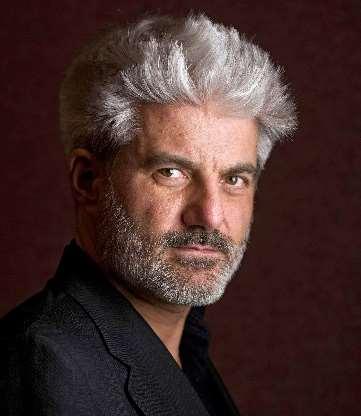
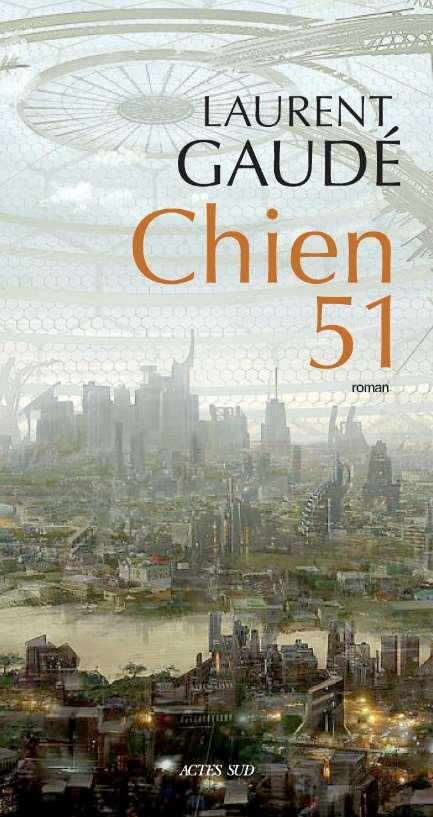
Autrefois, ZemSparak fut, dans saGrècenatale, un étudiant engagé, un militant de la liberté. Mais le pays,enfaillite,afinipar être venduauplusoffrant, malgré l’insurrection. Et dans le sang de la répression massive qui s’est abattue sur le peuple révolté, Zem Sparak, fidèle à la promesse de toujours faire passer la vie avant la politique, a trahi. Au prix de sa honte et d’un adieu à sa nation, il s’est engagé comme supplétif à la sécurité dans la mégalopole du futur. Désormais il n’est plus qu’un vulgaire “chien” – c’est-à-dire flic – et il opère sous les pluies acides et dans la boue dans la zone 3, la plus misérable, la plus polluée de cette Cité régie par GoldTex, fleuron d’un post-libéralisme hyperconnecté et coercitif. Des années ont passé depuis les Grandes Émeutes, mais au détour d’une enquête le passé va venir à sa rencontre.
C’est dans ce quartier abandonné à sa misère, les Décharges Citoyennes, qu’un corps ouvert le long de la colonne vertébrale rompt l’indifférence dans laquelle Zem s’est depuis longtemps déjà réfugié.
Le supplicié n’a a priori rien à faire ici, aux confins de la ville télésurveillée, et la cruauté du meurtre ne relève pas de la mise en scène : on est allé chercher sous sa peau ce qu’il avait de plus cher.
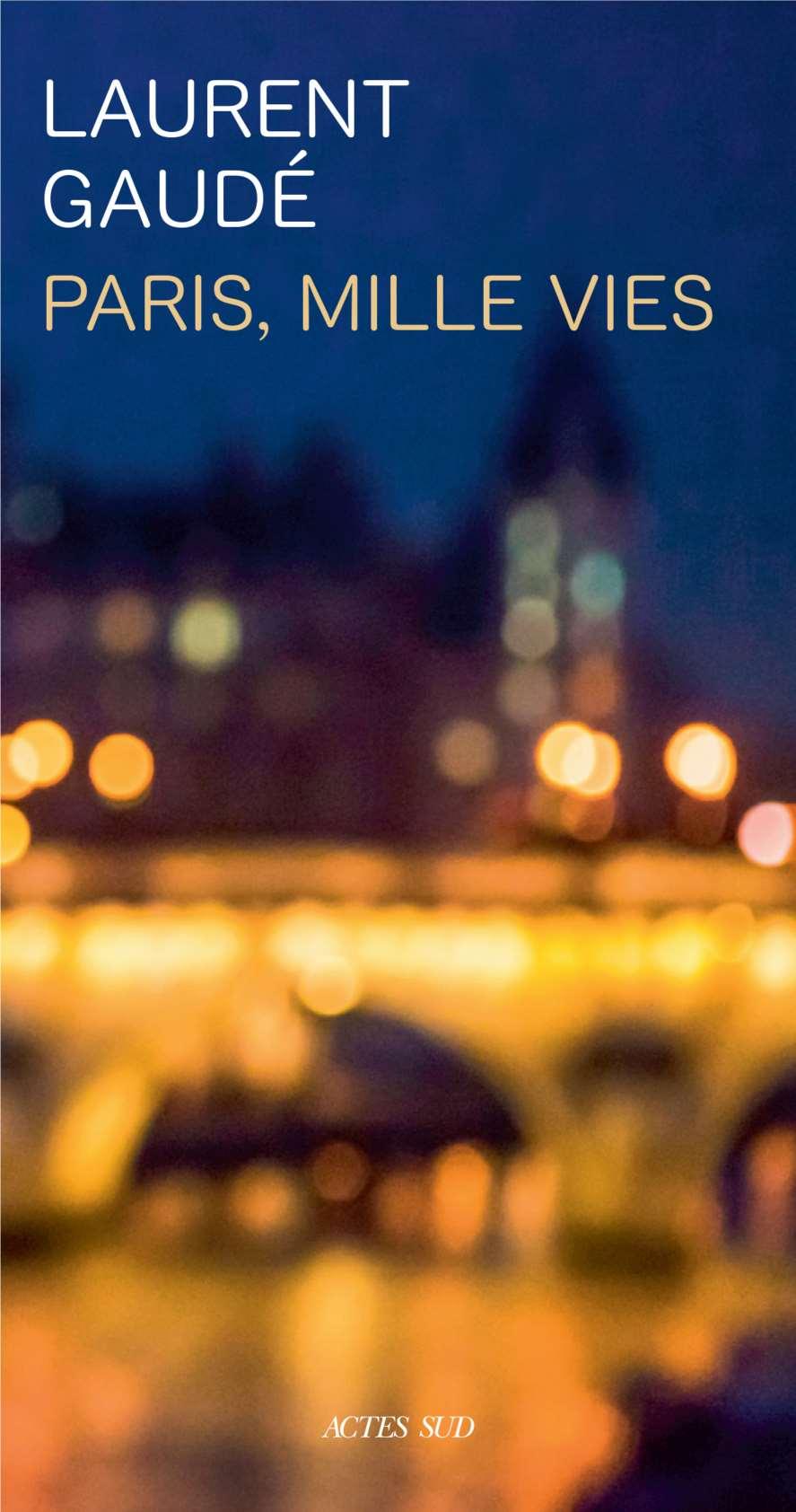
Placé sous la tutelle de Salia Malberg, une ambitieuse inspectrice de la zone 2, et tenu par une promesse silencieuse faite au cadavre, Zem se lance dansune longue investigation. Enpleine campagne électorale, alors que la priorité est donnée à l’arrestation de ceux qui pourraient être une menace à l’ordre instauré, ils vont tous deux pourtant bientôt se heurter aux machinations politiques et aux murs de silence qui les entourent. Quelque part une vérité subsiste, mais partout règnent le cynisme et la violence. Des voix ont bien essayé de s’élever, mais ne restent que des ombres. Bienvenue dans le monde postmoderne de GoldTex,puissantconsortiumquirachèteetprivatiseles pays en faillite. Où la seule échappatoire semble être la nostalgie d’une terre natale qui est aussi, pour ZemSparak, le lieu d’une inexpiable trahison.
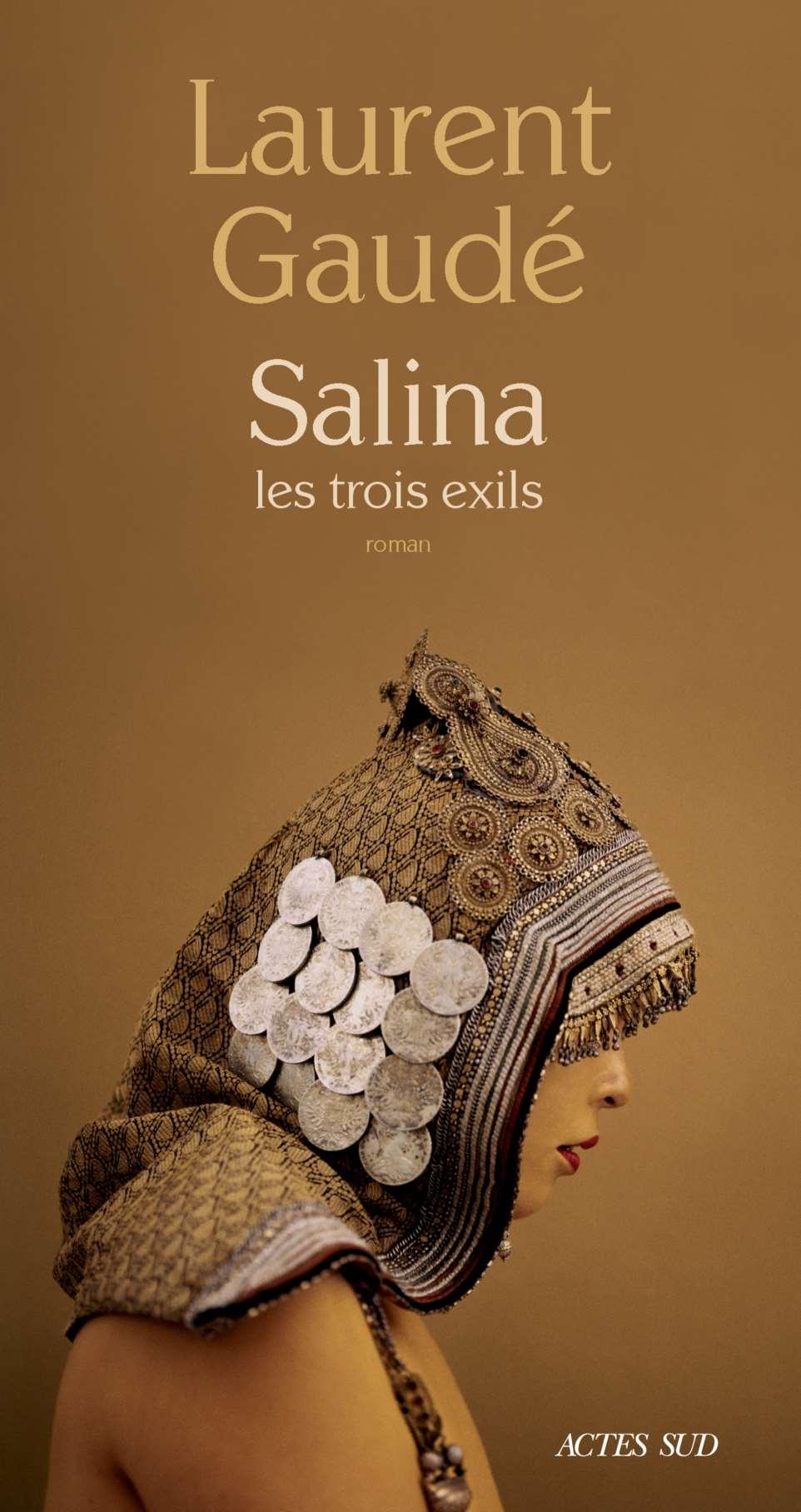
Once upon a time, Zem Sparak was a politically engaged student and freedom fighter in his native Greece. But the country ended up selling out to the highest bidder, despite the insurrection. And in the massive, bloody clampdown on the insurgents that followed,Zem Sparak, faithfultohis promiseto always put life before politics, betrayed the cause. Bidding farewell to his nation and swallowing his shame, he signed up as an auxiliary security agent in the megalopolis of the future. He is now a ‘dog’, which is to say a cop, and operates in the mud and acid rain of Zone 3, the most wretched and polluted district of this city runby GoldTex, theepitomeofhyper-connectedand coercive post-liberalism. Several years have passed sincetheGreat Riots, but then aninvestigationserves unexpectedly to revive the past.
It is here in the Citizen Dumps, a district left to languish in poverty, that a body which has been opened up along the whole length of the backbone snaps Zem out of the indifference in which he has taken refuge for so long. On the faceof it, torture is not something that should happen in this city under constant video surveillance, and the cruelty of the murder is not merely for show: they had ostensibly been after all that was valuable beneath the victim’s skin.
Working under Salia Malberg, an ambitious female inspector fromZone2, and beholdentoasilent promise that he made to the corpse, Zem embarks on a lengthy investigation. Inthemidst of an electioncampaign where priority is in principle given to the arrest of those who could pose a threat to the established order, the two officers nevertheless soon run into political machinations and walls of silence.
Somewhere the truth exists, but cynicism and violence reign everywhere. A few voices do seek to make themselves heard, but they remain faint echoes in the darkness. Welcome to the post-modern world of GoldTex, a powerful consortium which purchases and privatises bankrupt countries. And from which the only escape seems to be nostalgia for a native land which, inZem Sparak’s case, is alsothe place wherean unforgivable betrayal took place.
ValentineGobyestl’auteuredetreizeromansdont Kinderzimmer en2013chezActesSud,unlivreaveclequel elle a obtenu treize prix littéraires dont celui des Libraires, on notera le succès de Un paquebot dans les arbres en2016, Murène en2019.
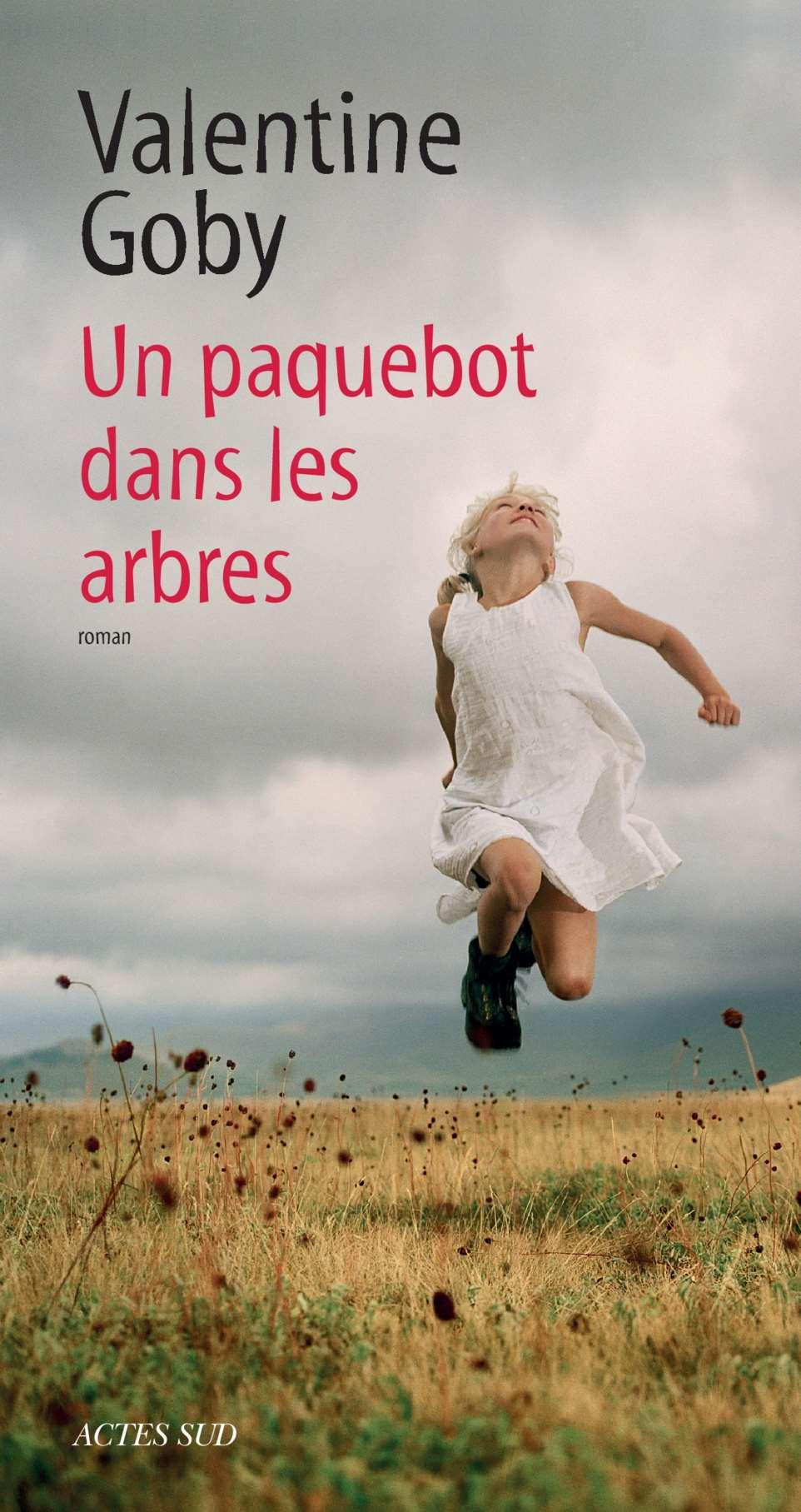

Valentine Goby is the author of thirteen novels including Kinderzimmer, published by Actes Sud in 2013 and the winner of no fewer than thirteen literary prizes, among them the Prix des Libraires. Un paquebot dans les arbres (2016) and Murène (2019) have also proved popular with readers.
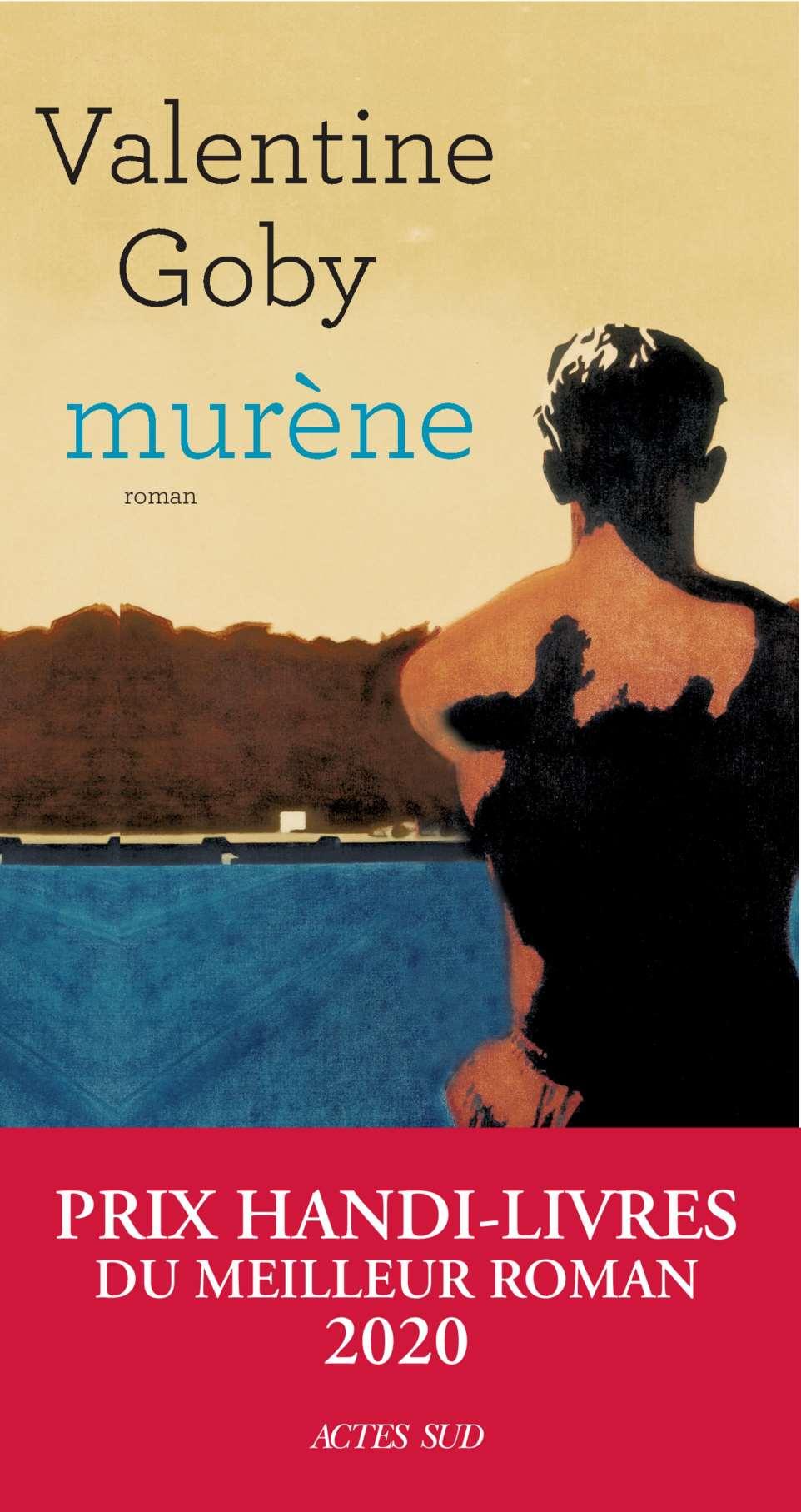
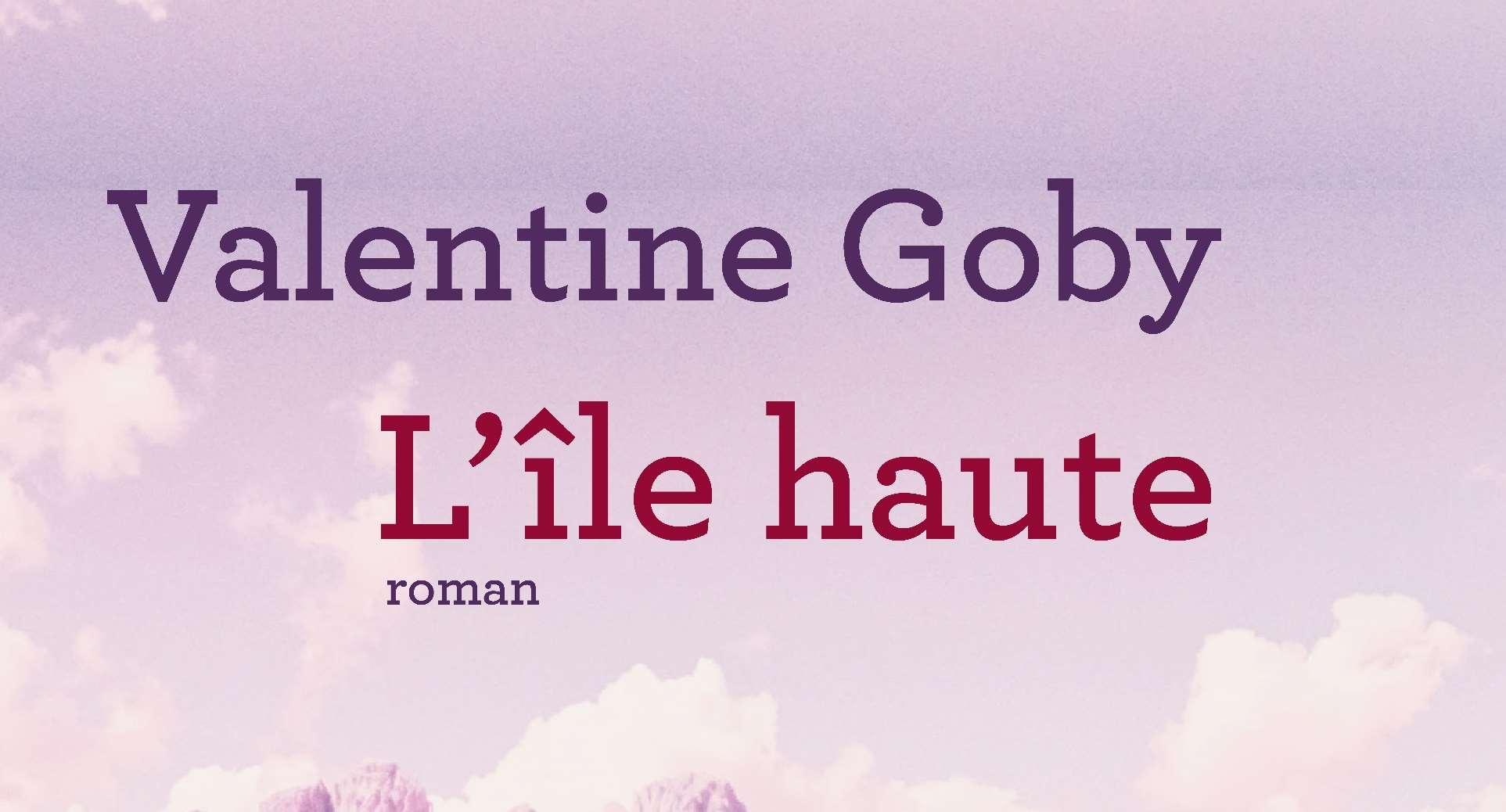
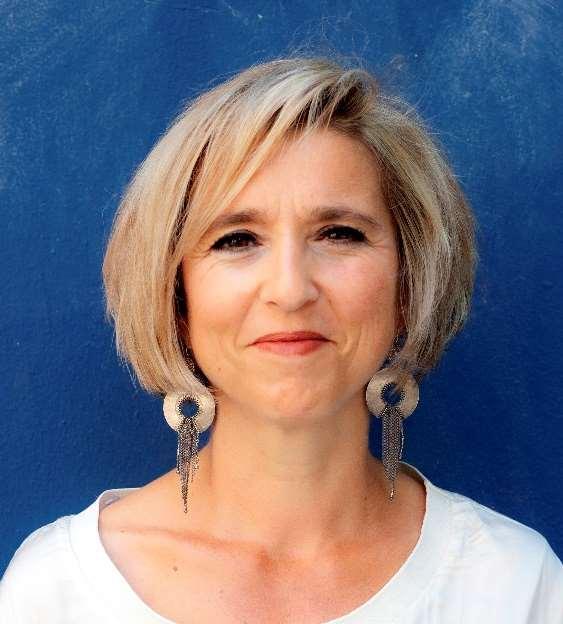
Arriver loin de chez soi par le train. Rencontrer un inconnu venu à pied vous chercher alors qu’une avalanche a coupé les voies en amont. Une avalanche ? Que recouvre ce mot quand la neige n’est pour vousqu’une journée de joie sur untrottoir parisien ? Et que pour la première fois, du haut de vos douze ans, vous marchez dans les traces de cet homme, dans l’épaisseur singulière du blanc, dans cette étrange opacité sonore, vers une maison nouvelle, un foyer, une faille dont vous ignorez tout, pour soigner, vous a-t-on dit, cette maladie qui vous serre les poumons, ce mal-être mêlé d’angoisse, de menaces multiples, que le médecin a nommé asthme.

S’enfoncer, jusqu’aux genoux. Glisser, se hisser, retrouver la lumière par-delà un tunnel, avancer jusqu’à ce village où rien n’est comme avant, où chacun désormais vous appellera Vincent. Un hameau totalement sous le blanc, des maisons où l’on entre par le toit tant la neige est profonde. Reclus, des logis autour desquels on creuse longtemps pour libérer portes et fenêtres, tracer un passage vers l’intérieur, une remontée versl’extérieur. Telle est cette absolue première fois pour celui qui s’appelait jusqu’à présent Vadim. Tel est le décor impensé, impensable, qui se dresse devant lui, cerné de pics et de glaciers par instants se dessinant à travers l’épaisseur du brouillard : pour lui une découverte inconcevable, totale, sans prémices, sans même les mots pour mesurer l’émotion.
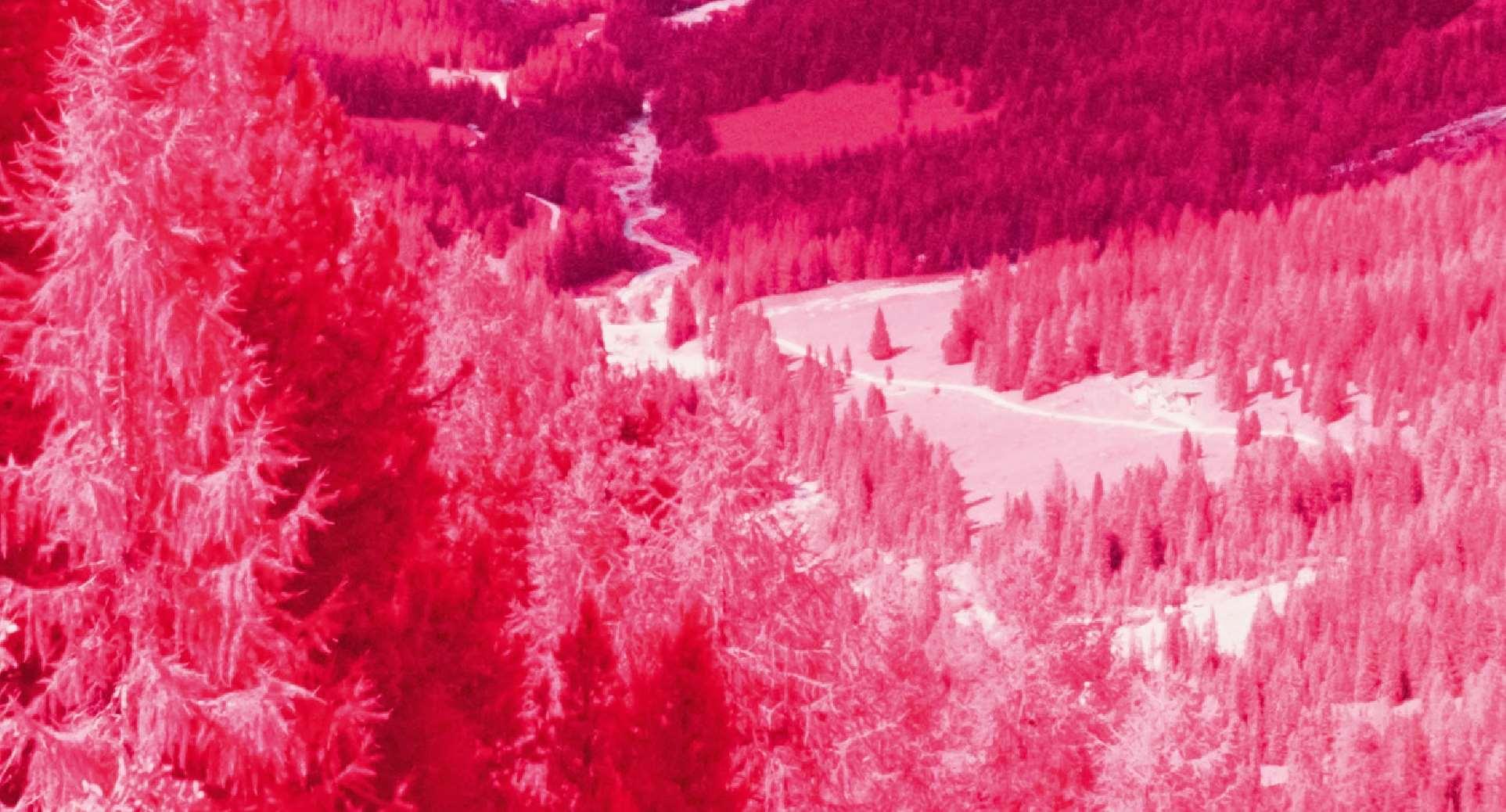
L’île haute est un roman-paysage qui emplit le regard jusqu’à l’irradier d’humilité. Les images et les perceptions sont autant de passages vers ces ailleurs bouleversants, ces endroits qui changent un homme, et qui plus est un enfant. Car dans cette vallée isolée en haute montagne, à courte distance du Mont-Blanc, la nature règne en maître et marquecomme nullepartle rythmedessaisons,ces cycles immuables au cours desquels des hommes et des femmes, des gosses, aux vies modestes mais d’une humanité décuplée par le sens et la nécessité de leurs tâches, vont partager leur monde avec un autre, ébahi. Ce livre est aussi celui des couleurs, de cet enfant en face à face avec elles, éclatantes et qui bougent, vibrent, changent mais aussi s’inventent des nuances autres et différentes, surprenantes, celles que Vincent lui-même pose depuis toujours sur le papier de sescarnets à dessins pour réinventer sonunivers, édifier sa forteresse, sonesthétique sensible, pour éloigner aussi le réel.
Arriving somewhere far from home by train. Meeting a stranger who has come to fetch you on foot, an avalanche having cut off the roads further up. An avalanche? What can this mean for whom snow is something that brings some fun for a day on a Parisian pavement? What does it mean when for the first time at the age of twelve you walk in the footsteps of this man, inthis singularwhiteexpanseandstrangeacoustic deadness, towards a new house and home which is completely alien to you? You are thereto treat the illness that is holding your lungs in a vice – a condition amplified by anxiety and multiple dangers that the doctor calls asthma.
Sinking in up to your knees, sliding, pulling yourself back up, coming back out into the light at the far end of a tunnel, and advancing towards this village where nothing will be as before and everyone from now on will call you Vincent. A hamlet completely covered by a layer of white, and houses that you enter through the roof, so deep is the snow. The dwellings are snowedinandyouhavetodig aroundthemtofreethe doors andwindowstogainentry,orcreateanexit.This is the incredibly forceful first impression made on the boy who until now had been called Vadim. Such was the unplanned and unimaginable décor that rose up beforehim, withitspeaks andglaciers fleetinglypiercing thethickmist.Forhim, itwas aninconceivableand overwhelming initiation, which nothing could have prepared him for and whose emotional impact he doesn’t have the words to express. L’île haute is a whole landscape that fills the gaze and imbues it with humility. The images and perceptions transport us to these deeply moving parallel spaces that change a person, especially if you are a child. For in this isolated valley high in the mountains, a short distance from Mont Blanc, nature reigns supreme to the rhythm of the seasons, those immutable cycles during which a group of men, women and children leading modest lives but with a humanity enhanced by the necessity of their daily tasks share their world with this dumbfounded city-dweller. For the child it is also an encounter with dazzling, shimmering, shifting colours, running the gamut of all the unfamiliar and arresting shades in between. They are also the nuances that Vincent has always used in his drawing books when reinventing his universe, erecting his fortress and exploring his own sensory aesthetic to distance himself from the real world.
Sébastien Lapaque est romancier et critique littéraire. Avec Le Petit Lapaque des vins de copains (ActesSud, 2006, 2009), il a imposé un discours sur le vin nonconformiste et humaniste qui mêlel’agriculture,lalittérature, l’histoire et l’écologie. Auteur également d’une Théorie de la bulle carrée sur Anselme Selosse, “le Picasso du chardonnay”, (Actes Sud, 2019), chroniqueur mensuelà La Revue desvinsde France,ilnecessed’alimenter sa curiosité et son érudition sur les manières de fairedes vigneronsles plus audacieux de notre temps.
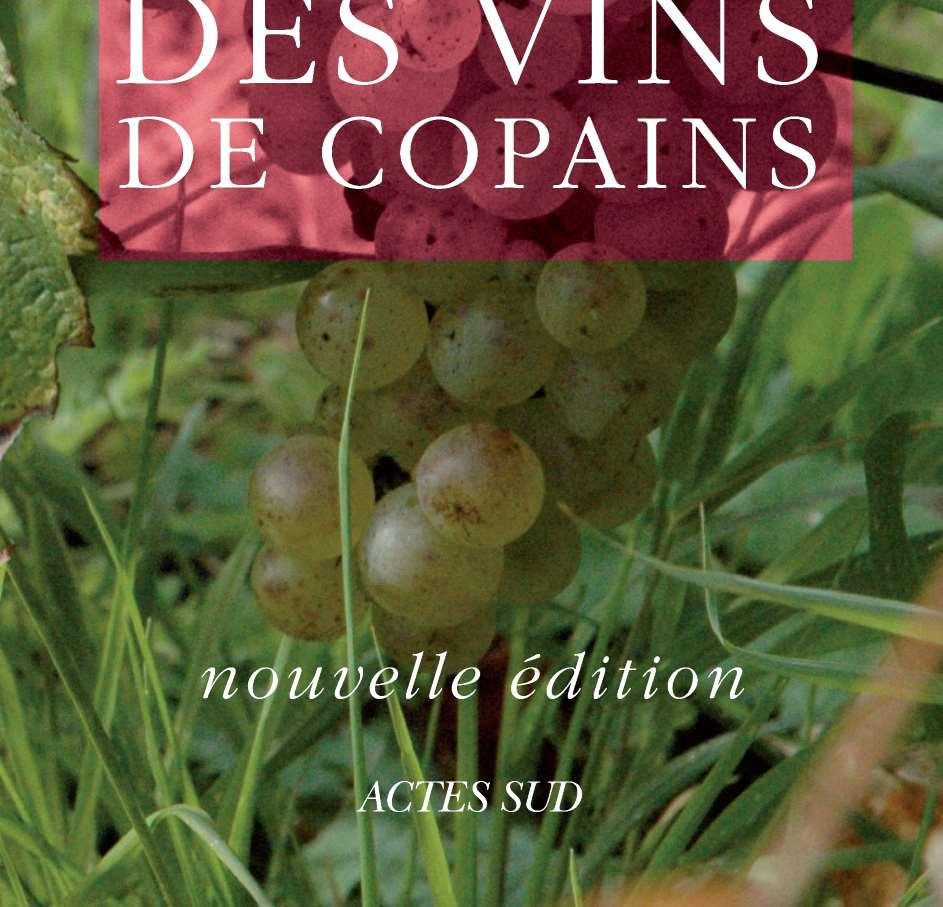
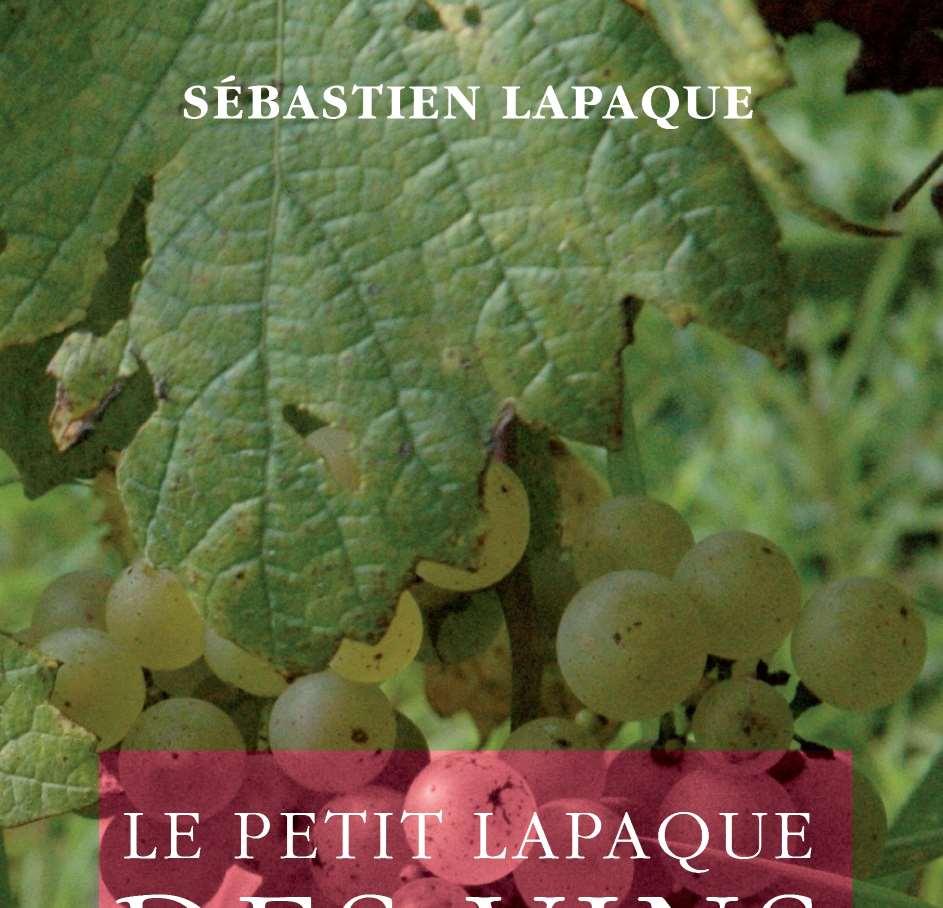
Sébastien Lapaque is a novelist and literary critic. With Le Petit Lapaque des vins de copains (Actes Sud, 2006, 2009), he has adopted a non-conformist and humanist approach to the world of wine which blends agriculture, literature, history and ecology. He is also the author of Théorie de la bulle carrée about Anselme Selosse, ‘the Picasso of Chardonnay’ (Actes Sud, 2019), and writes a monthly column for La Revue des vins de France. He is constantly indulging his curiosity and expanding his knowledge of how the boldest contemporary winemakers are going about their craft.
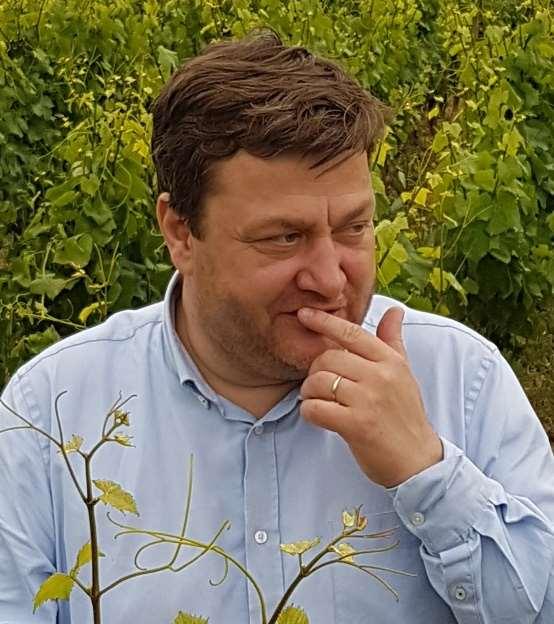
Qu’il s’agisse de l’écrire ou de le boire, Sébastien Lapaque est pionnier dans l’art d’aimer et de partager le vin naturel. Assemblage équilibré de savoirs et de poésie, d’écologie et d’amitié, à la croisée de son contre-journal, de ses “théories” et de son Petit Lapaque des vinsdecopains, voici On aura tout bu. Le chemin qui lance Sébastien Lapaque sur la piste desvigneronnesetvigneronsqui travaillentla vigne en écoutant la nature comme d’autres reproduisent une musiqueà l’oreillen’est pas loin d’êtrele même que celui qui le mène de livre en livre et de citation en référence dès qu’il commence à réfléchir. On ne résiste pas au soupçon que, chez lui, l’amour du vin naturel est au moins autant affaire de partage que d’intime conviction, que boire ensemble est synonyme de rencontrer, et que la religion de l’amitié supplante tous les principes qu’il a pourtant vifs. Et sil’ivresse semble uneformed’armurecontrelavulgarité de l’époque, on remarquera que chez lui, elle n’attaque jamais la mémoire. Ni la précision des savoirs.

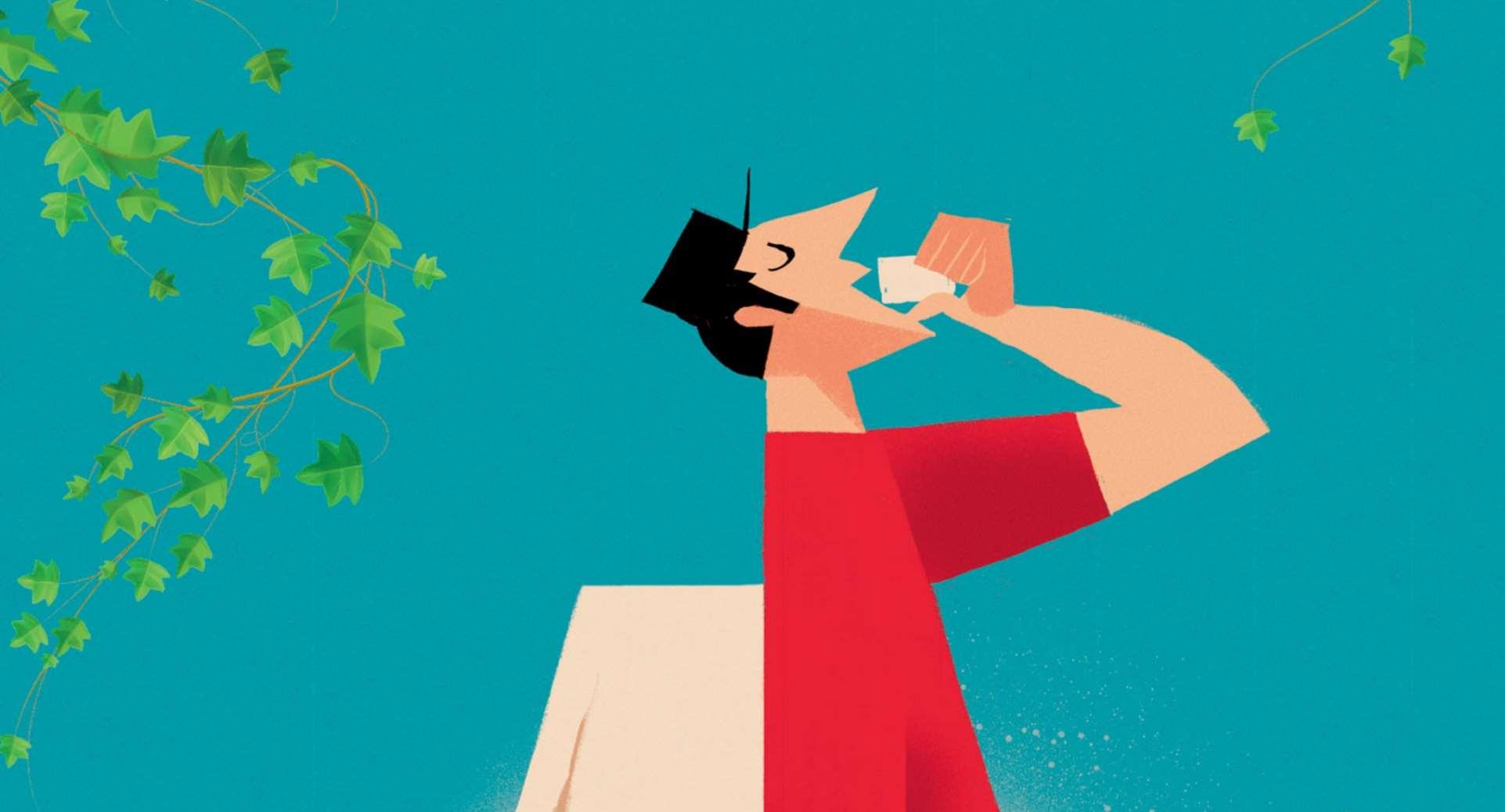
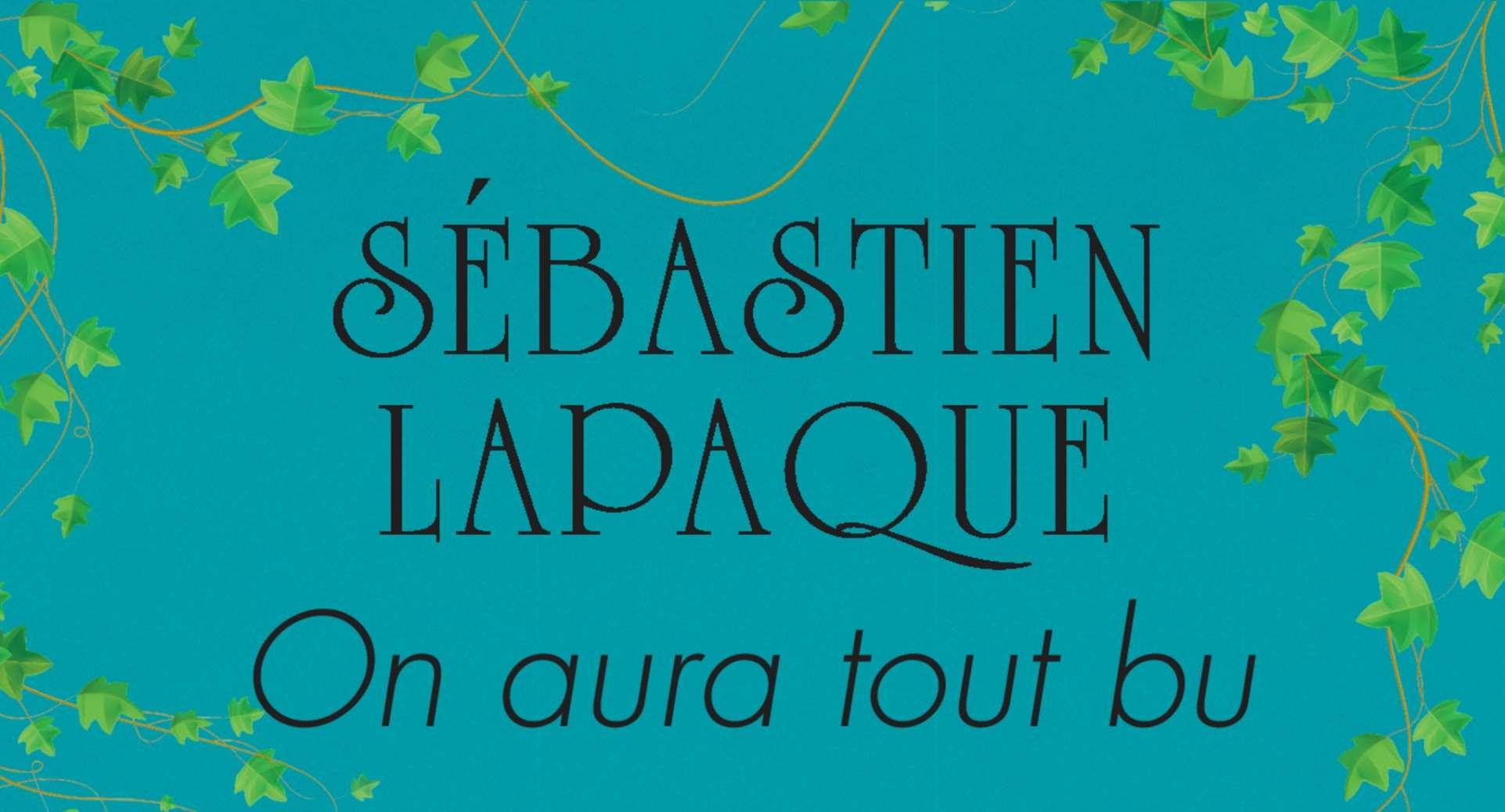
Quand il saute dans un train ou qu’il se trouve un copain pour le conduire sur les départementales de la dégustation improvisée, on sent bien que le plaisir de la spontanéité le guide autant que l’instinct de survie. Laisser la terre tranquille, regarder pousser le raisin, c’est préserver leur générosité, bien sûr, mais surtout notre capacité d’apprentissage et d’émerveillement.
Et l’on apprend, on rencontre, on s’émerveille, au fil de ces chroniques revisitées pour ce livre. Il y a de l’histoire, de la géographie et des sciences naturelles, il y a des vins, du cidre, des mets, des copains et des écrivains, parfois un brin de provocation, toujours une fidélité aux rebelles tranquilles, il y a de la poésie et une effervescence salvatrice. Ainsi les livres que Lapaque consacre au vin sont-ils autant de vadémécums savants, compagnons de voyage à travers les jours, guides de lecture de la vie, à consulter souvent et à partager encore, avec prodigalité.
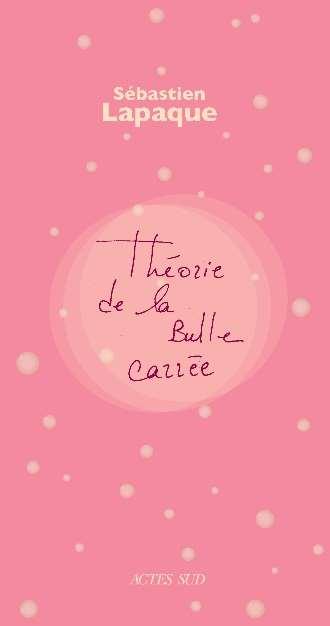
Onydécouvreunmondequiprenddeplusenplus de place chez nos cavistes et qui trace les contours d’un avenir possible où, entre ciel et sillons, chacun seferaituneplacehumbleetjoyeuse.Desvinsd’auteurs à hauteur d’homme. C’est un programme modeste. Et fou. Surtout parce qu’il semble soudain possible.
Whether it’s a question of writing or drinking, Sébastien Lapaque is a pioneer in the art of loving and sharing natural wine. A balanced blend of expertise and poetry, ecology and friendship, alternative journal and pet theories, and his Petit Lapaque des vins de copains, here is On aura tout bu
The mindset that prompts Sébastien Lapaque to seek out the men and women who are making wine by listening tonature,likeothers createmusic by ear, isthe same that underpins the reflective thread of his previous books, rich in quotations and broad in their sphereof reference. It may be born out of an intimate conviction, but one suspects that his love of natural wine is as much about sharing pleasures with others –that drinkingtogether is synonymouswith meetingpeople, and that the religion of friendship trumps all other principles, no matter how dear to his heart. And while gentle intoxication may be a form of protective armour against the coarsesensibilities of ourage, it certainly does not seem to affect his memory or the exactness of his knowledge.
When he jumps on a train orrustles up a mateto drive him into the countrysideforan improvised tasting adventure, you feel that he is guided as much by the pleasure of spontaneity as by a survival instinct. Leaving the land in peace and quiet and watching the grapes grow is of course to preserve their generosity, but aboveallourcapacity forwonderandlearningnew things.
And we do indeed experience wonder and learn many newthings from thesechronicles, which embracehistory, geography, natural science, wine, cider, accompanying dishes, friends and writers, the occasional provocation, an unerring loyalty to gentle rebels, poetry and redemptive effervescence.
The books that Sébastien Lapaque has devoted to wine are by turns knowledgeable guides, travel companions and lessons in life that are designed to be consulted regularly and shared without restraint.
This latest oneintroducesustoaworldthatisincreasingly being embraced by wine merchants and hints at a possible future where everyone will embrace the humble and joyous pleasures of natural wine. Expertly crafted wines withinreachofeveryone:amodest programme, though slightly disconcerting, not least because it suddenly seems possible.
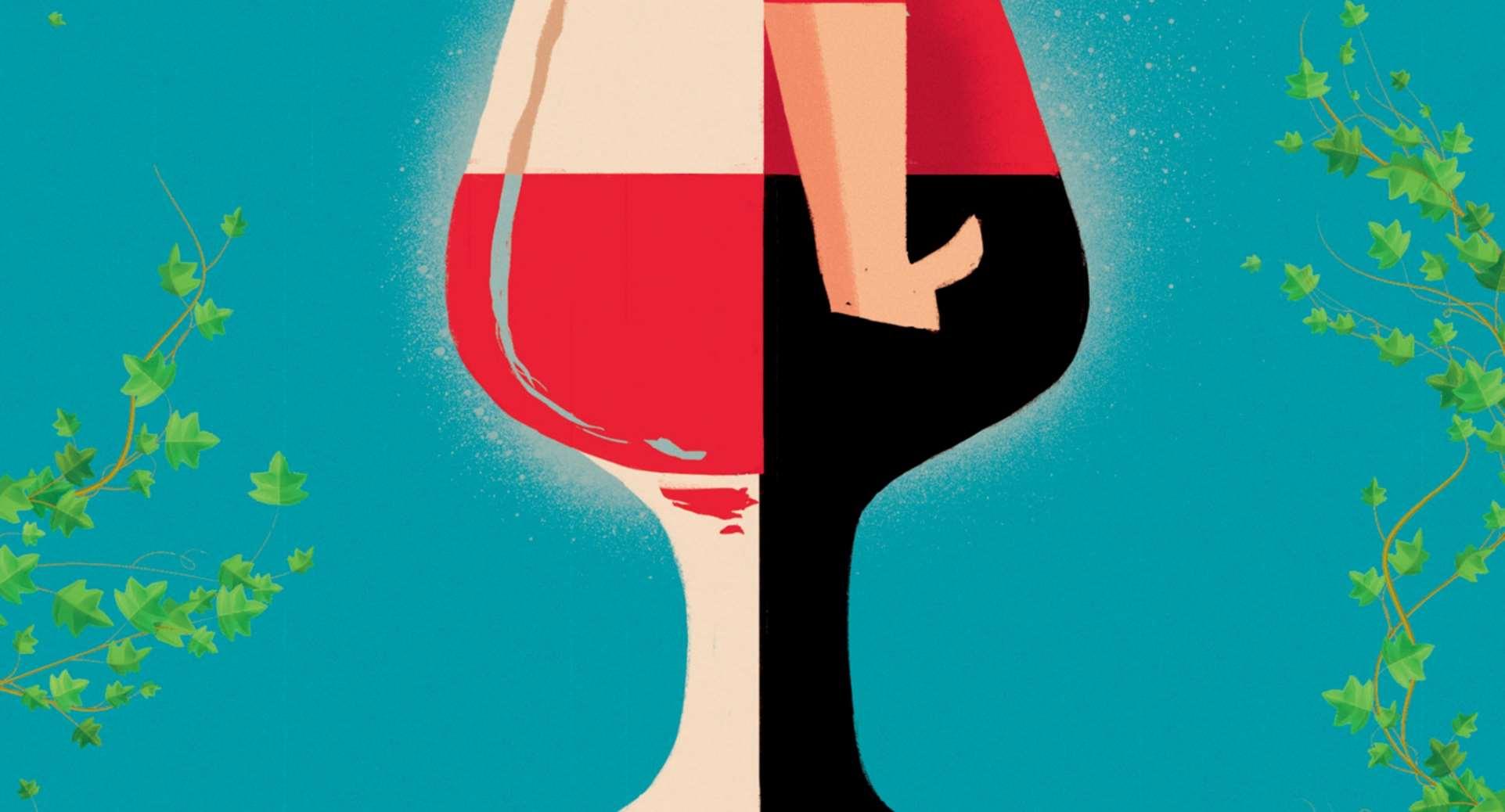
Guillaume Le Touze est l’auteur de huit romans dont cinq parus aux éditions Actes Sud. Son premier roman, Comme tu as changé, est paru en1992. Il reçoit deux ansaprèsleprixRenaudotpour Comme ton père paru auxéditions de l’Olivier.
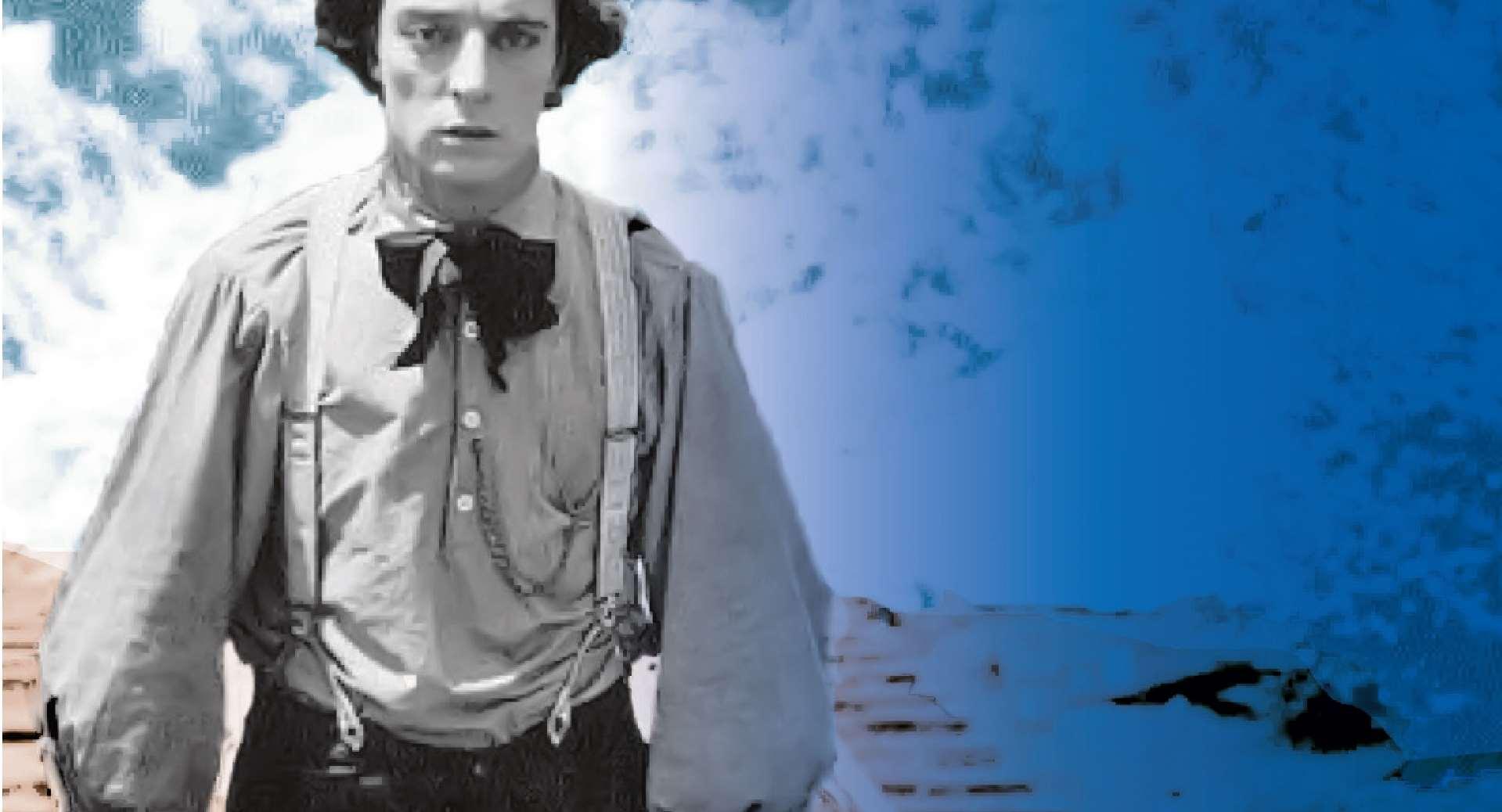
Xavier marche dans la colline en pleine nature. Archéologueferroviaire, il recherchela trace des lignes disparues. Pas assez rentables, ces voies de chemins de fer ont été arrachées, des décisions qui ont bouleversé la vie de villages jusqu’alors desservis, de ces petites communautés humaines qui, condamnées, se sont depuis dispersées. Une gare minuscule, un arrêt sous-abris, le sifflement d’un train au milieu de nulle part, sont ainsi tombés dans l’oubli. À travers le monde, comme dans les campagnes françaises, Xaviersesaisitdesempreintesquileconduisent à marcher plus loin, plus haut dans la nature. Depuis des années tel un sociologue, il piste les vestiges de ces présences humaines à jamais absentes. Volontairement solitaire le temps de ses explorations, ce chercheur en poste à l’université ne l’est jamais totalement dans la vie, car il est le frère aîné – une année seulement les sépare – d’un homme légèrement différent des autres. La quarantaine passée, Benoît semble regarder les choses avec une acuité singulière. L’un et l’autre marchent d’un même pas, à cela Xavier s’est engagé dès l’enfance. Il prendrait soin de ce frère aux symptômes autistiques quand leurs parents viendraient à s’éloigner, Xavier l’avait promis.
Cette histoire s’ouvre alors que ces deux hommes ont perdu leur mère un an auparavant. Leur chagrin apaisé, Xavier s’emploie à reconstituer ce qu’il sait d’elle, ce dont il se souviendra et ce qu’il n’a jamais su. Mais c’est Benoît qui, contre toute attente, va trouver le moyen de combler les blancs de l’histoire, d’approcher l’indicible en s’autorisant à faire passer leur mère dans une autre dimension du souvenir, celle du langage, par la voie de l’imaginaire.
Que faisons-nous de l’existence des disparus ? Quel est le cheminement poétique que parcourt notre mémoire, puis notre imaginaire, pour faire de nos aimés enfin libérés de leurs rôles, des personnages inoubliables ?

Tels sont les points de départ de ce livre singulier aux contours d’une enquête située dans les parages de ces lieux lointains, ces ruines blotties dans les forêts, ces objets, ces maisons perdues qui ont construit avant de disparaître, ce que nous sommes devenus.
Guillaume Le Touze is the author of eight novels, five of which have been published by Actes Sud. He published his debut novel, Comme tu as changé, in 1992. Two years later hewonthe Prix Renaudotfor Commetonpère,published by L’Olivier.
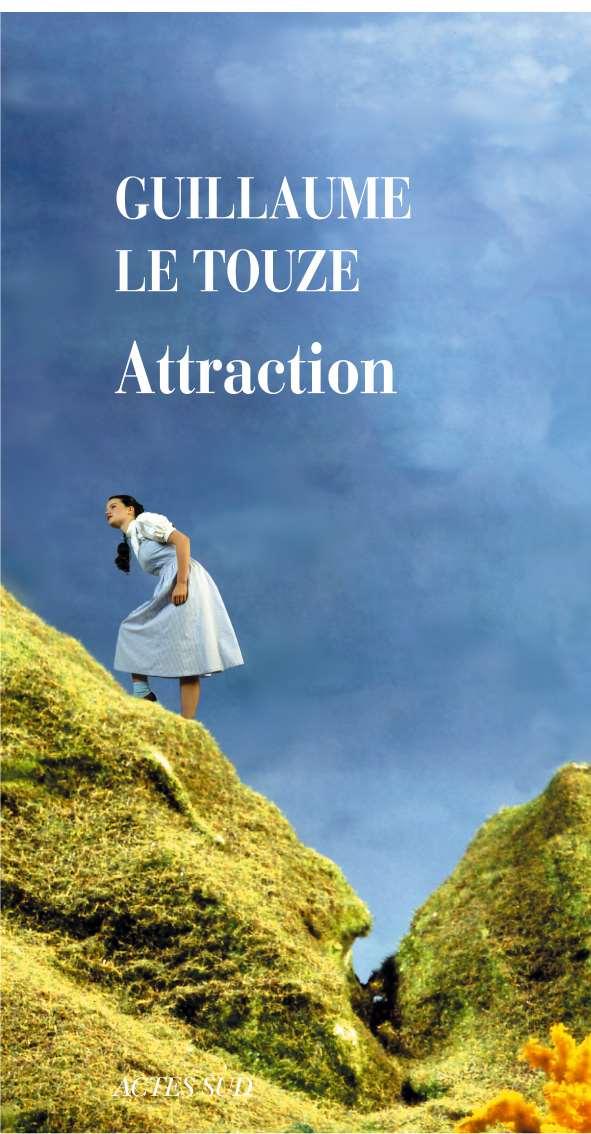
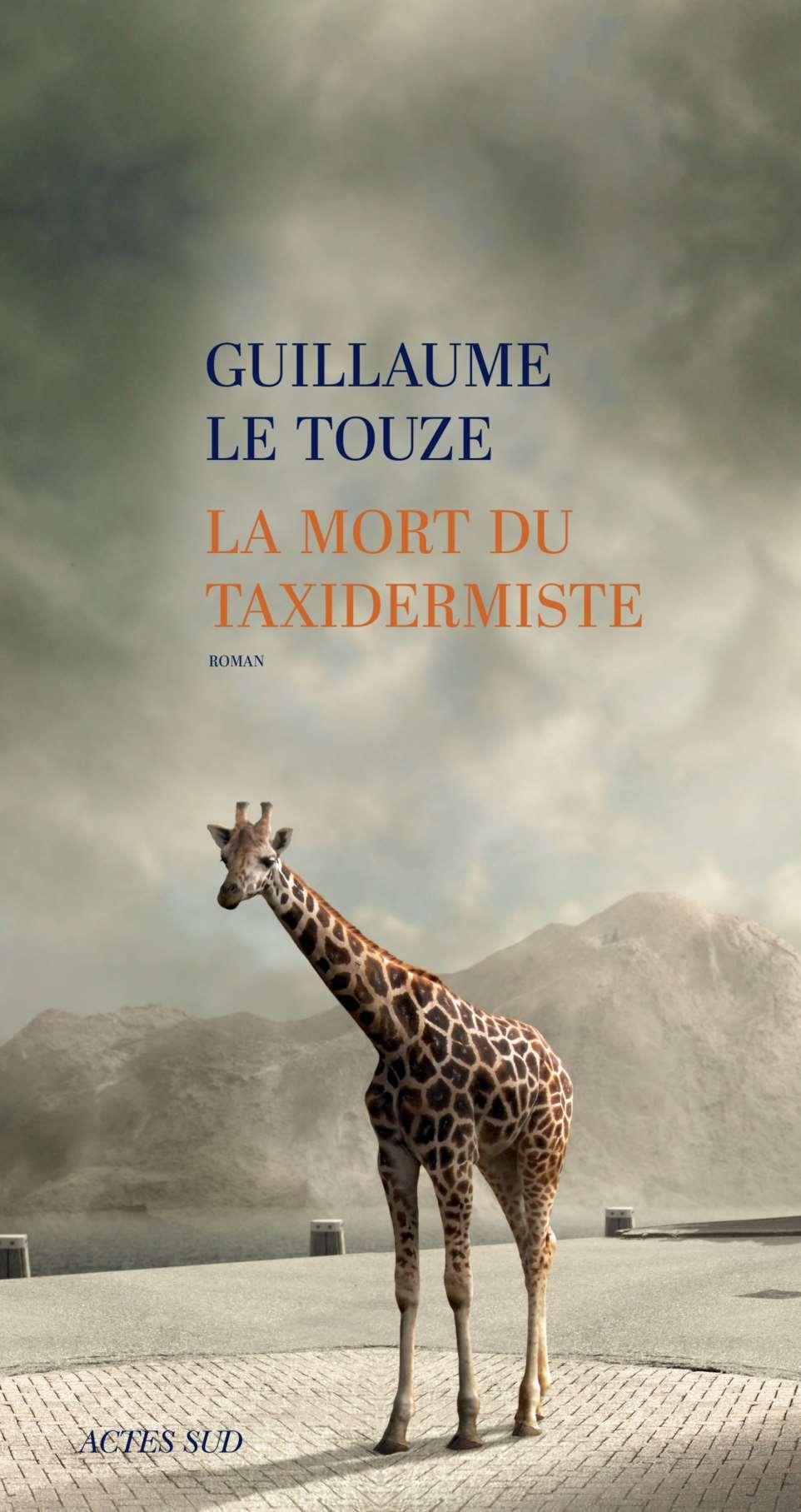
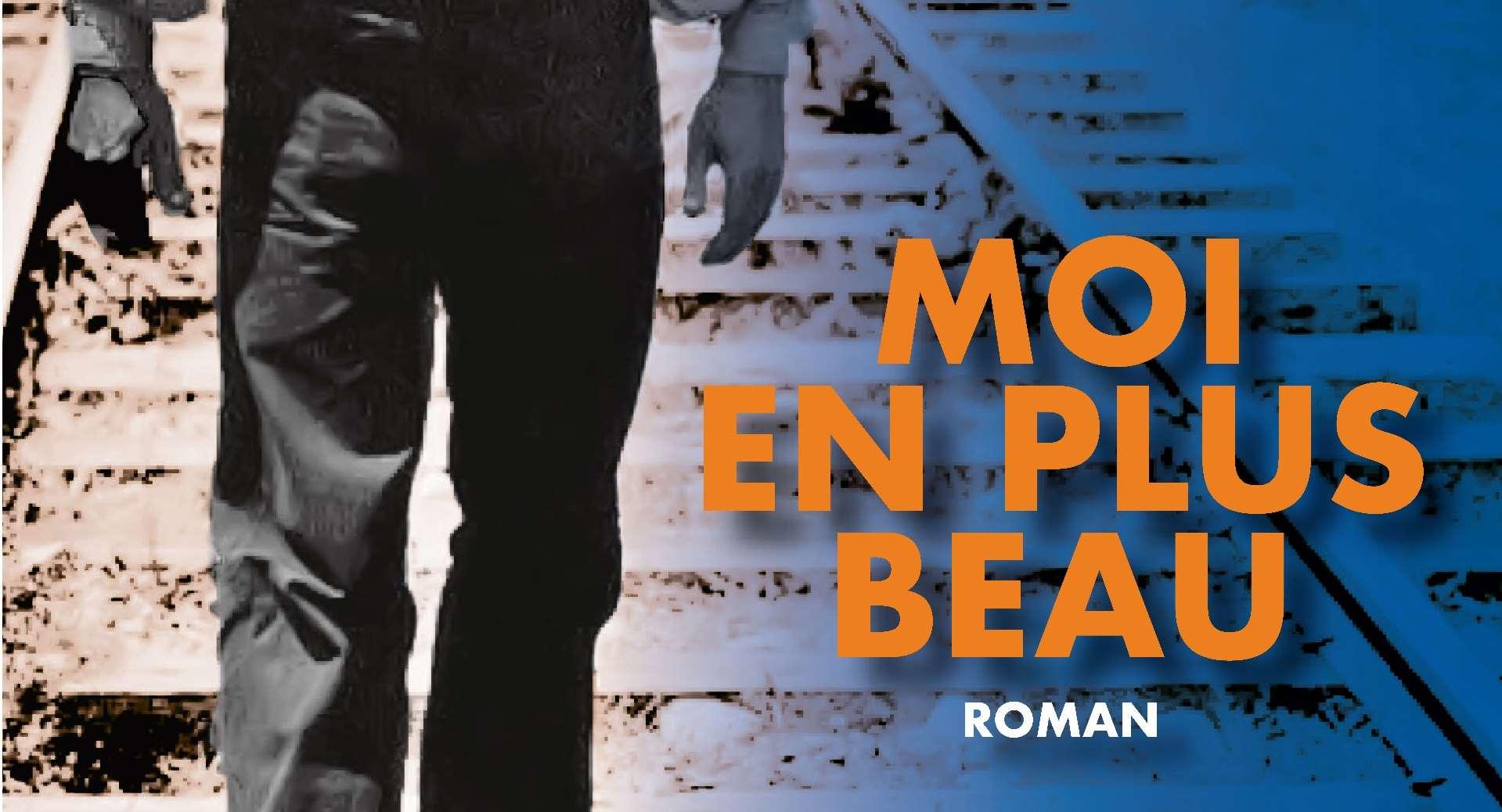
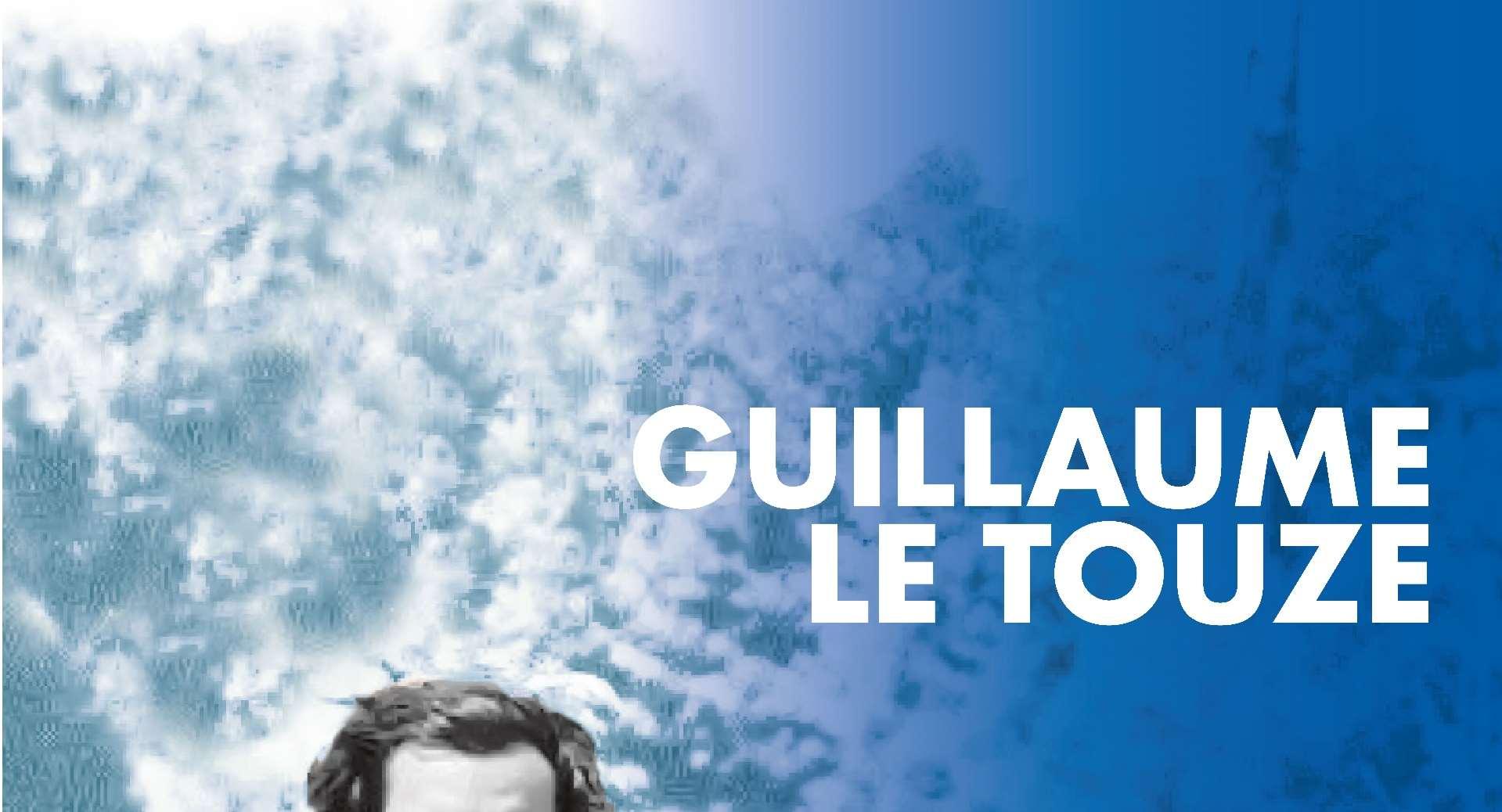
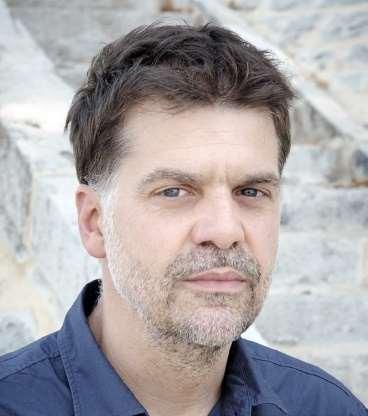
Xavier is walking across the hillside surrounded by the natural world. A railway archaeologist, he is searching for the traces of abandoned lines which had not been profitable enough and were ripped up – a move that destroyed whole villages which until then had had a railway connection. The life ebbed out of them and these little human communities were dispersed to the four winds. A tiny little station, a sheltered platform, the whistle of train in the middle of nowhere: all of these things have fallen into abeyance. Xavier’s work takes him through the French countryside but also around theworld as hetries to detect the traces of this past, prompting him to walk ever further and every higher into the natural world. For years, like a sociologist, he has been seeking out the vestiges of human presence – of humans who have been absent for a very long time. Although he actively chooses to explore on his own, this academic is never completely alone in life because he is the older brother (only a year separates them) of aman whois slightly different to other people. Benoît, who is in his forties, seems to perceive things with particular acuity. The two brothersadvancethroughlifetogether,asXavierhadalways promised they would ever since children. He also promised that he would care for his brother, who presents signs of autism, when his parents wereno longer around.
This story opens a little over ayearafter they havelost their mother. As they come to terms with their grief, Xavier sets aboutreconstructing what he knows about her,whatheremembers, andwhatheneverknew.But entirely unexpectedly, it is Benoît who finds a means to fill the gaps and get nearer to her untold story by filtering his memories through language and the imagination.
What are we to do with the continuing existence of the dead? What is the poetic routethat ourmemories and then our imaginations take to liberate our loved ones from their assigned roles and transform them into unforgettable characters?
These are just some of the questions explored in this singular novel which reads like an investigation into these distant places: the hidden ruins in the woods, the lost objects, and the abandoned houses which turned us into what we have become before they disappeared.
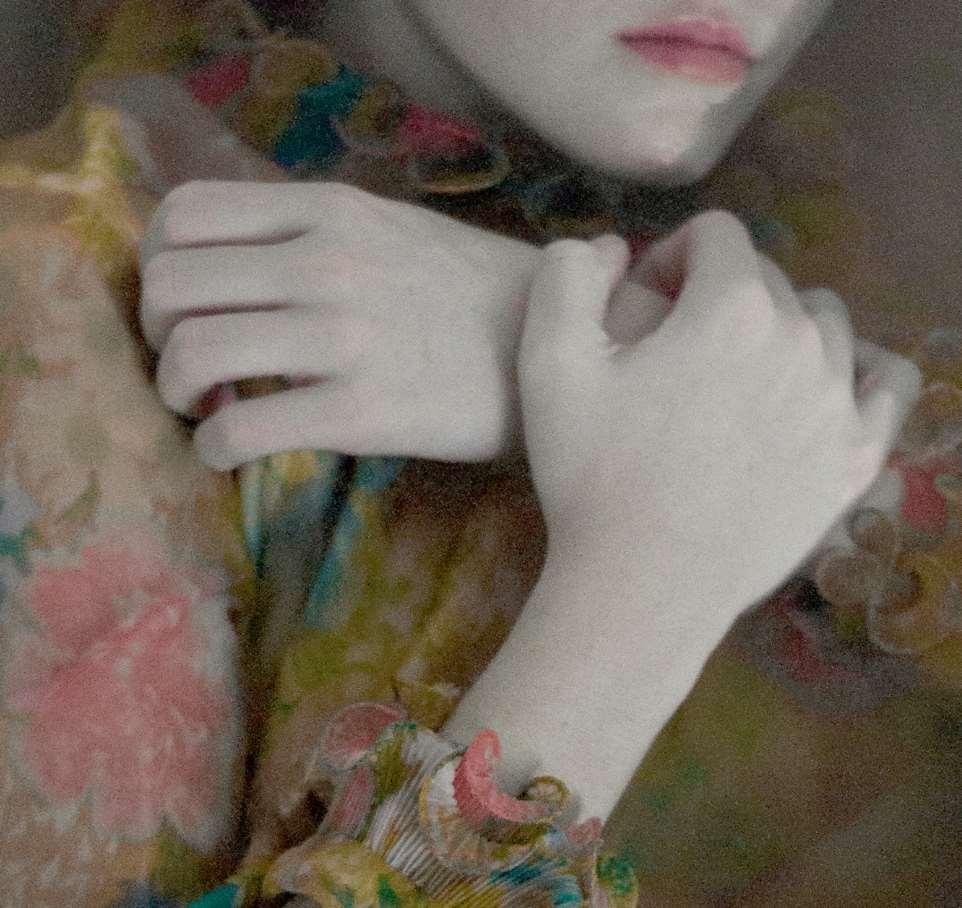
Née en 1979, Minh Tran Huy est l’auteure de quatre romans: La Princesse et le Pêcheur (Actes Sud, 2007, prix Gironde – Nouvelles Écritures, prix du Premier Roman de la ville de Cuneo, Italie), La Double Vie d’Anna Song (Actes Sud, 2009, prix Drouot 2010, prixPelléas2010), Voyageur malgrélui (Flammarion, 2014), et Les Inconsolés (Actes Sud, 2020).
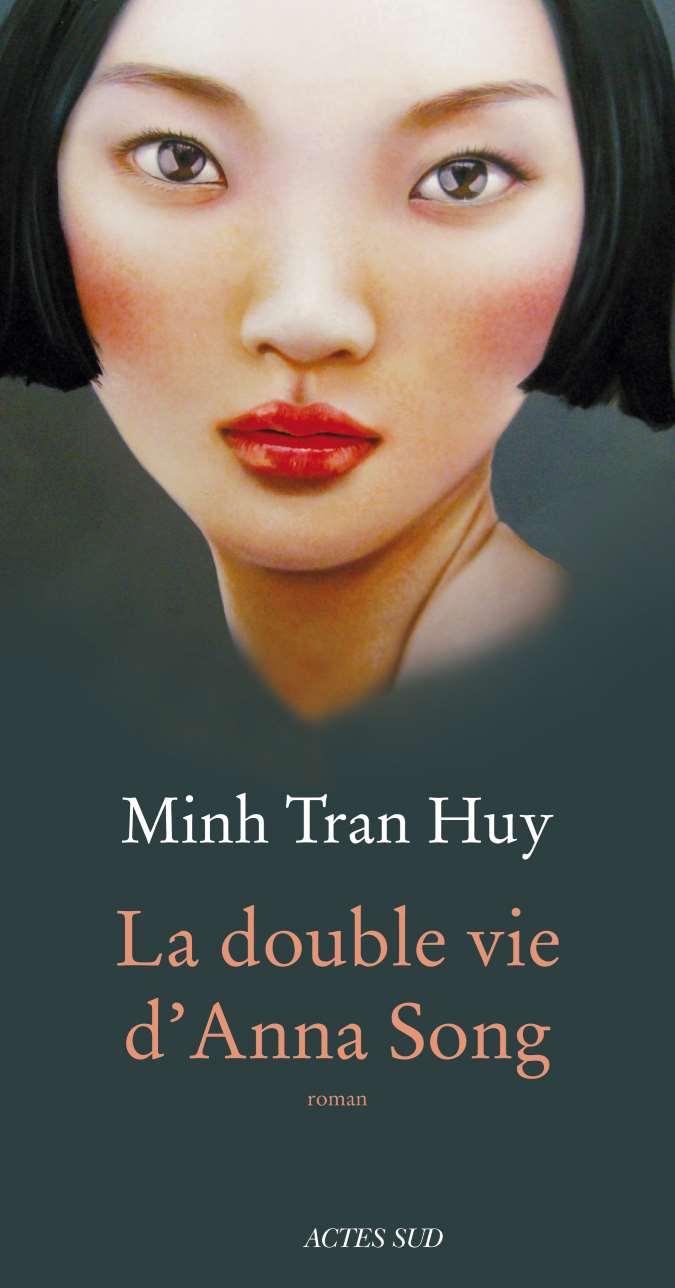
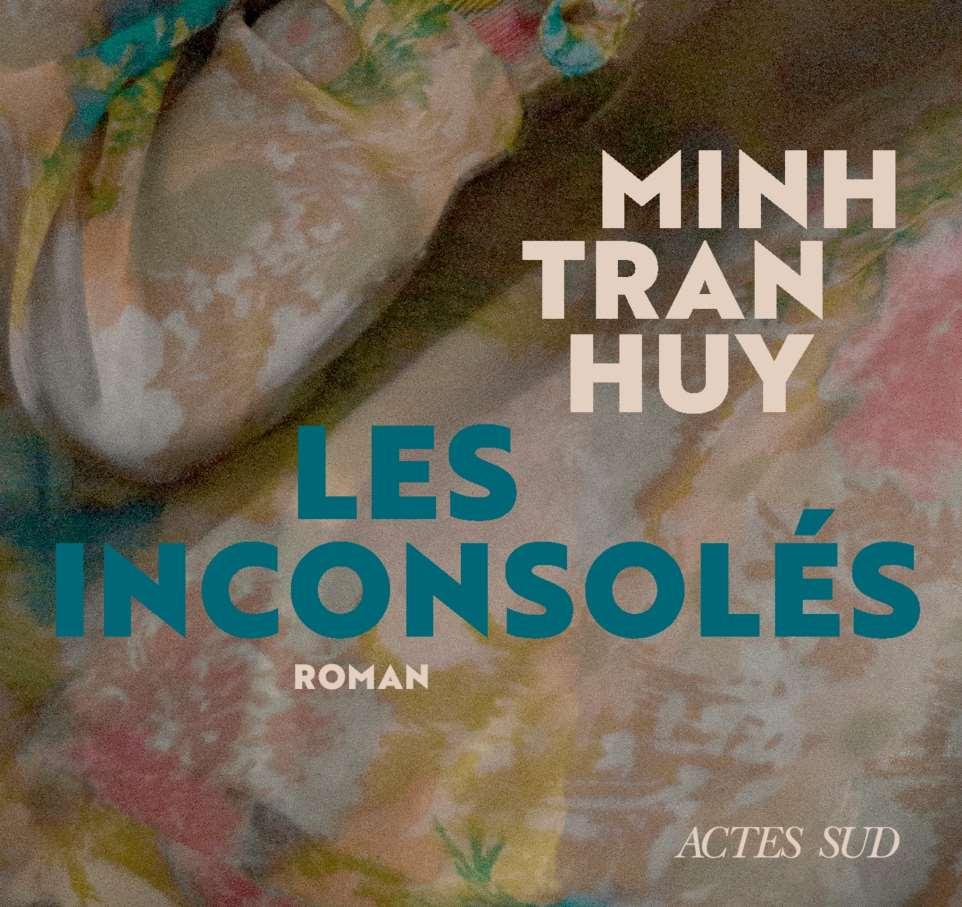
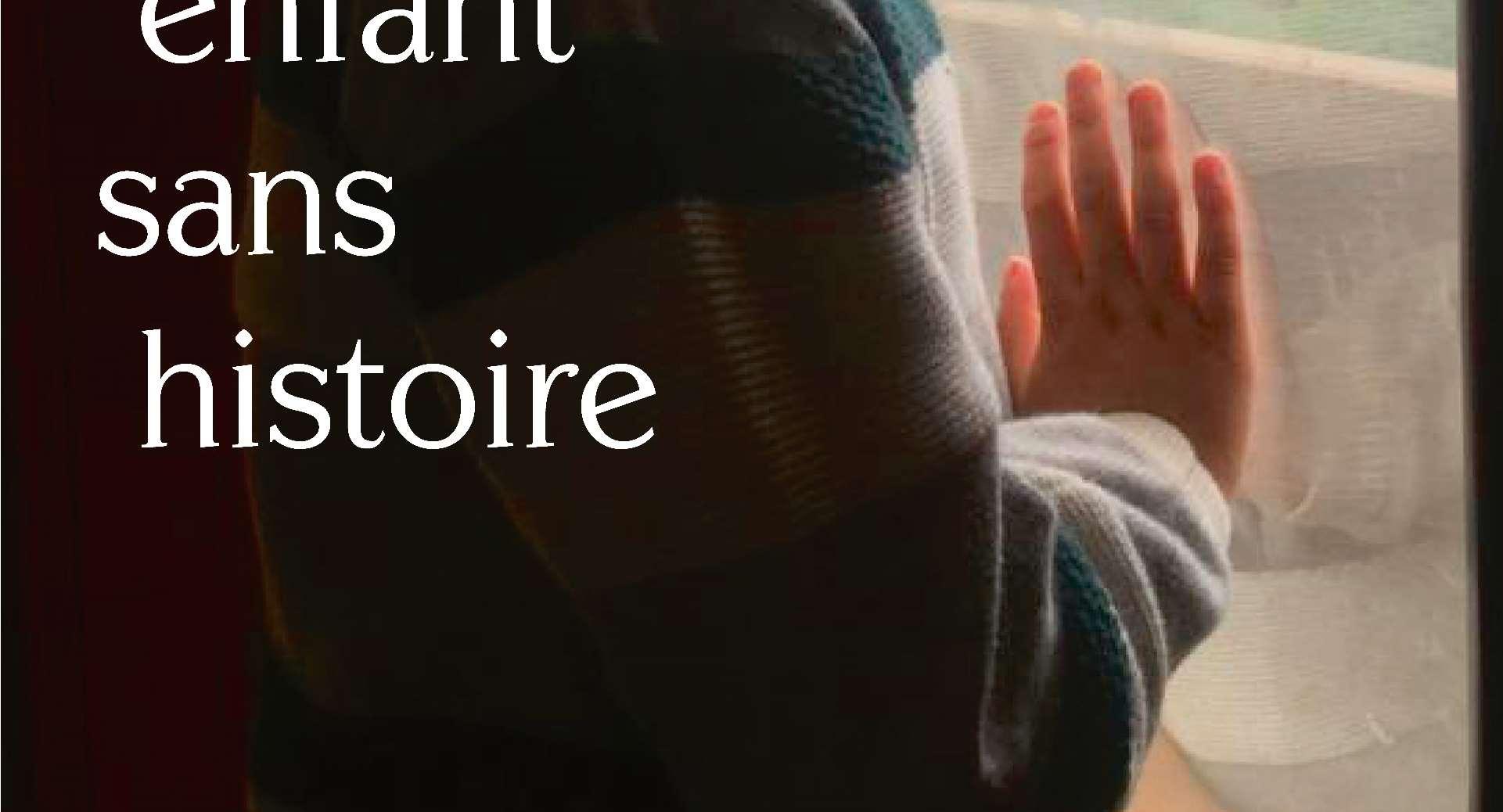
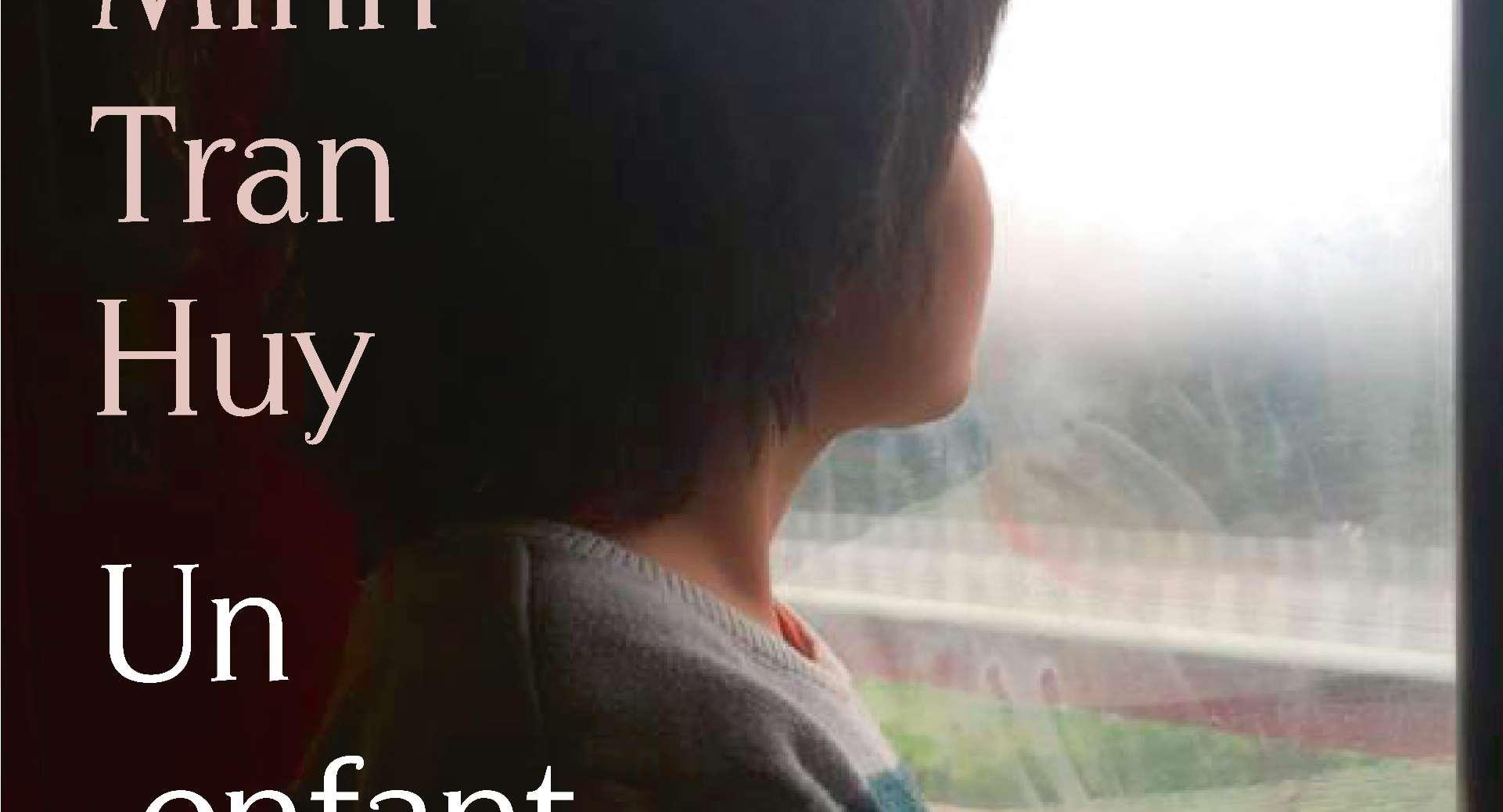
Romancière, avide lectrice, fervente adepte de la fiction, Minh Tran Huy n’avait sûrement pas imaginé laisser un jour la réalité envahir ainsi son écriture. Elle n’avait pas non plus envisagé que la naissance de Paul, son premier fils, scellerait sa rencontre intime avec le handicap et finirait par faire d’elle une experte involontaire des troubles du spectre de l’autisme et de leur prise en charge (ou échec de). Que son vocabulaire, son carnet d’adresses et son rapport au monde s’enrichiraient d’autant de sigles, statistiques, méthodes et références – cumul d’informations et de savoirs, à mille milles de ses tropismes poétiques, qui constituent pourtant un farouche quoique souvent dérisoire barrage contre l’impuissance. Pourtant, c’est bien par la littérature que Minh Tran Huy apprivoise et rend compte de cette expérience sismique : il s’agit de partager une histoire qui échappeà tousles schémas narratifs.
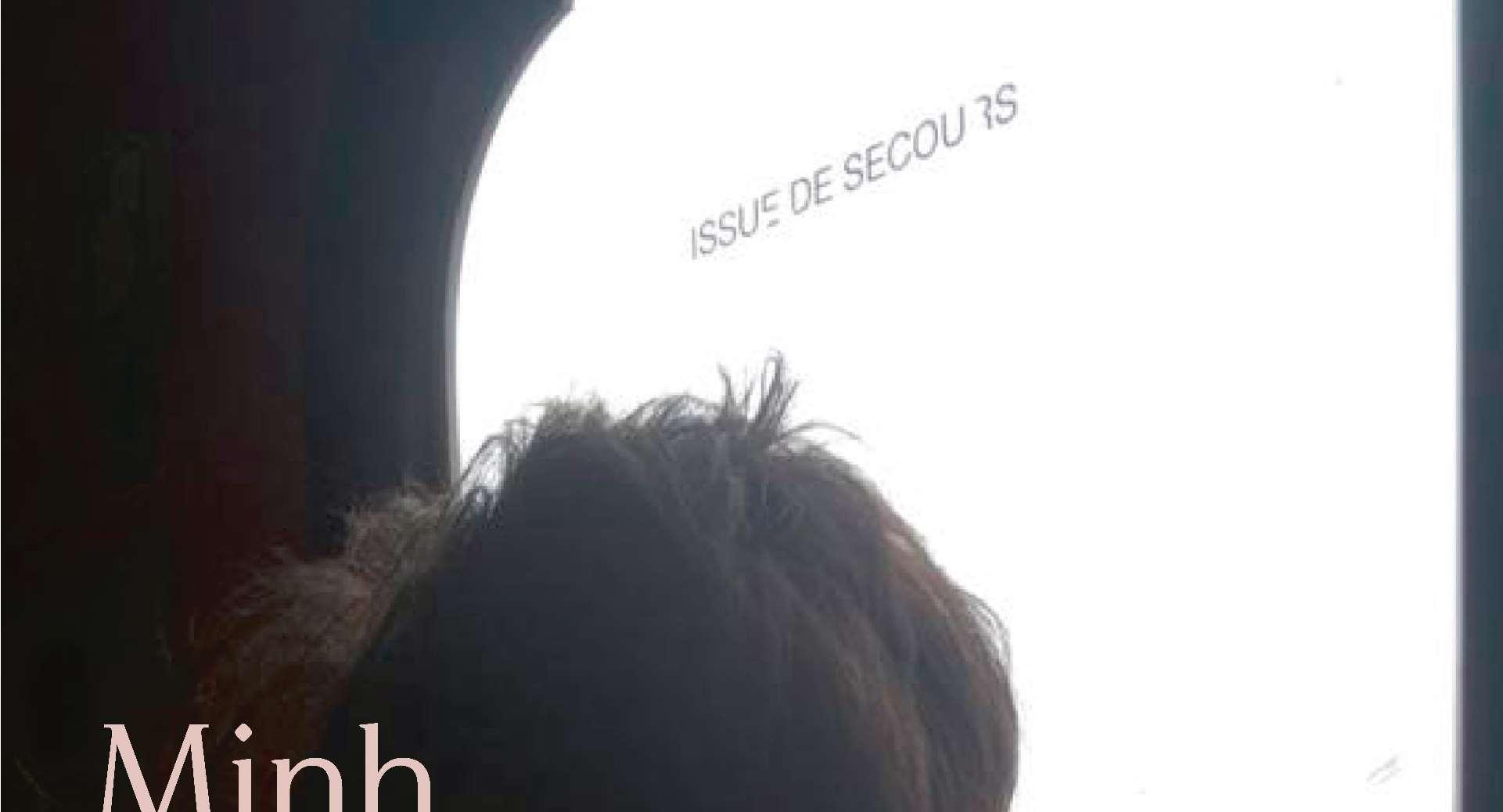
Parce que pour Paul, le diagnostic est lourd, parce que le bel enfant solaire aux grands yeux noirs et au teint doré n’appartient pas à la catégorie Hollywood-compatible des autistes “à haut-potentiel”, parce qu’au fil des années, il faut faire le deuil de l’enfant secrètement génial et se résoudre à tenter d’adapter Paul autant que possible à un monde qui n’a pas franchement prévu de place pour lui. C’est en écrivain hautement structurée que la mère en détresse échafaude son récit et trouve comment raconter Paul. On connaît des romans de Minh Tran Huy son goût pour les correspondances et les chambres d’écho, son art calme et précis de tisser les fils narratifs. En dépliant le trajet de Temple Grandin, l’autiste anti-Paul, spécialiste de zootechnie et des sciences animales devenue l’incarnation en Amérique d’une intégration flamboyante, elle parvient à donner une résonance au silence. Avec une intelligence et une finesse rares, Un enfant sans histoire alterne deux lignes de vie dont la dissonance-même produit la puissance du propos. Tout en offrant une photographie – glaçante parce que sans complaisance et sans fard – de l’état de la prise en charge de l’autisme (grande cause nationale depuis 2012…) en France, Minh Tran Huy réussit un livre qui va bien au-delà du témoignage. Un livre dont la dignité et la détermination engagent le lecteur aux côtés de l’auteure : car c’est de l’universalité de ce combat personnel qu’elle parvient à nous rendre conscients et dépositaires.
Born in 1979, Minh Tran Huy the author of four novels: La Princesse et le Pêcheur (Actes Sud, 2007, Prix Gironde – Nouvelles Écritures, Prix du Premier Roman de la Ville de Cuneo, Italia), La Double Vie d’Anna Song (Actes Sud, 2009; Prix Drouot 2010, Prix Pelléas 2010), Voyageur malgré lui (Flammarion, 2014), and Les Inconsolés (Actes Sud, 2020).
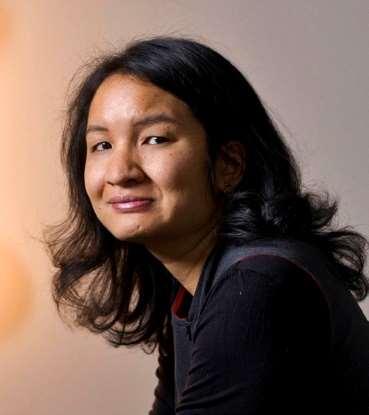
A novelist, avid reader and fervent lover of fiction, Minh Tran Huy never imagined that she would allow reality to invade her writing. She had never imagined either that the birth of her first son Paul would bring her into intimate contact with disability and turn her into an unwilling expert on the disorders of the autism spectrum and how they are treated (or go untreated).
Nor did she imagine that her vocabulary bank and address book would expand so much, or that her relationship to the world would be enriched by so many acronyms, statistics, methodologies and benchmarks – an accumulation of information and knowledge far from her poetic sensibilities even though they can constitute a formidable, if at times fragile, response to impotence. It is through literature that Tran Huy manages to wrestle with and express this earth-shattering experience, the challenge being to recount a story that eludes all conventional narrative strategies.
ForPaulisdiagnosedwithaseriousconditionand, despite his handsome looks, he does not fall into that Hollywood category of autistic savants. As the years pass, she has to abandon the notion of the secretly brilliant child and resolve herself to adapting Paul as far as possible to a world that has not reckoned on having to accommodate a person like him.

It is as a highly disciplined writer that the mother in distress constructs a narrative capable of capturing Paul’s experience. We know from her novels that she is attracted to correspondences and echo chambers, which are central to her calm and precise art of weaving together narrativestrands. By unpacking the story of Temple Grandin, the autistic anti-Paul and animal behaviouristwhobecame a prominent campaigner for thehumanetreatmentofanimals andthequintessential American embodiment of asociallyintegrated autistic person, she manages to make the silence resonate. With a rare intelligence and finesse, Un enfant sans histoire alternates between two life histories whose very disparity conveys a powerful message. As well as painting a picture – a chilling one, because it is clear-sighted and pulls no punches – of the current state of autism treatment in France (supposedly a government priority since 2012), Tran Huy serves up a narrative that is much more than a first-person account. It is a book whose dignity and resolve win the reader over to the author’s cause, and it is the universality of this personal battle that lodges the issue
consciences.
© D.R.
CatherineCoquioestprofesseuredelittératurecomparée àl’universitéParis-Cité.Seslivresettravauxportentsur l’écriture de l’histoire et la violence politique, les témoignageslittéraires,lenihilismeetl’utopie.Elleaéditéune quarantaine de livres dans la collection “Littérature Histoire Politique”chez Classiques Garnier. Elle est coéditrice de Syrie, le pays brûlé. Le Livre noir des Assad, à paraîtreau Seuil.
Catherine Coquio is a professor of comparative literature at university. Her books and research focus on how history is written, political violence, literary accounts of historical events, nihilism and utopia: She has overseen the publication of some forty books in the “Littérature Histoire Politique” collection of Classiques Garnier. She is also the coeditor of Syrie, le pays brûlé. Le Livre noir des Assad, soon to be published by Le Seuil.
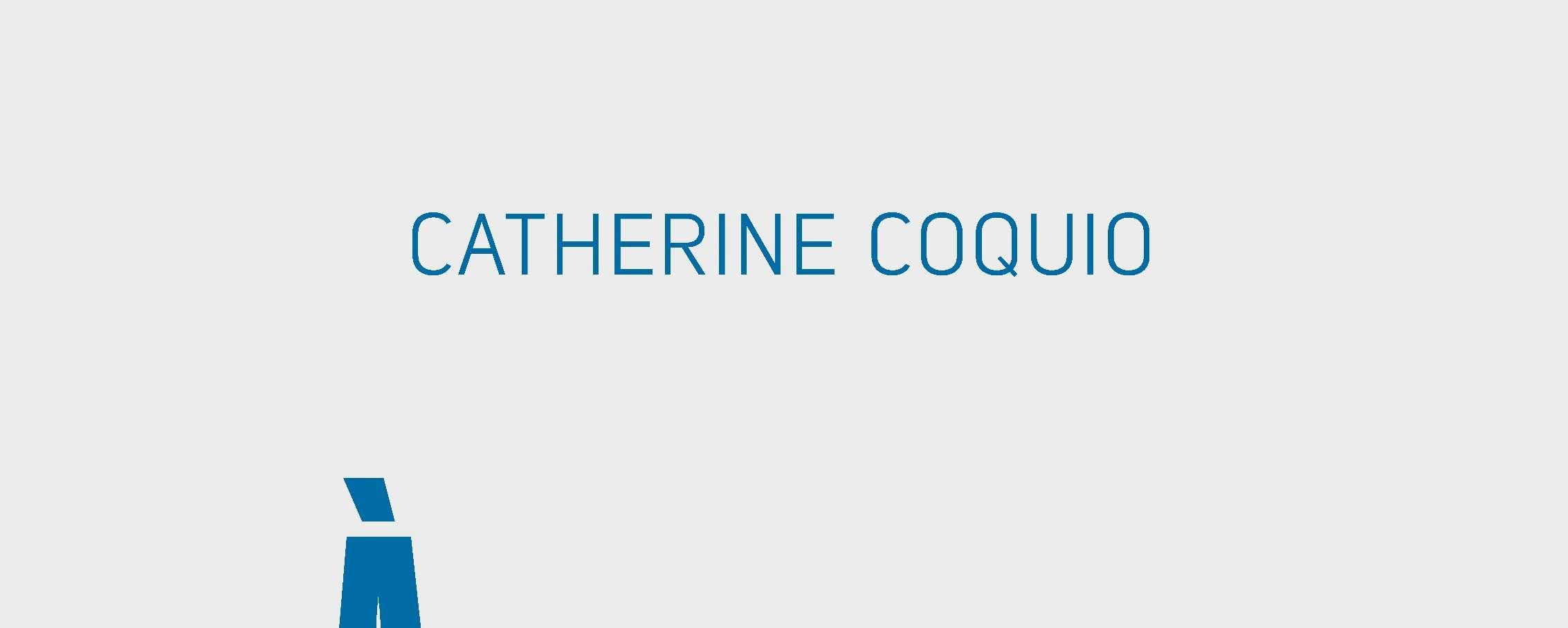
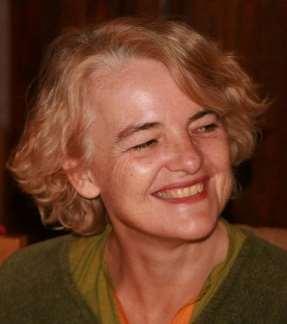
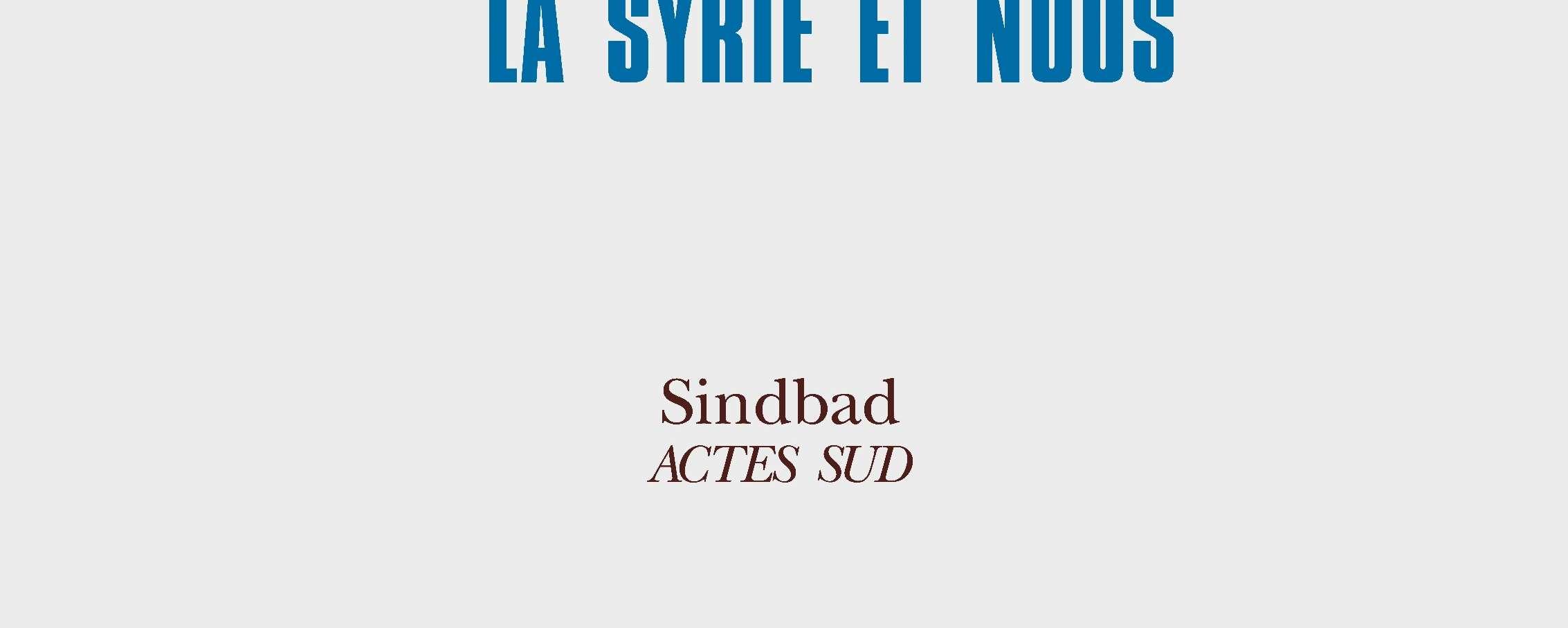
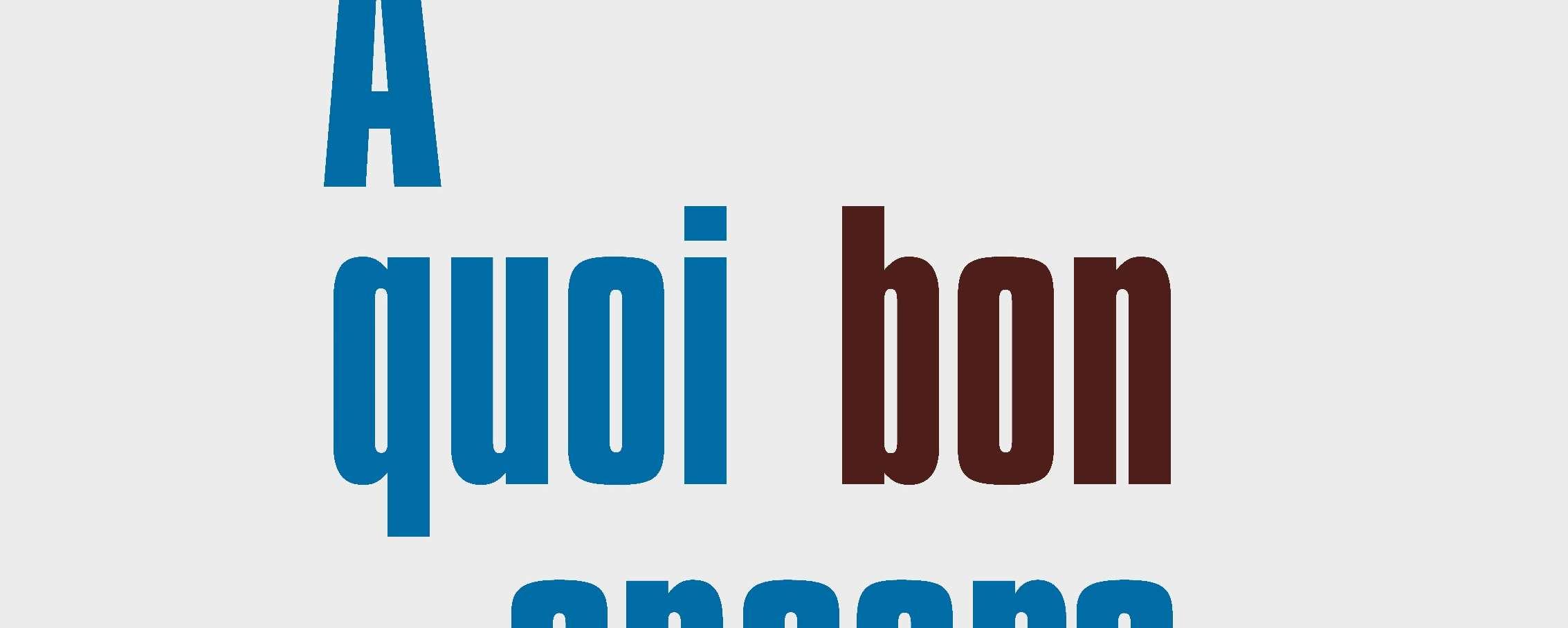
Pour les Syriens aux prises avec la violence déchaînée qui suivit la révolution de 2011, le monde est ce qui a fait silence et détourné les yeux pendant le crime. Pour ceux qui furent livrés à un long abandon, politiquement concerté et socialementconsenti, lemonde estle lieud’un dégoût sans fond : une coalition de nihilismes conduisant au pire, qui a réduit à rien leur combat,àl’imagedesvillesfantômesetdescorpspulvérisés sous les bombes.
Le monde est pourtant aussi le lieu où se redessine un avenir pour ceux qui, en exil ou dans le pays, tentent de recueillir cette histoire dans des formes partageables. D’en faire une expérience porteuse de sens, sinon une autre révolution, à mener autrement, ailleurs. La question du monde entête les Syriens qui ont porté cette histoire.
Elle hante leurs écrits et leurs œuvres, traverse leurs pensées, sous la forme à la fois d’une négation radicale et d’une attente tout aussi radicale.
De quelle croyance au monde nous parlent les Syriens ? Que signifie leur mal de monde ? Que nous dit-il de nous et d’un monde commun – si une telle chose existe ?
Ce livre pose des questions anti-nihilistes à un monde défait, en lisant des œuvres et observant des actes : acte d’archiver les traces d’un espoir mué en lutte contre le néant ; acte de témoigner, d’écrire, échanger, penser ; acte de jouer et d’imaginer. On trouvera ici huit articles rédigés entre 2017 et 2022, évoquant des formes différentes de destruction et de résistance. L’œuvre d’un essayiste exilé à Berlin, Yassin Al Haj Saleh, qui, communiste défroqué, s’affronte aux nihilismes et hisse le monde et l’écriture à hauteur d’utopie ;unjournal exhumé,rédigé dansla ville assiégéedeDoumaparSamiraal-Khalilen2013, avant son enlèvement par une brigade islamiste ; un roman ironique où la violence nihiliste devient un road trip macabre, écrit par un auteur qui a choisi de ne pas s’exiler, Khaled Khalifa ; l’œuvre d’une écrivaine exilée en France, Samar Yazbek, tendue entre témoignage et fiction, dans les deux cas au féminin ; des aperçus de la “littérature de prison” sous Hafez al-Assad, et sur les archivistes d’aujourd’hui ; un hommage enfin à l’un d’eux, Lokman Slim, réalisateur et éditeur libanais, assassiné par le Hezbollah en 2021, dont l’œuvre quichottesque, mais aussi la mort, documentent les liens redoutables que l’histoire a noués entre Syrie et Liban.
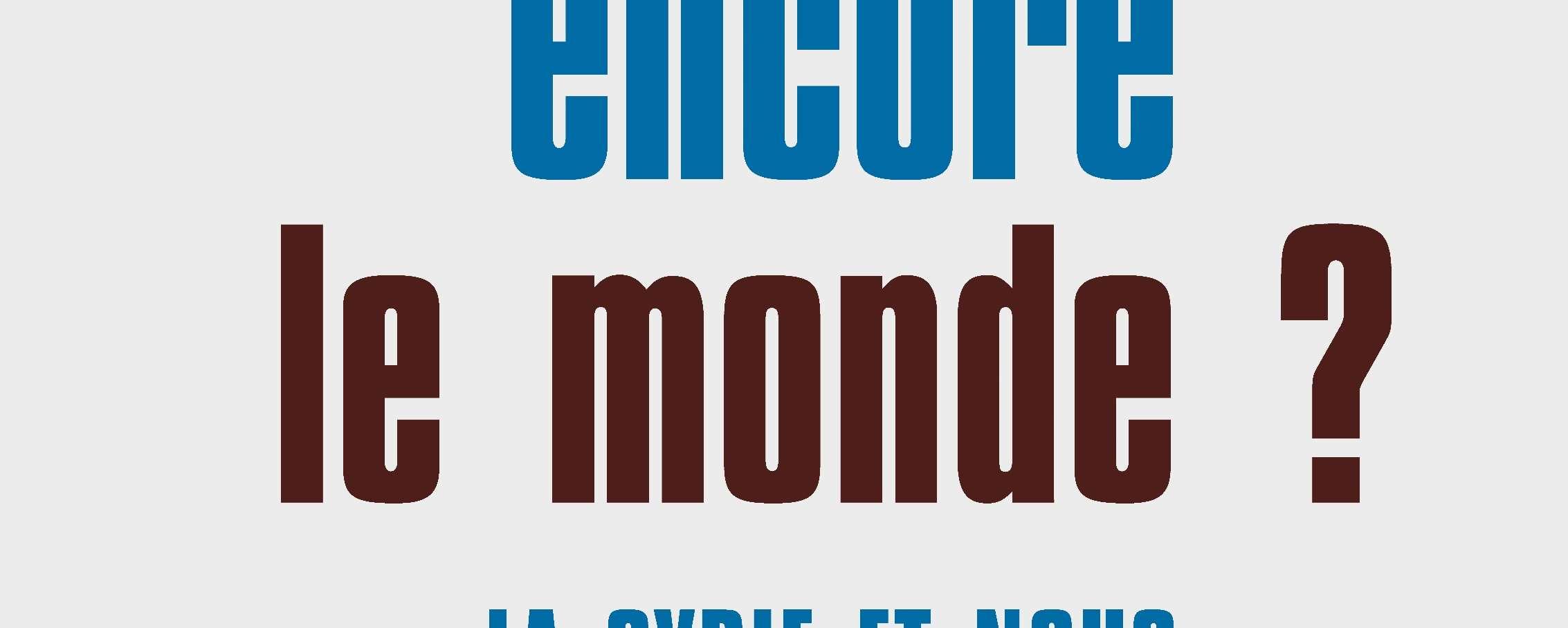
For Syrians confronted with the unbridled violence that followed the revolution of 2011, the world is what kept silent and looked away during the crime. For those who suffered a politically orchestrated and socially endorsed abandonment, the world is a source of profound disgust: a coalition of nihilist tendencies which has led to the worst and reduced their struggle to nothing, as evidenced by the ghost towns and the bodies pulverised by the bombs.
And yet the world is also the place where a future is taking shape for those who, from exile or within their country, are seeking to reclaim this story in a form that can be shared – to inject a meaning into an experience that might promise another revolution, to be leddifferently andelsewhere.The question of the world obsesses the Syrians who have elaborated this story. It haunts their writings and informs their thinkingboth as a radical negation and an equally radical expectation. What kind of belief in the world are Syrians talkingtous about? What ismeant bytheir mal de monde? Whatdoesit tellusaboutourselvesandashared world – if such a thing exists?
The purpose of this book is to ask anti-nihilist questions of a defeatist world. It does this by analysing the relevant literature and observingthe relevant acts: archiving the traces of a hope that has mutated into a struggle against nihilism; bearing witness, writing, discussing and thinking; and playing and imagining. It contains eight articles written between 2017 and 2022, evoking different forms of destruction and resistance – the work of Yassin Al Haj Saleh, an essayist and lapsed Communist living in exile in Berlin who confronts nihilist philosophies and lifts the world and writing to the level of a utopia; an exhumed journal composed in the besieged city of Douma by Samira al-Khalil in 2013 before she was abducted by an Islamistbrigade; an ironic novel inwhich nihilist violence becomes a macabre road trip by an author, Khaled Khalifa, who chosenot to go into exile; SamarYazbek, a writer living in exile in France whose work treads a fraught line between fiction and non-fiction and insists on female experience; insights into the “prison literature” written under Hafez al-Assad and into the archivists of today; and lastly, a homage to one of them,LokmanSlim,aLebanesedirectorandpublisher who was assassinated by Hezbollahin 2021 and whose quixotic bodyofwork(andowndeath)documentsthe links that history has woven between Syria and Leba-
Essais esthétiques, philosophie, critique littéraire, théâtre, BD, politique, poésie, scénario… Michel Onfray a publié plus de cent vingt livres traduits dans une trentaine de langues.
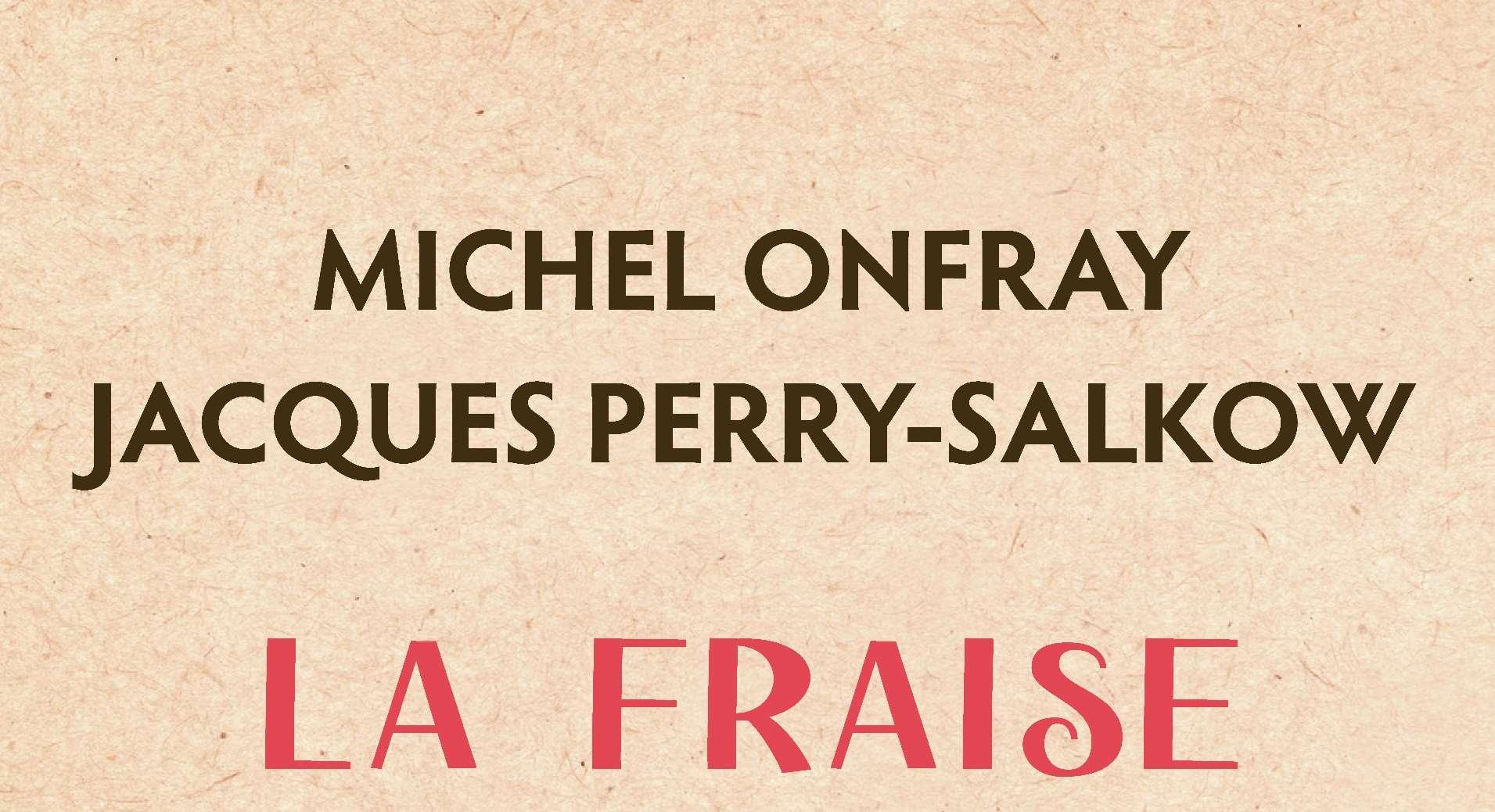
JacquesPerry-Salkow est l’auteur d’Anagrammes pour lire dans les pensées avec Raphaël Enthoven, (Actes Sud, 2016), Anagrammes à quatre mains avec Karol Beffa, (Actes Sud, 2018) et Anagrammes dans le boudoir avec Laurence Castelain (Actes Sud,2020).
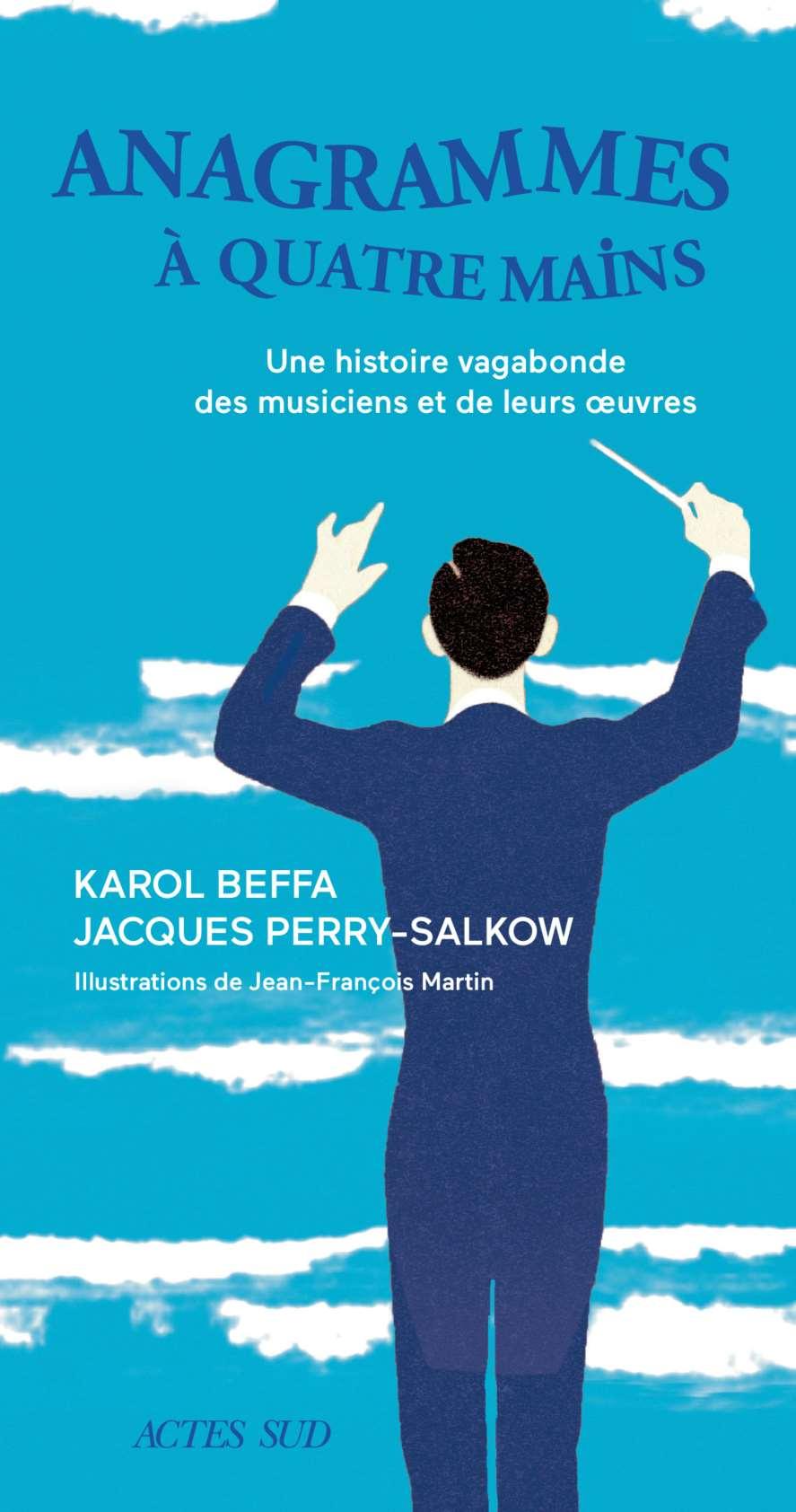

MichelOnfrayhaswrittenaboutsubjectsasdiverseasaesthetics, philosophy, literature, theatre, comics, politics and poetry, having published over 120 books that have been translated into some thirty languages.
Jacques Perry-Salkow is the author of Anagrammes pour lire dans les pensées with Raphaël Enthoven (Actes Sud, 2016), Anagrammes à quatre mains with Karol Beffa (Actes Sud,2018) and Anagrammes dans le boudoir with Laurence Castelain (Actes Sud, 2020).
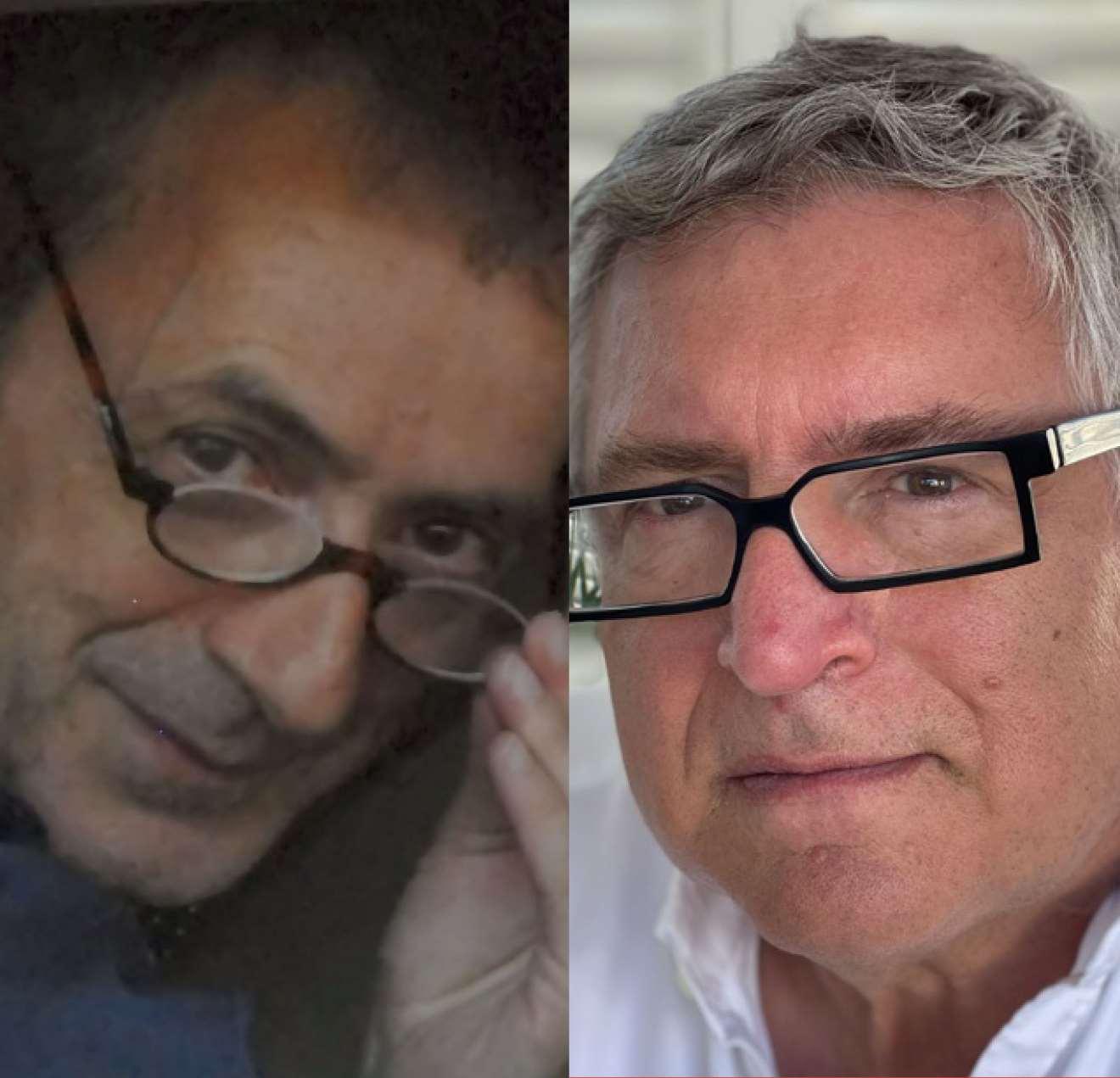
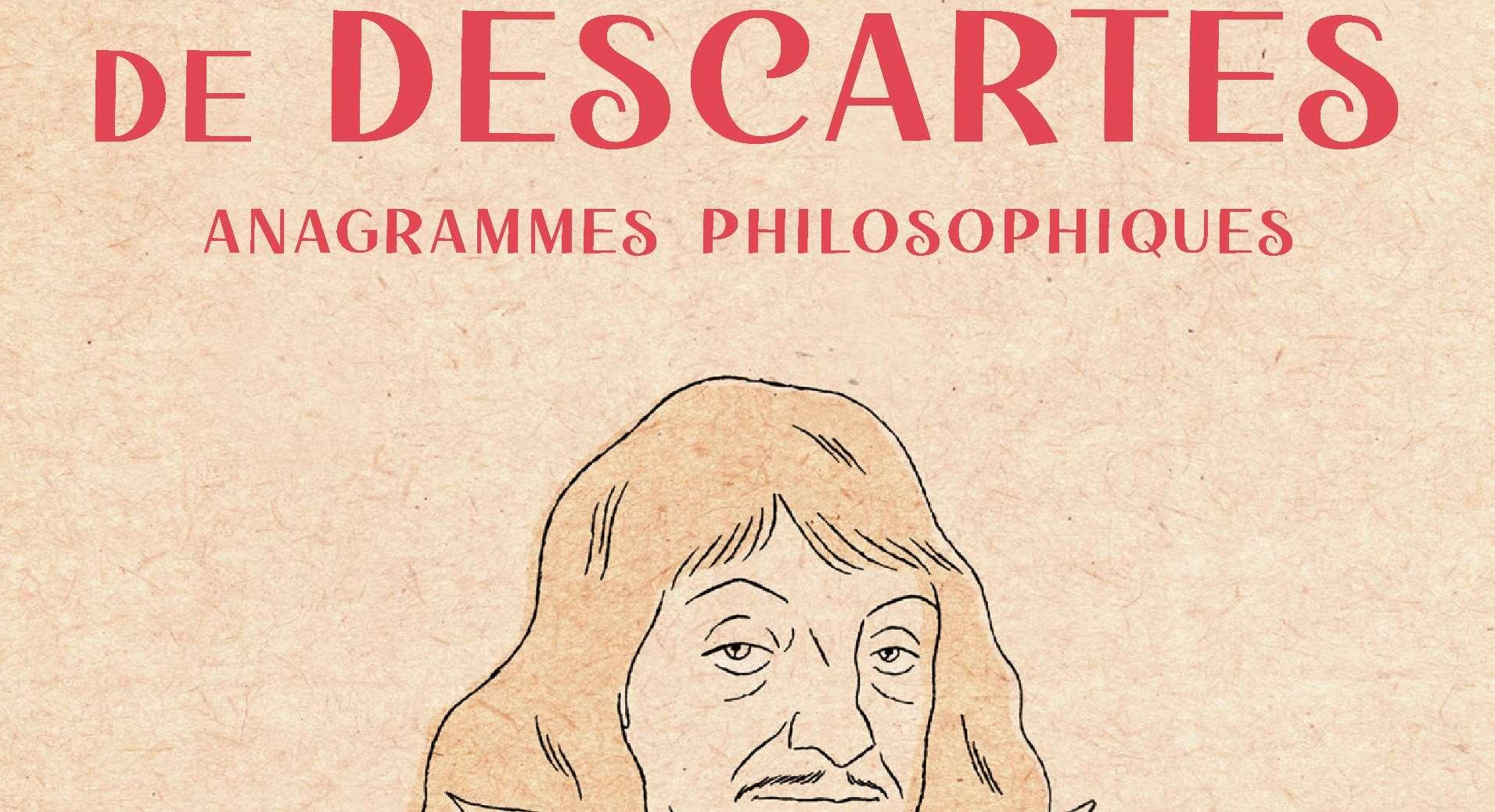
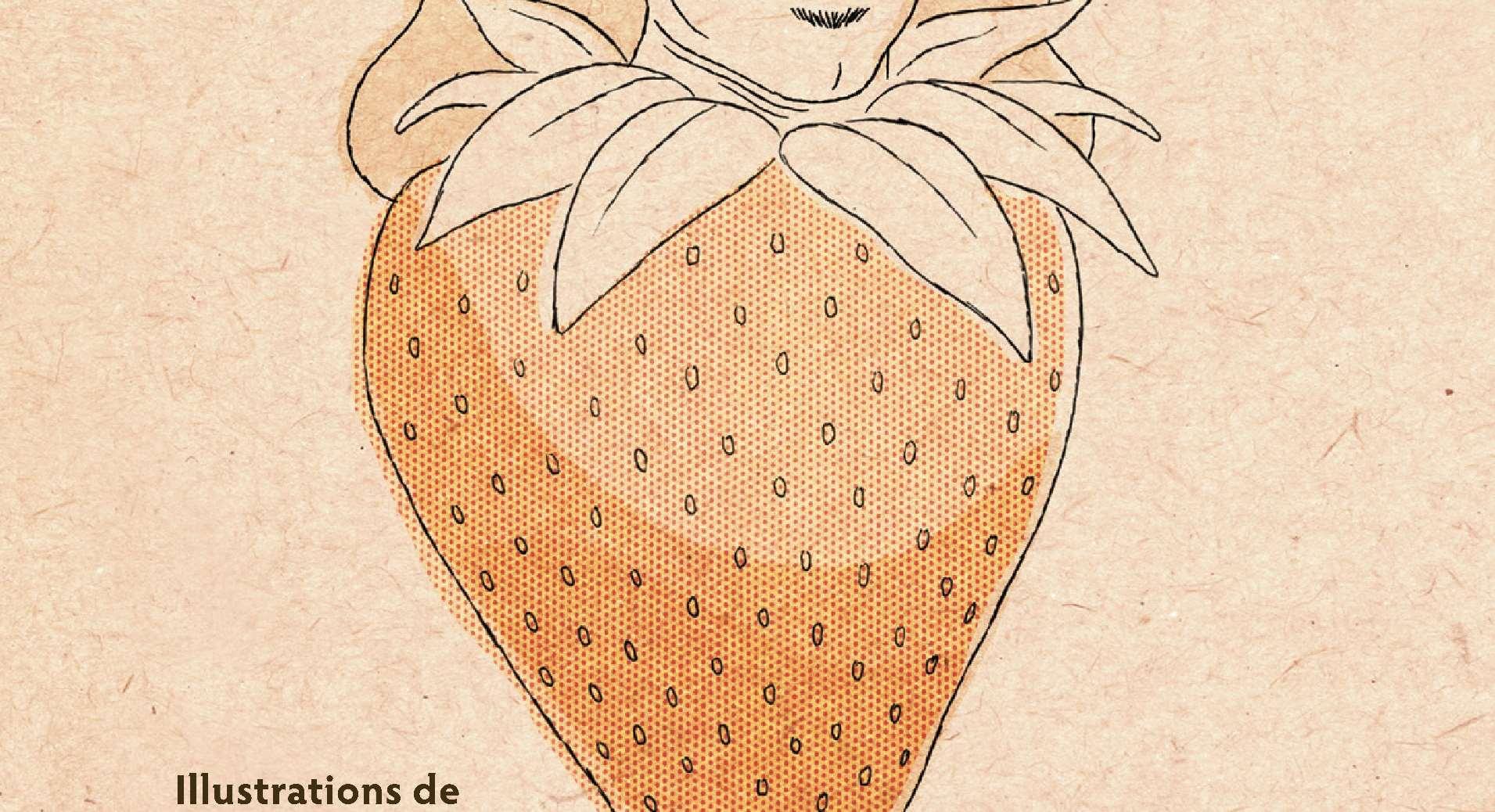
L’anagramme, ce jeu espiègle et savant, est apparue sous la plume d’un poète grec au IVe siècle avant notre ère. Elle transforme le hasard des lettres en signification providentielle.
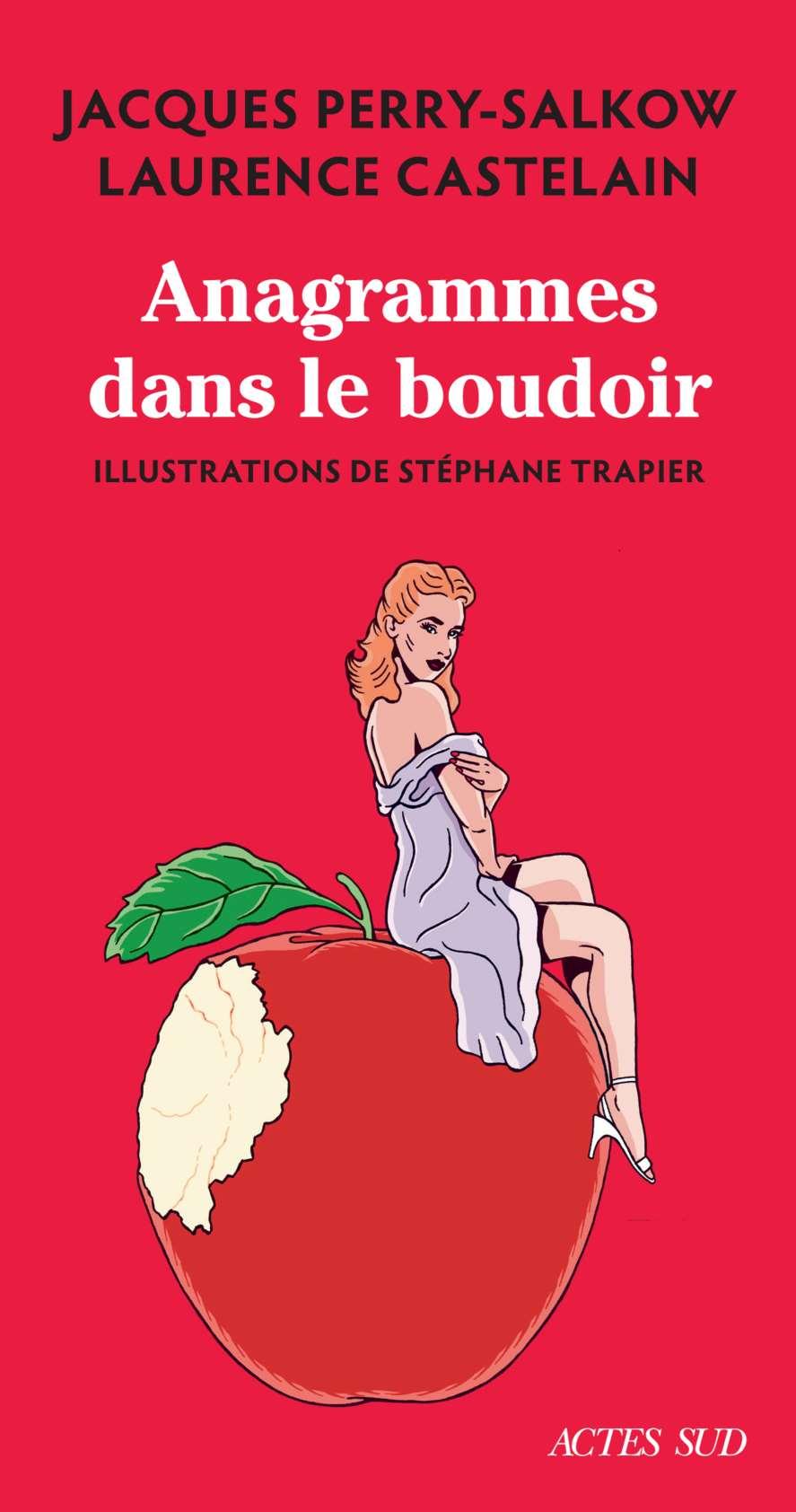
Michel Onfray et Jacques Perry-Salkow ont appliqué l’opération à la philosophie. Michel Onfray a choisi d’associer un philosophe et un objet tant il est vrai quel’objet, bien souvent, ditl’homme : une sphère pour Parménide, un divan pour Antiphon, une coupe pour Socrate, une écuelle pour Diogène, une bague pour Érasme, une fraise pour Descartes… Et ses portraits en témoignent : l’anagramme est tout autant un jeu de lettres qu’un jeu de l’être.
“Quand j’ai appris que l’anagramme de mon prénom et de mon patronyme était Lyncher ma foi, je n’ai pas pu m’empêcher de croire que c’était un canular ! J’ai donc rapidement vérifié s’il manquait une lettre ou s’il y en avait une en trop, car pareille erreur aurait invalidé cette découverte qui s’avère pourtant un portrait caché dans les lettres : c’est une bonne anagramme, c’est même la bonne anagramme…
Jacques Perry donne le chiffre des lettres. Autrement dit, il révèle le codage du monde. Les mots disent une chose, mais ils en expriment aussi une autre qui s’avère cachée et nécessite le magicien qui délivre leurs sens cachés. Puis ces mots, quand ils font une phrase, disent autre chose encore. Or il se fait que ce sens caché semble entretenir une relation intelligente avec le sens immédiatement donné. Le plein jour du verbe cache une obscurité qui renseigne sur cette lumière. […] Dans De la nature des dieux (II, XXXVII, 93), Cicéron attaque la théorie épicurienne du hasard. Il avance qu’un homme qui jetterait les lettres de l’alphabetenl’air nepourrait en aucuncasobtenir une fois retombées au sol les Annales d’Ennius écrites dans l’ordre. Un tenant de la physique quantique doublé d’un statisticien des probabilités soutiendrait le contraire – mais dans une autre configuration cosmique !
CequefaitJacquesPerry s’apparenteàunedémiurgie quantique : il montre ce que peuvent les lettres au-delàdeleurordre, ilrévèle d’autresordrescachés dans un ordre. Mais qu’est-ce qui préside à ces sens pliés ? Le hasard, qui est le sens du non-sens, mais sûrement pas la volonté cachée d’un dieu qui organiserait ainsi sa visibilité pour des initiés, des magiciens.” (extrait de la préface de Michel Onfray)
The anagram, that mischievous yet intellectual game, made its first appearance in the writings of a Greek poet of the fourth century BCE, conferring on the randomness of letters a providential significance. Michel Onfray and Jacques Perry-Salkow have decided to apply the procedure to philosophy, associating a particular philosopher with a particular object that seems to capture his preoccupations: a sphere for Parmenides, a divan for Antiphon, a cup for Socrates, a bowl for Diogenes, a ring for Erasmus, and a strawberry for Descartes. And the portraits that emerge testify to the fact that an anagram is just as much a play on l’être as it is on lettres “When I was told that the anagram of my first name and surname was ‘Lyncher ma foi’ [‘lynch my faith’], I thought I was being wound up! So I quickly checked to make sure that no letters had been added or subtracted, which would have invalidated what was otherwise the perfect encapsulation of me in letters: it’s not just a good anagram but the right anagram for me…
Jacques Perry puts a number on letters, which is to say that he reveals the coding of the world. Words say one thing but express something else that is hidden and that requirethe skills of a magician to reveal. And when these words are arranged into a sentence, they say something different again.
But as it turns out, there seems to be an intelligent relationship between the surface meaning and this hidden sense. The ostensible meaning of words conceals something deeper that broadens our understanding of the surface meaning. […]
In On the Nature of the Gods (II, XXXVII, 93), Cicero attacks the Epicurean theory of chance. He argues that a man who throws the letters of the alphabet into the air cannot expect them to reproduce the epic poem Annales by Ennius when they fall to the floor. An advocateof quantumphysics cum probability theorist would argue the opposite, though they might have recourse to multiple universes in doing so!
What Jacques Perry does is similar to a quantum demiurge: he reveals the potential of letters beyond the order in which they are arranged, or to put it another way, he reveals the hidden orders within a given order. But what is presiding over these meanings withinmeanings? Theanswerischance,whichistosay the sense contained in non-sense, and certainly not a god secretly making himself visible to initiates and magicians.” (excerpt from Michel Onfray’s preface)
© D.R.
Nathanaël Wallenhorst, docteur en Sciences de l’éducation, docteur en Sciences de l’environnement et Science politique, estmaître de conférences àl’Universitécatholiquedel’Ouest (UCO). Ses recherches actuelles portent surlesincidenceséducativesetpolitiquesdel’entréedans l’anthropocène. Il est l’auteur de plusieurs ouvrages parmi lesquels L’anthropocène décodé pour les humains (LePommier, 2019).
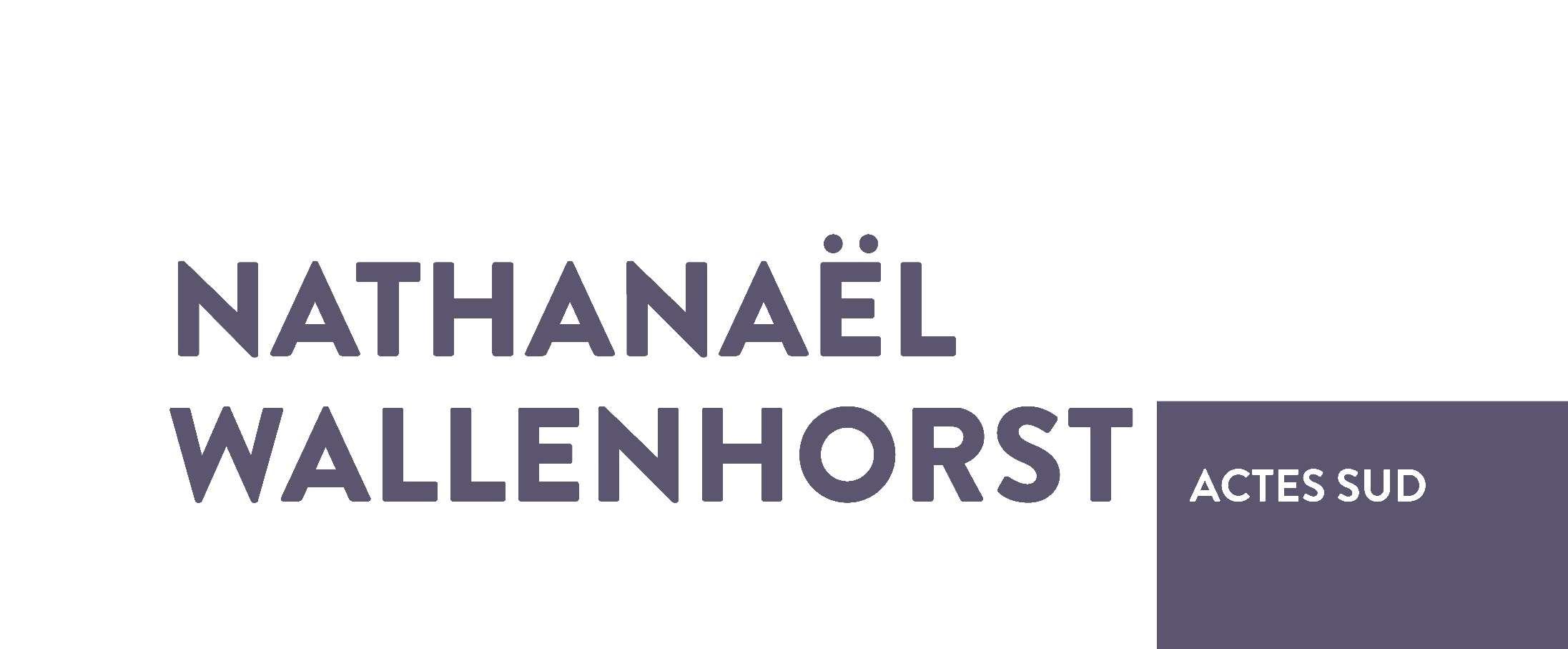
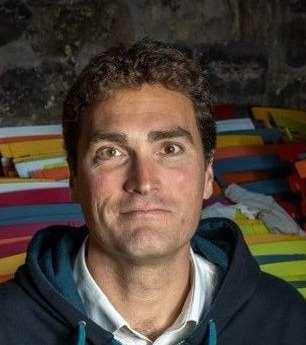
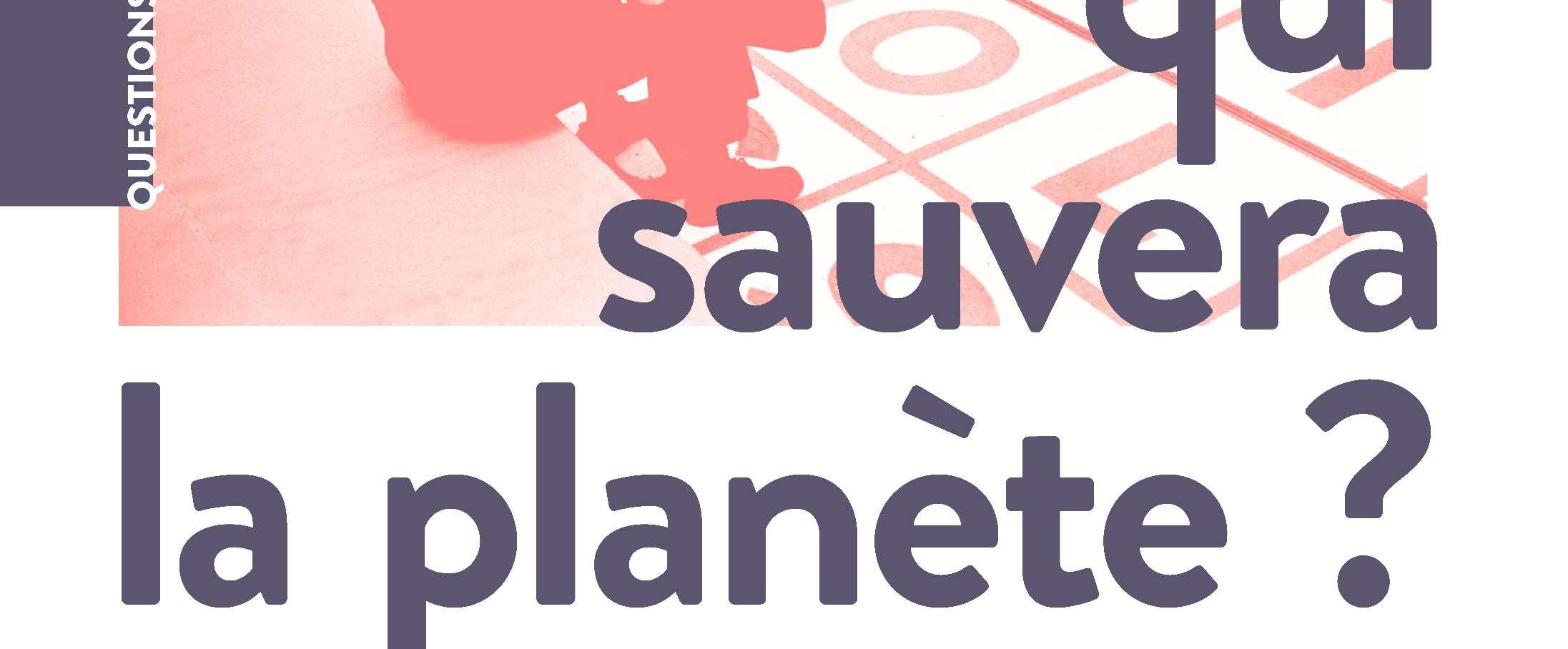
Nous avons modifié de façon durable les conditions d’habitabilité de la Terre, et cette situation charrie avec elle la pire des menaces politiques : sous couvert de “bonnes intentions environnementales” – sauver notre planète –, la sortie, par le vote, des démocraties.
L’auteurdécryptelesrécitspolitiquesdutempsprésent qui font chacun le lit de l’échec démocratique et/ou de l’échec écologique : le récit mensonger, selon lequel nous ne serions pas sûrs que le changement climatique soit d’origine humaine ; le récitbisounours, qui fait reposer un changement global sur la conversionà l’écologie de chaque citoyen ; le récit californien, qui fait miroiter un salut technoscientifique ; le récit chinois, selon lequel la fin justifierait les moyens ; le récit pervers, qui veut tout faire tenir en même temps. Mais l’histoire n’est pas terminée. Un récit alternatif trace son sillon, qui postule que seule une radicalité démocratique nous permettra de vivre ensemble au sein de l’étendue terrestre. Ces nouveaux récits sont des leviers politiques influents. Pour les évaluer et les juger à l’aune de ce qu’ils peuvent apporter à l’aventure humaine, l’auteur mobilise deux critères d’analyse. Le premier, scientifique, permet de distinguer le vrai du faux et d’identifier comment sortir de la zone critique dans laquelle nous sommes : il s’agit du consensus international sur l’ampleur de l’altérationde laTerre par les activités humaines et sur la menace qu’elle fait peser sur l’ensemble du vivant. Le second est politique : privilégier ce qui permet d’approfondir la démocratie par rapportà ce qui la fragilise. En effet, l’urgence écologique sert parfois à justifier des changements politiques majeurs remettant en cause le régime démocratique.
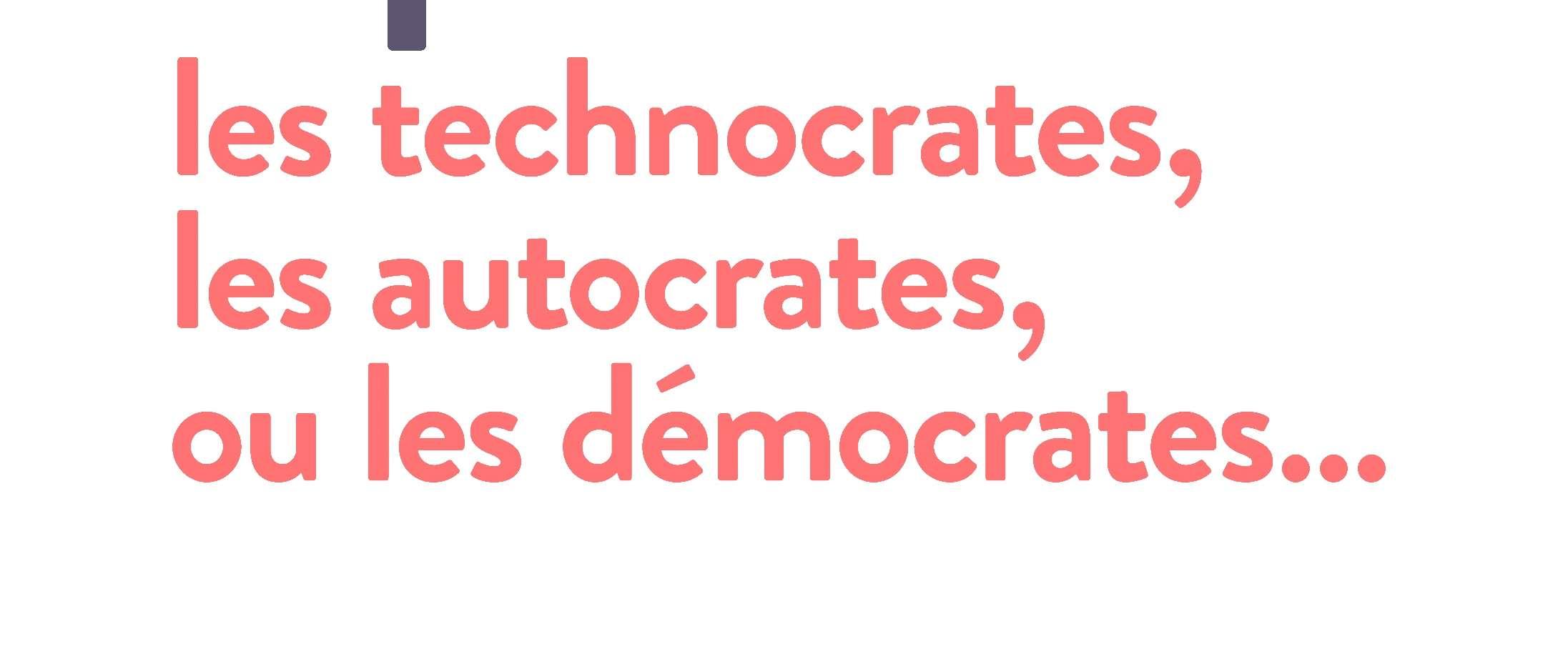
Cet ouvrage voudrait permettre au lecteur de s’orienter dans la confusion et l’incertitude qui caractérisent notre période.
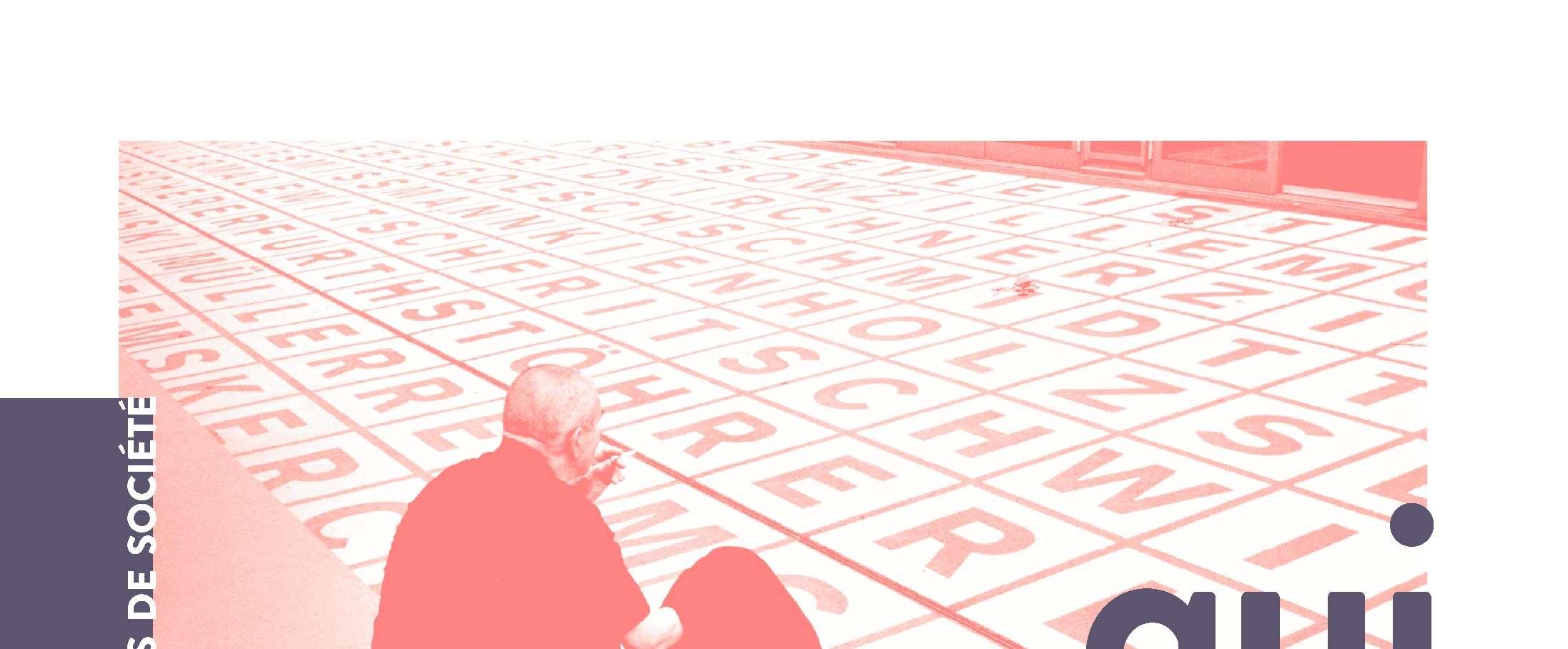
Nathanaël Wallenhorst is a Doctor of Educational, environmental and Political Science and a lecturer at the Catholic University of the West (UCO). The focus of his current research is the educational and political ramifications of our entry into the Anthropocene. He is the author of several works, including L’anthropocène décodé pour les humains (Le Pommier, 2019).
We have enduringly altered the habitability of the Earth, andthis situation brings in its wake the worst of politicalthreats:onthepretextofgoodenvironmental intentions(‘savingourplanet’),thedangerofusvoting for an end to our democracies.
In this book the author analyses the various political narratives of today that are covertly aiming at thefailure of democracy and/or of our attempts to save the planet: the deceitful narrative, according to which there is doubt as to whether human actions are responsible for climate change; the care bear narrative, which wouldhaveus believethat globalchange forthe betteris dependent on every citizen converting to the green cause; the Californian narrative, which champions science and technology as our ultimate saviours; the Chinese narrative, according to which the end justifies the means; and the perverse narrative, which claims that we can have it both ways. But none of this is adone deal.An alternativenarrative is alsomakingits mark, postulating that only through a radical form of democracy can we succeed in living together on this finite planet.
These new narratives are all powerful political levers, and in order to assess what they can contribute to the human adventure, the author adopts two perspectives. Thefirst isscientific and involves empirically distinguishing the true from the false and identifying ways out of the critical situation in which we find ourselves. It emphasises the international consensus regarding thescaleof theclimatechangecaused by human activity and the threat it is posing to the whole of the living world. The second is political and involves giving precedence to that which strengthens rather than erodes democracy. On occasion, the climate emergency has been used to justify political measures that serve to undermine democratic systems.
The aim of this book is to help readers negotiate their way through all the uncertainty and confusion that characterise our current age.
OCTOBRE 2022 | OCTOBER 2022 14,5 × 24
APPROX. 240 PAGES
APPROX. 19 €
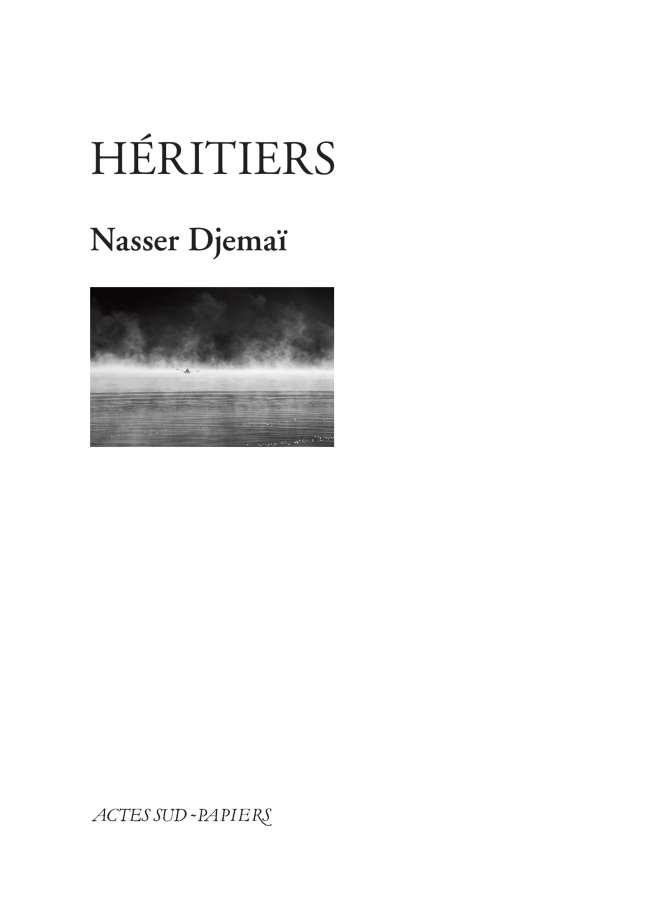
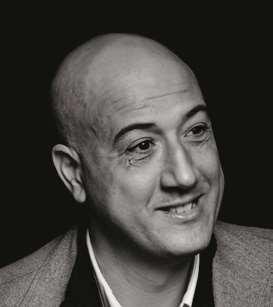
Diplômé de l’École de la Comédie de Saint-Étienne et delaBirminghamSchoolofSpeechandDrama,Nasser Djemaïestauteuretmetteurenscène.Ilcréesonpremier solo avec Une étoile pour Noël (prix Sony LabouTansi des lycéens).En2014, il obtient leprix Nouveau TalentThéâtredelaSACD.Depuisseptembre2020,il estdirecteurduThéâtredes Quartiers-d’Ivry.Touteson œuvre est publiéechez Actes Sud-Papiers.
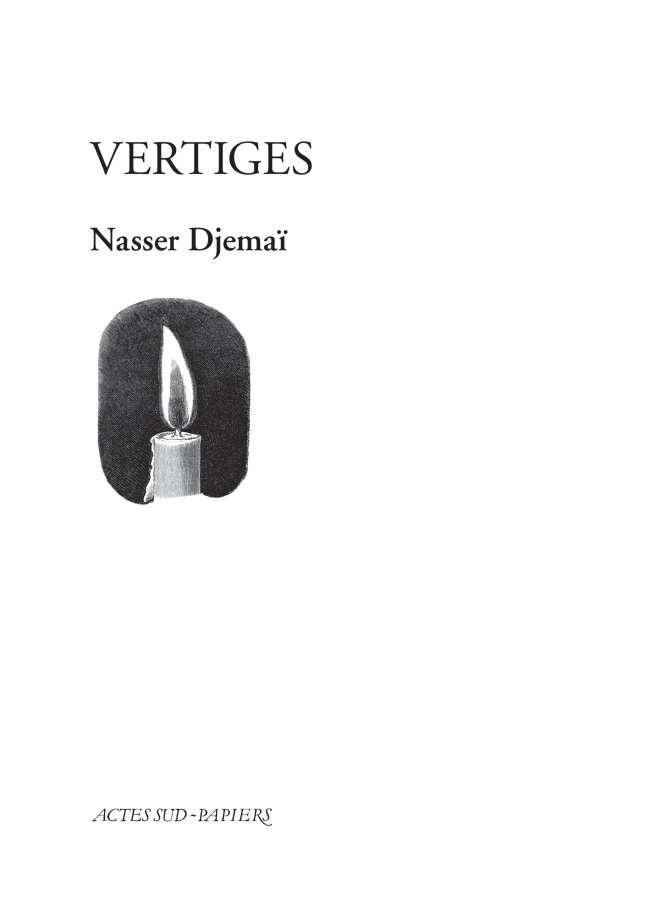

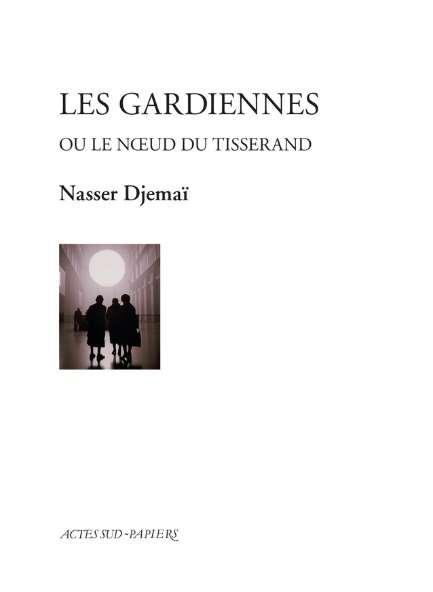
Quatre femmes âgées vivent dans un appartement, ont leurs petites habitudes et se satisfont de l'équilibre sain qu'elles ont construit jusqu'à ce que Victoria, la fille de Rosa, vienne perturber leur quotidien.
Dans un immeuble modeste, trois femmes âgées passent de leurs appartements à celui de Rosa, impotente et ancienne syndicaliste obstinée, pour lui prodiguer les soinsdontelle a besoinetpartager ensemble le temps qui coule lentement. Leur quotidien bien réglé se trouve perturbé par l’arrivée de Victoria, la fille de Rosa. Tenaillée par un rythme effréné, au bord de l’implosion, elle souhaite placer sa mère dans une maison médicalisée et vider l’appartement. Les gardiennes entrent alors en résistance : imposant leur mode de vie à Victoria, elles bousculent ses croyances et la somment d’entendre les raisons expliquant la dégradation du lien entre elle et sa mère.
La toile de fond sociale de cette pièce ancrée dans leréel n’empêche pasNasser Djemaï d’y incorporer une coloration surnaturelle, rapprochant les gardiennes d’enchanteresses qui incarnent le cycle de la vie, ses mutations et ses beautés.
Un texte qui propose un nouvel ordre sociétal, fondé sur l’esprit de communauté et d’entraide. Le spectacle, créé au Théâtre des Quartiers d’Ivry le 9 novembre, viendra clore un cycle théâtral composé d’Invisibles (2011), Immortels (2014), Vertiges (2017) et Héritiers (2019).
A graduate of the École de la Comédie de Saint-Étienne and the Birmingham School of Speech andDrama, Nasser Djemaï is a playwright and theatre director. He won the Prix Sony Labou-Tansi des lycéens for his first solo play Une étoile pour Noël and in 2014 the Prix Nouveau Talent Théâtre awarded by SACD. Since September2020,he has been the director of Le Théâtre des Quartiers-d’Ivry. His entire oeuvre is published by Actes Sud Papiers
Four elderly ladies living in an apartment are comfortable in their daily routines. But this changes when Rosa’s daughter Victoria pitches up and threatens to disrupt the healthy balance they have achieved.
Three elderly women living in a modest apartment block spend much of their time in the flat of their neighbour Rosa, a frail but obstinate retired unionist, providing care for her and whiling away the hours together. But their well-ordered lives are disrupted by the arrival of Rosa’s daughter, Victoria. Used to living life at a frenetic pace, and seemingly always on the verge of imploding, she wants to move her mother to a care home and clear out the flat. But the guardians are not going to take this lying down: they gradually impose their own way of living on Victoria, calling into question her beliefs and forcing her to confront the reasons why her relationship with her mother has deteriorated to such an extent.
ThoughNasserDjemaï’s play isanchoredwithinacertain social realism, this does not stop him from incorporating a hint of the supernatural, as the elderly ladies come to resemble sorceresses who embody the cycle of life, its transformations and its beauty.
A spectacle that suggests the possibility of a new social order founded on a spirit of community and mutual aid.
The play, first staged at Le Théâtre des Quartiers d’Ivry on the edge of Paris on 9 November, is the final instalment of a theatrical cycle consisting of Invisibles (2011), Immortels (2014), Vertiges (2017) and Héritiers (2019).
OCTOBRE 2022 | OCTOBER 2022 15× 20,5 72 PAGES 13 €
Colin Niel est l’une des grandes voix de la littérature d’aujourd’hui.Ilareçudetrèsnombreuxprixlittéraires et son roman Seules les bêtes (2017) a été adapté avec succès au cinéma. En 2020, il a publié Entre fauves Toutesonœuvre est publiéeaux Éditions du Rouergue.
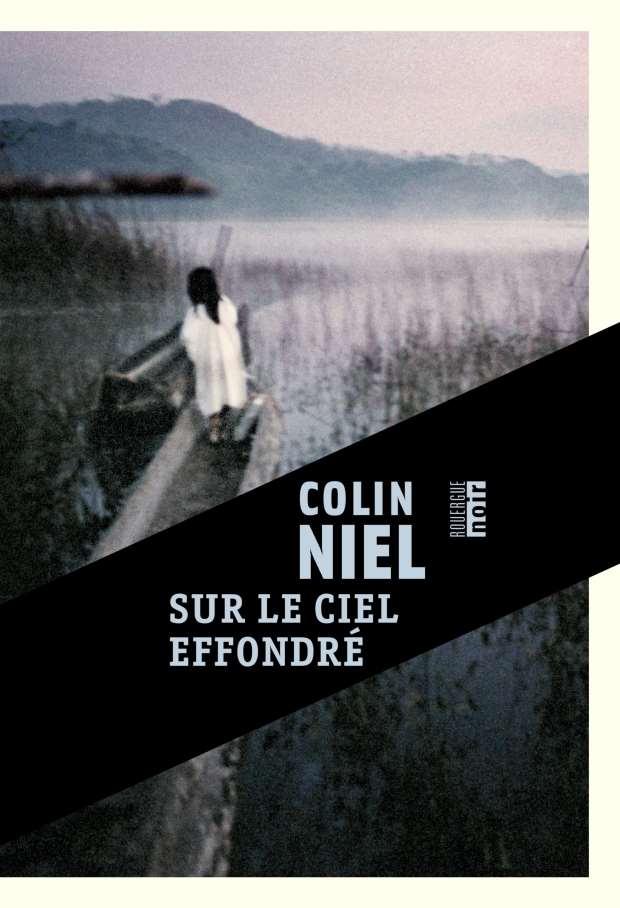
Colin Niel is one of the major voices of French fiction today. He has won numerous literary prizes and his novel Seules les bêtes (2017) has been successfully adapted for the cinema. In 2020, he published Entre fauves. All of his books are published by Rouergue.
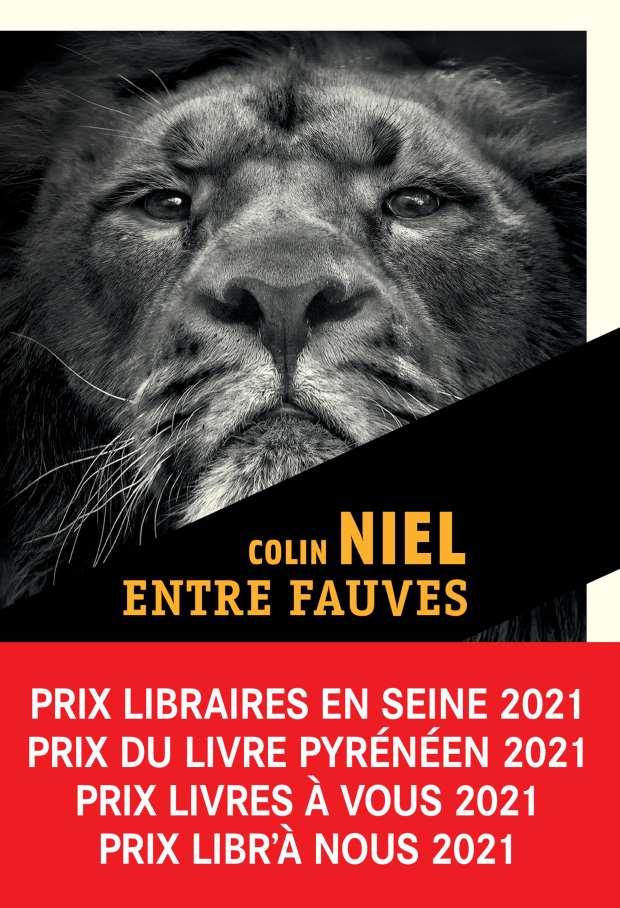
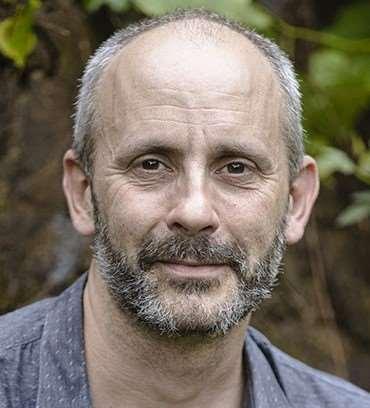
Mathurine est employée à la protection de l’enfance. Onlui confie unsignalementconcernant un garçon de dix ans, légèrementhandicapé, Darwyne Massily. Unepremièreévaluation sociale a été conduite quelques mois auparavant par une collègue qui a alors quitté précipitamment la région. Darwyne vit à Bois Sec, un bidonville gagné sur la jungle infinie, avec sa mère Yolanda, une beauté qui collectionne les conquêtes. Yolanda est le centre de la vie du garçon. C’est une femme qui ne ressemble à nulle autre, bien plus belle, bien plus forte, bien plus courageuse. Mais c’est compter sans les beaux-pères qui viennent régulièrement s’installerdansle petitcarbet en lisière deforêt. Justement un nouvel homme entre dans la vie de sa mère : Jhonson, un vrai géant celui-là.
Malgré des apparences rassurantes, Mathurine a l’intuition que quelque chose ne tourne pas rond dans cette famille.
Dans ce roman où se déploie magistralement sa plume expressive, Colin Niel nous emporte vers l’Amazonie, territoire d’une puissance fantasmagorique qui n’a livré qu’une part infime de ses mystères. Darwyne, l’enfant contrefait prêt à tout pour que sa mère l’aime, s’y est trouvé un refuge contre le peuple des hommes. Ceux qui le voudraient à leur image.
Une ode à la différence et au vivant à travers le portrait d’un enfant pas comme les autres.
Mathurine works in child protection. She is given the particulars of a slightly disabled 10-year-old boy named Darwyne Massily. An initial investment was conducted a few months previously by a female colleague, who subsequently left the region at short notice.
Darwyne lives in Bois Sec, a shanty town overrun by the endless jungle, with his mother Yolanda, a beauty with a string of lovers. Yolanda is the centre of the boy’s life. She is a woman like no other: much more attractive, much stronger and much braver. But there are also the fathers-in-law, who regularly come and stay in the little hut on the edge of the forest. And indeed a new man has just entered his mother’s life: a giant of a man named Jhonson.
Despite the reassuring appearances, Mathurine has an intuition that something is not quite right in this family.
In this novel in which Colin Niel deploys to masterly effect his expressive voice, we find ourselves in Amazonia, a powerfully phantasmagorical world which so far has only revealed a fraction of its secrets. This is where Darwyne, the slightly misshapen child who will do anything to make his mother love him, has found a refuge from those who would mould him to their image.
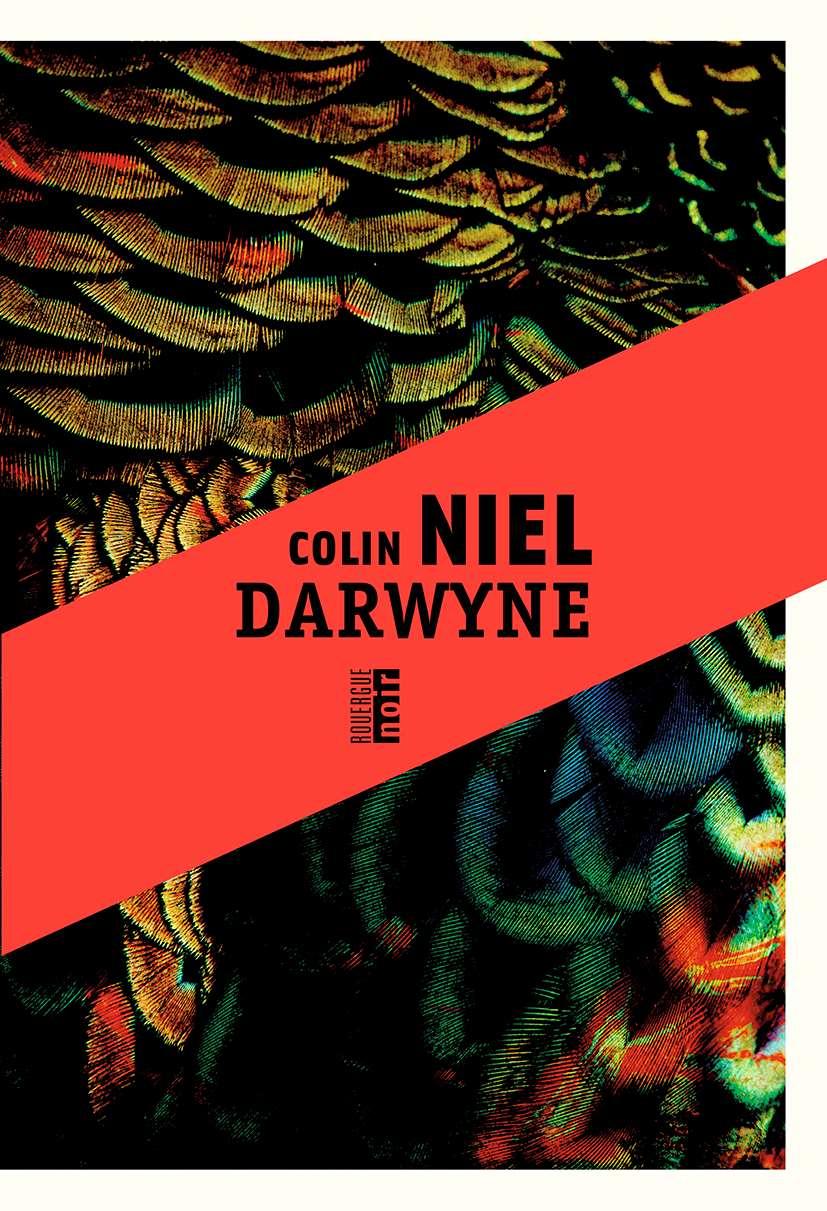
Anodetodifferenceandtothelivingworld,expressed through the story of a boy who is unlike all the others.

Claire Raphaël est ingénieure dela police scientifique et travailleenrégionparisienne.Sesdeuxpremiersromans policiers, Les Militantes (2020) et Les Gagneuses (2021), tous deux consacrés aux violences faites aux femmes,ontparuauxÉditionsduRouergue.ClaireRaphaël publie également dela poésie.
Que fait la police lorsqu’une femme est tuée d’un coup de feu dans la nuit et que sa fille unique, atteinte de schizophrénie, s’accuse du crime mais décrit une scène incompatible avec les éléments recueillis par les enquêteurs ?
Un flic expérimenté dirige à partir de faits ténus mais têtus une enquête où l’objectivité et le métier forcent la vérité.
Dans cette partition complexe, Alice Yekavian, ingénieure de la police scientifique, saura, elle, faire parler les armes.
Dans ce troisième volume des enquêtes d’Alice Yekavian, roman policier procédural au plus près de la réalité du travail policier, le lecteur entre dans ce temps particulier où la folie brise toutes les apparences, la mort toutes les évidences.

Les Militantes (mars 2020) : Béatrice Chabaud est assassinée en pleine rue par arme à feu. Elle avaitété capable dequitterunmari qui la battait, de retourner son destin, assez peutêtre pour irriter ceux qui aimeraient que les victimes restent dans leur rôle. Qui s’est attaqué à cette militante contre les violences faites aux femmes ? Roman procédural écrit par une experte en balistique, Les Militantes nous plonge au cœur du travail de la police.
Les Gagneuses (juin 2021) : Une prostituée est retrouvée morte dans un petit parc public. Son assassin n’a pas laissé de traces. Mais la même arme tue quelques jours plus tard la serveuse d’une boîte de nuit. Deux affaires banales devenues brûlantes du seul fait de leur lien. Dans ce deuxième roman, on retrouve l’héroïne des Militantes dans une enquête où souteneurs et trafiquants d’armes font bon ménage. Les gagneuses, cesfillesde la rue que le monde réduità desimages.
Claire Raphaël is a forensics expert in the Paris police force. Her first two crime novels, Les Militantes (2020) and Les Gagneuses (2021), both of which explore the themeofviolenceagainstwomen,arepublishedbyLeRouergue. She is also a published poet.
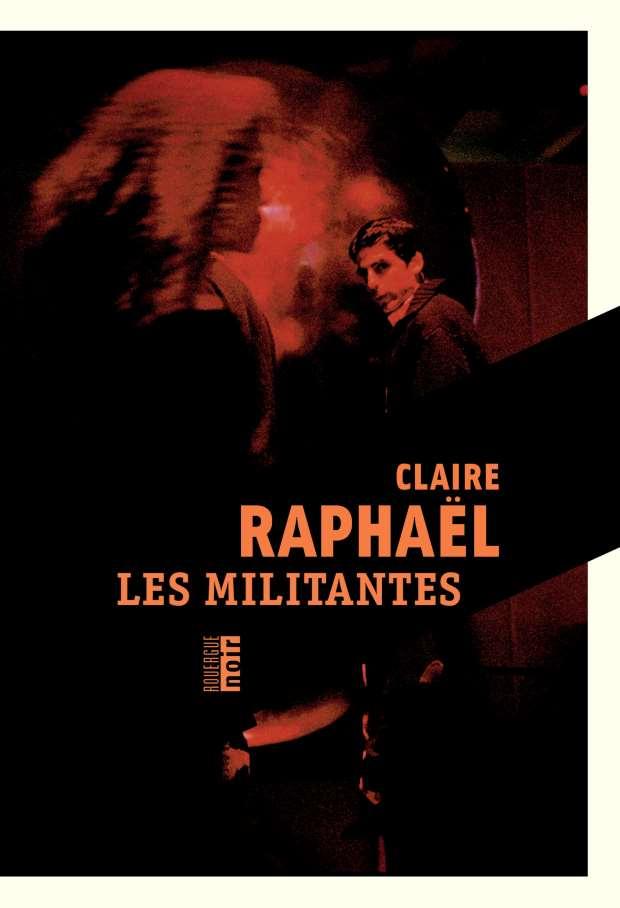
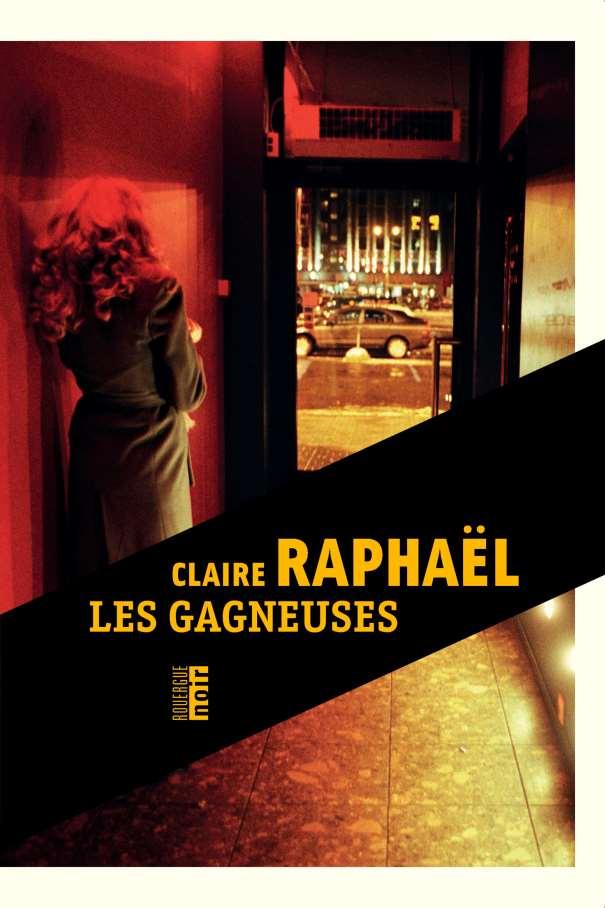
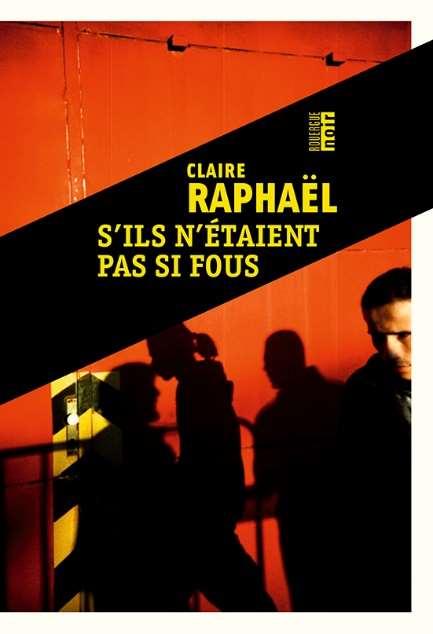
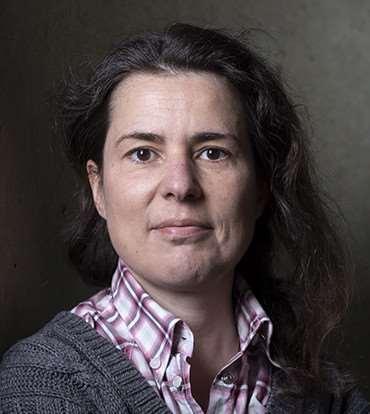
What arethepolice to do when a woman is shot in the middle of the night and her only daughter, who has schizophrenia, confesses to the crime? And her description of events turns out be incompatible with the evidence found at the crime scene?
An experienced cop is put in charge of an investigation where the facts are few and far between but seemingly incontrovertible, and objectivity and the strict respect ofproceduresaretheroutetothetruth.
In this complex case, forensic scientist Alice Yekavian homes in on the truth thanks to her ballistics expertise.
InthisthirdAliceYekavianpoliceproceduralthat captures the reality of police investigations, the reader is led into an uncertain world where madness shatters appearances and death undermines all certainties.
Les Militantes [The Female Activists] (March 2020): Béatrice Chabaud is shot dead in the street. She had found the strength to leave her wife-beating husband and turn her life around - perhaps just enough to antagonise those who believe that victims should remain victims. Who attacked this campaigner on violence against women? A procedural novel written by a ballistics expert, Les Militantes plunges us into the nittygritty of police work.
Les Gagneuses [Working Girls] (June 2021): A prostitute is found dead in a public park. Her killer leaves no clues but a few days later a female nightclub bartender is murdered with the same weapon, suggesting a pattern that makes the investigation a matter of urgency. In this second novel, we renew our acquaintance with the heroine of Les Militantes, as she descends into the murky world of pimps and arms traffickers where the working girls are reduced to silent images in the public imagination.
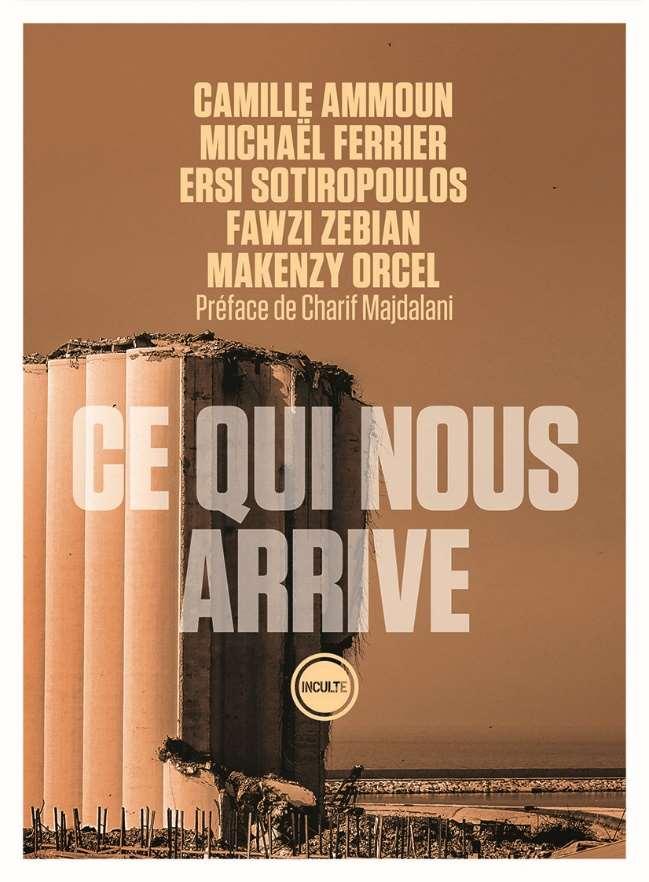
Préface de Charif Majdalani | Preface by Charif Majdalani
Néà Beyrouth,Camille Ammoun est l’auteurdu roman Ougarit (Inculte, 2019, prix France-Liban 2019 de l’ADELF) et du récit Octobre Liban (Inculte, 2020, prix Écrire la Ville 2020).

Michaël Ferrier vit à Tokyo où il enseigne la littérature. Il est l’auteur de plusieurs essais et romans, dont Fukushima : Récit d’un désastre (2012), Mémoires d’outre-mer (2015, prix Franz-Hessel) et François, portrait d’un absent (2018, prixDécembre) parus chez Gallimard.
Né en 1960 à Beyrouth, où il vit, Charif Majdalani est professeur à l’universitéSaint-Joseph.Écrivain,ilestnotammentl’auteurdeseptromanspubliés au Seuil. Chez Actes Sud, il a publié Beyrouth 2020. Journal d’un effondrement (2020, prix spécial du jury Femina) et Dernière oasis (2021).
Né en Haïti, Makenzy Orcel est l’auteur d’une œuvre composée de recueils de poèmes et de romans très remarqués, dont L’Empereur (2021) et Une somme humaine (2022) chez Rivages.
ErsiSotiropoulosestnéeàPatras.Poète,elleestaussil’auteuredenombreux romans et nouvelles dont Zigzag dans les orangers (Maurice Nadeau, 2003), Eva (Stock, 2015), Ce qui reste de la nuit (Stock, 2016,prix Méditerranée2017), Je crois que tu me plais (Stock, 2019). Romancier libanais,Fawzi Zebianest publié par Dar Al Adab.
Born in Beirut, Camille Ammoun is the author of the novel Ougarit (Inculte, 2019, Prix France-Liban 2019 awarded by ADELF) and of the non-fictional work Octobre Liban (Inculte, 2020, Prix Écrire la Ville 2020).
MichaëlFerrieris basedinTokyo,whereheteaches literature.Heisthe author of several essays and novels, including Fukushima : Récit d’un désastre (2012), Mémoires d’outre-mer (2015, Prix Franz-Hessel) and François, portrait d’un absent (2018, Prix Décembre), all published by Gallimard.
Born in 1960 in Beirut where he still lives, Charif Majdalani teaches at Saint Joseph University. He is the author of seven novels published by Le Seuil and of Beyrouth 2020. Journal d’un effondrement (2020, Prix spécial du jury Femina) and Dernière oasis (2021), published by Actes Sud.
Born in Haiti, Makenzy Orcel is the author of critically acclaimed poetry collections and novels, including L’Empereur (2021) and Une somme humaine (2022), published by Rivages.
Ersi Sotiropoulos was born in Patras. A poet, she is also the author of several novels and short stories, including Zigzag dans les orangers (Maurice Nadeau, 2003), Eva (Stock, 2015), Ce qui reste de la nuit (Stock, 2016, Prix Méditerranée 2017) and Je crois que tu me plais (Stock, 2019).
Fawzi Zebian is a Lebanese novelist whose work is published by Dar Al-Adab.
En septembre 2021, la Maison Internationale des Écrivains avait prévu d’organiser dans la capitale libanaise une série de rencontres littéraires portant sur le thème de la catastrophe. Le Liban vivait alors une succession de crises devenues progressivement des catastrophes, tant économiques que sociales et écologiques, le tout couronné par l’explosion dans le port de la ville le 4 août de l’année précédente. Ce pays apparaissait alors, et ne cesse d’apparaître tous les jours un peu plus, comme un paradigme de la mauvaise gouvernance et comme le lieu où se condensent tous les désastres qui peuvent guetter l’humanité. Cinq écrivains devaient donc venir s’y entretenir avec le public de la crise économique grecque, du tremblement de terre en Haïti et de ses effets, du tsunami puis de l’explosion à Fukushima. L’idée était de mettre en commun le récit de la catastrophe et de réfléchir à la manière avec laquelle l’homme vit cette dernière puis les façons avec lesquelles il en gère les conséquences, le souvenir et la capacité à en surmonter le traumatisme. L’exacerbation de la crise libanaise et la détérioration de la situation dans tous les domaines durant l’été 2021 a empêché la tenue de ces rencontres. Mais les cinq écrivains qui devaient y participer ont accepté d’écrire chacun un récit portant sur le thème initialement retenu, à partir de son expérience : la crise économique grecque (Ersi Sotiropoulos), les séismes et leurs conséquences en Haïti (Makenzy Orcel), Fukushima et les divers visages de cette catastrophe (Michaël Ferrier), la crise libanaise et l’explosion sur le port de Beyrouth (Camille Ammoun, Fawzi Zebian).
L’ouvrage sera présenté au Festival du Livre qui se tiendra à Beyrouth entre le 25 et le 30 octobre, et au cours duquel il est prévu, en partenariat avec l’Institut Français du Liban, d’inviter les cinq écrivains à venir présenter leurs textes et discuter de l’ouvrage.
In September 2021, the Maison Internationale des Écrivains had planned to arrange a series of literary encounters in the Lebanese capital around the theme of disaster. At the time, Lebanon was experiencing a series of crises that were gradually turning into economic, social or environmental disasters, not least the explosion that had occurred at the Port of Beirut on 4 August of the previous year. At the time, and even more so since, the country seemed to be a paradigm of poor governance and an epicentre for all the disasters that can befall mankind. Five writers were due to exchange with the public on the Greek economic crisis, the earthquake in Haiti and its repercussions, and the tsunami followed by the explosion in Fukushima. The idea was to identify common threads in the way we narrate disasters and explore how we manage the fallout, commemorate the event, and overcome the trauma.
The intensification of the crisis in Lebanon and a general deterioration of the situation in many domains in the summerof 2021 preventedthe event from taking place, but the five writers who were due to take part all agreed to write an essay on the original theme based on their own experiences: the economic crisis in Greece (Ersi Sotiropoulos), the earthquakes and their repercussions in Haiti (Makenzy Orcel), Fukushima and the diverse facets of that disaster (Michaël Ferrier), and the crisis in Lebanon and the explosion at the Port of Beirut (Camille Ammoun, Fawzi Zebian).
The resulting book will be presented at the Festival du Livre, which will be held in Beirut from 25 to 30 October and during which, in partnership with the Institut Français du Liban, the five writers will be invited to talk about the book and their own individual contributions.
© D.R.
Anne Savelli est l’auteure d’ouvrages qui s’occupent beaucoupdelaville,delafaçondontonlatraverse,dont on l’habite. Elle a également travaillé à la rédaction d’un triptyque consacré à la notion de décor. En 2018, elle entame un nouveau chantier, en germe depuis des années dans ses livres précédents, consacré au bruit, à l’univers sonore des villes.
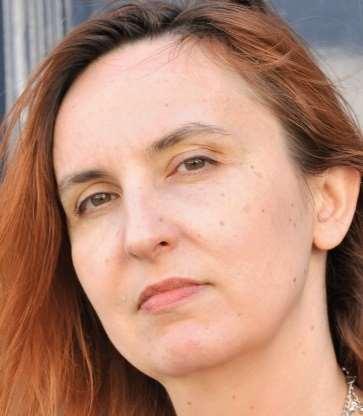
Anne Savelli is the author of several books which focus a great deal on the city and how we move through it and inhabit it. She also wrote a triptych centred around the notion of décor and settings. In 2018 she embarked on a new project centred around a theme already hinted at for many years in her previous books:noise and the sound universeof cities.
Marilyn comme vous ne l’avez jamais vue ? Ou plutôt : Marilyn comme vous l’avez déjà vue, cent fois, mille fois, répétée et multipliée quasi à l’infini, exposée jusqu’à la saturation, présente-absente sur des milliers de photos. Depuis le cliché fondateur, pris par David Conover en 1944 ou 1945, montrant une ouvrière de 18 ans du nom de Norma Jeane Baker jusqu’aux sordides photos volées à la morgue en août 1962, Marilyn Monroe n’a cessé d’attirer l’œil des photographes. Pourtant, dans le livre d’Anne Savelli, nulle image. Le musée qu’elle a conçu, aussi imaginaire que réel, nous propose d’aller au-delà des apparences. De traverser le miroir. Derrière chaque photo, il y a un corps, une pose, un décor, une mise en scène, un état d’esprit, un moment particulier, qui tous disent quelque chose du secret Monroe, mais aussi une rencontre, une complicité, voire une intimité.
Musée Marilyn nous propose une approche totalement inédite de l’actrice américaine la plus iconique du XXème siècle. S’appuyant sur une documentation vertigineuse, Anne Savelli, qui a structuré son livre comme un musée – un musée vivant, sensible, quasi animé –, nous raconte enfin un être de chair et de sang et non un fantasme de papier glacé. Au fil des rencontres avec ceux et celles qui l’ont "prise" en photo (André de Dienes, Eve Arnold, Milton H. Greene, Cecil Beaton, Richard Avedon…), à force de scruter les instants, tragiques ou magiques, qui donnent naissance à la galaxie Marilyn, l’auteure réussit le tour de force de nous donner à voir autre chose que la surface de "la plus belle femme de tous les temps", et ce grâce à une écriture virtuose, alliant une attention extrême à une empathie troublante, une écriture capable de transcender la description pour atteindre la vérité humaine.

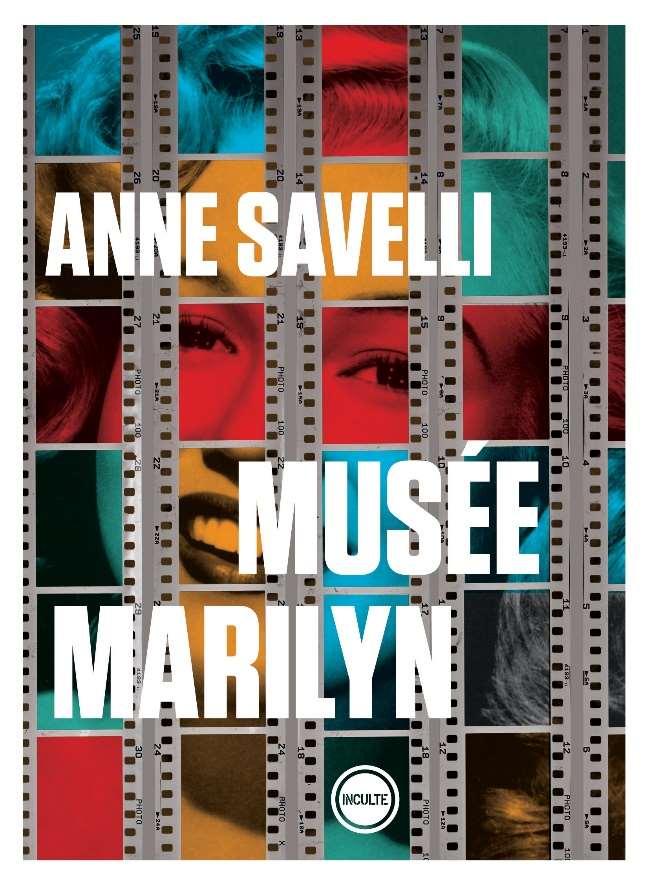
Not quite Marilyn as you’ve never seen her before, but ratherMarilynasyouhavealready seenherahundred times or more. Thousands of photos that have been endlessly reproduced to the point of saturation, and in whichshe is somehow bothpresent and absent. Since the inaugural snapshot of her taken by David Conover in 1944 or 1945, which shows a young 18year-old factory worker by the name of Norma Jeane Baker, to the sordid photos taken without permission at the morgue in August 1962, Marilyn Monroe constantly attracted the interest of photographers. And yet in Anne Savelli’s book there is not a single image. The museum that she has conceived of, as much imaginary as real, invites us to move beyond appearances, to cross to the other side of the mirror. Behind each photo, there is a body, a pose, a décor, a staging, a state of mind and a particular moment which all reveal something of Monroe’s secrets, but they are also an encounter, a form of complicity, and even a form of intimacy.
Musée Marilyn takes a completely original approach tothe most iconic Americanactress ofthe20thcentury. Drawing on incredibly in-depth research, Anne Savellistructuresherbooklikealiving, sensory,almost animate museum in order to tell the story of a fleshand-bloodhumanbeing ratherthan aglossy magazine fantasy. Through encounters with the men and women who ‘captured’ her with their cameras (André de Dienes, Eve Arnold, Milton H. Greene, Cecil Beaton, Richard Avedon), and by scrutinising those magical or tragic instants that gave birth to the Marilyn legend, the author pulls off the tour de force of revealing to us something other than the surface of ‘the most beautiful woman who ever lived’ with the help of her virtuosic prose, which marries an extreme attention to detail with a disconcerting sense of empathy. It is writing that is capable of transcending mere description to arrive at the human truth.
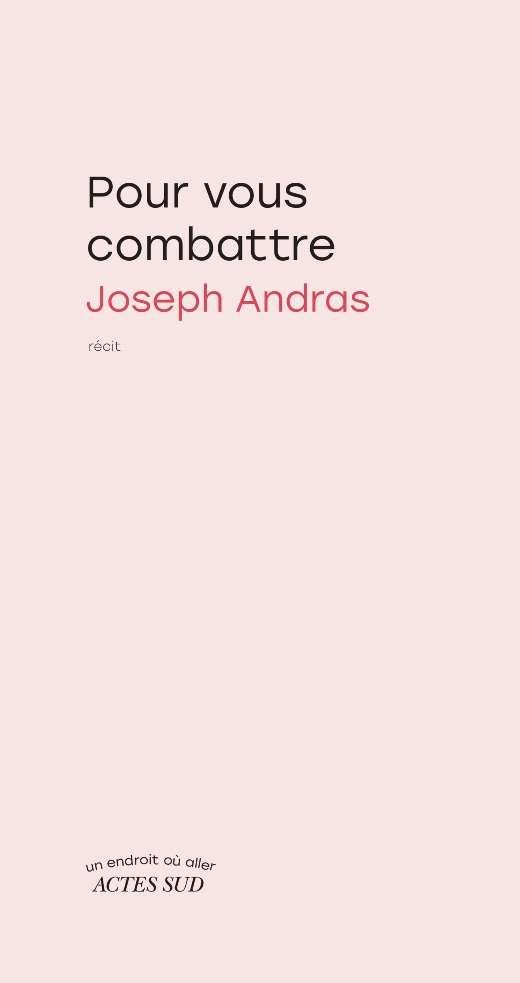
Rights sold in Greek (Protou)
L’histoire de la vie et de la mort d’un journal sous la Révolution française : sept numéros du Vieux Cordelier parus de 1793 à 1795, qui se sont retrouvés au cœur des tensions ayant divisé les principaux courants républicains. En prenant à bras-le-corps le mot aujourd’hui galvaudé de "République" – en faisant revivre le désir de justice et d’égalité qu’elle a porté, la force et la violence dans laquelle elle est née –, Joseph Andras entend rappeler la charge émancipatrice et radicale qu’on lui a ôtée au fil des siècles.
The story of the rise and demise of a newspaper during the French Revolution: seven issues of Le Vieux Cordelier were published between 1793 and 1795, reflecting the tensions that divided the main Republican tendencies of the time. Over the centuries, the word ‘Republic’ has rather lost its original connotations of emancipation and radicalism – hence Joseph Andras’s determination to recapture the desire for justice and equality which underpinned it, and the atmosphere of violence in which it was born.
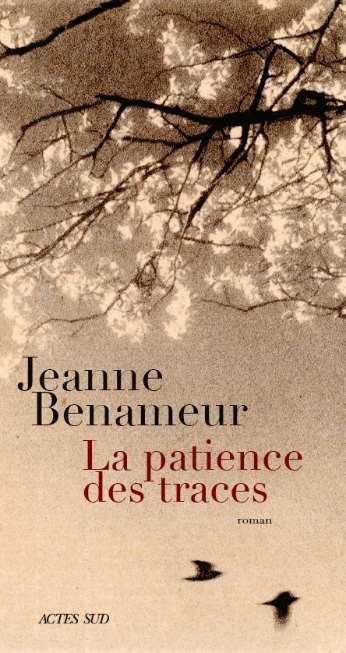
Rights sold in Dutch (Spectrum BV), Italian (E/O)
First pages available in English
Awarded the 2022 Prix Roman France Televisions Awarded the 2022 Prix Ouest
Psychanalyste, Simon a fait profession d’écouter les autres, au risque de faire taire sa propre histoire. À la faveur d’une brèche dans le quotidien – un bol cassé – vient le temps du rendez-vous avec lui-même. Un voyage intérieur qui passera par un vrai départ pour le Japon…
As a psychoanalyst, Simon has made a career out of listening to others, but at the risk of enveloping his own story in silence. Courtesy of a breach in his daily routine – a broken bowl – the moment arrives for him to finally confront himself. This inner journey begins with a departure to Japan…
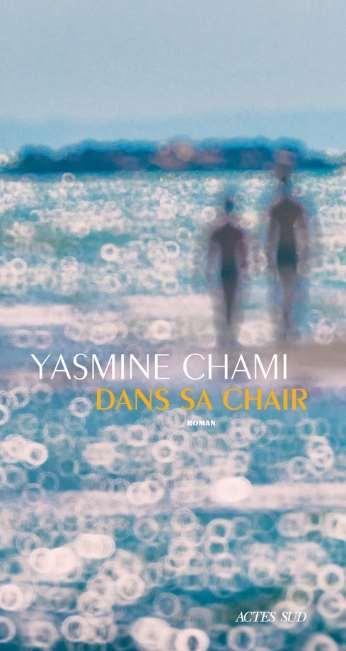
Rights sold in German (Converso)
Un chirurgien très respecté abandonne son épouse dans un aéroport. Il disparaît lors d’une escale alors qu’ils partent ensemble pour Sydney. Cette femme anéantie trouve refuge dans son art, la sculpture. Quelles raisons ont pu pousser un homme capable d’un grand amour a une telle lâcheté ? Une exploration des legs familiaux et des failles originelles qui dépassent l’exaltation du désir.
A respected surgeon abandons his wife at an airport. The woman is devastated but she will find a road to recovery through the art of sculpture. A novel about men and the influence that their mothers and their backgrounds bequeath, or impose on, them.
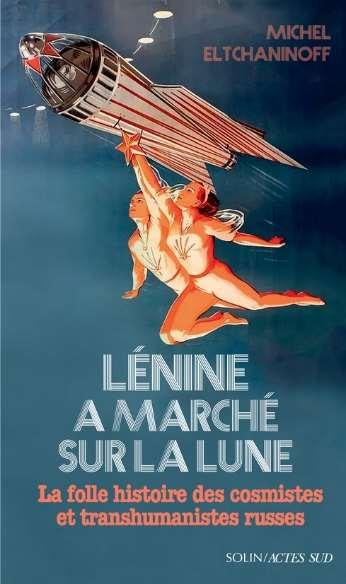
Rights sold in World English (Europa), Italian (E/O), Portuguese (Zigurate), Spanish (Rosameron)
Il y a un peu plus de cent ans, en Russie, des penseurs mystiques ou anarchistes voulaient ressusciter les morts et les envoyer dans l’espace. Coloniser le cosmos. Repousser la mort et faire renaître les défunts. Créer le vivant. Mettre en place un réseau mondial. Libérer la puissance de l’esprit. Comprendre et contrôler les processus cosmiques. Manipuler les phénomènes atmosphériques. Sauver la Terre. Dans un mélange de recherche scientifique approfondie, de métaphysique pure et de mysticisme, le mouvement appelé cosmisme a modelé le siècle soviétique. Il est aussi l’une des sources d’inspiration des transhumanistes californiens d’aujourd’hui.
A little over a hundred years ago in Russia, mystical thinkers and anarchists had the notion of resurrecting the dead and sending them into space to colonise the cosmos. Deferring death and bringing the deceased back to life, creating life, setting up a global network, liberating the power of the mind, understanding and mastering cosmic processes, manipulating atmospheric phenomena and saving the Earth... In a blend of extensive scientific research, pure metaphysics, and mysticism that went by the name of cosmism, it shaped the Soviet century and is also one of the sources of inspiration of the Californian transhumanist movement of today.
Rights sold in Bulgarian (Era), Dutch (Meulenhoff), World English (Other Press), German (Hanser Berlin), Italian (Marsilio), Lithuanian (Lithuanian Writers' Union), Norwegian (Gyldendal),Slovakian(Inaque),Spanish(Anaya).
Hélène a bientôt 40 ans. Elle a fait de belles études, une carrière. Et pourtant, le sentiment de gâchis est là, les années ont passé, tout a déçu. Christophe, lui, n’a jamais quitté ce bled où ils ont grandi avec Hélène. On pourrait croire qu’il a tout raté. Et pourtant, il croit dur comme fer que tout est encore possible. Connemara c’est l’histoire d’une autre chance et d’un amour qui se cherche par-delà les distances.
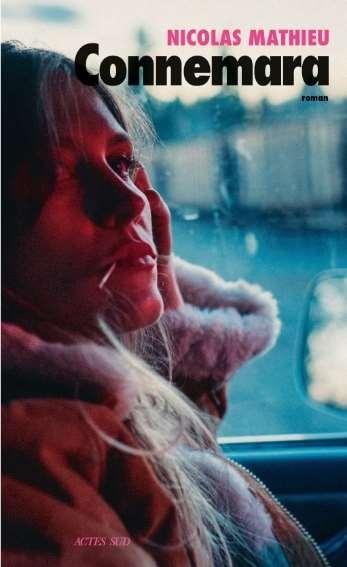
Hélène will soon turn 40. She is well qualified and has had a successful career, and yet she feels a lack of fulfilment – the years have passed without living up to her expectations. As for Christophe, he has never left this little corner of France where he grew up with Hélène and he could be seen as having failed in life. And yet he has a cast-iron belief that anything is still possible. By the author of And Their Children After Them (Leurs enfants après eux, Goncourt Prize 2018), Connemara is the story of a second chance and of a love that persists in spite of separation.
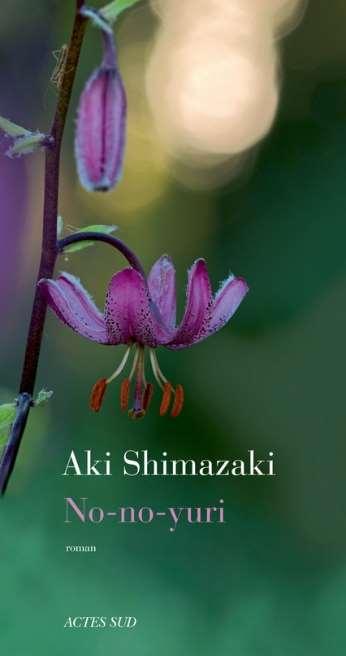
Kyôko est une jeune femme à qui tout réussit : sa carrière de secrétaire de direction semble se dessiner sans ombrage, et elle plaît aux hommes et jouit de leurs désirs sans jamais consentir à l’engagement, malgré les injonctions de ses parents. Avec son nouveau patron, elle entame une relation où s’intriquent l’intime et le travail.
Success has always come easily to Kyôko: her career as a senior PA appears to be set fair, men find her attractive, and she takes full advantage of their desires without ever committing herself, despite the urgings of her parents. And now she has embarked upon a relationship with her new boss, blurring the distinctions between the private and the professional.
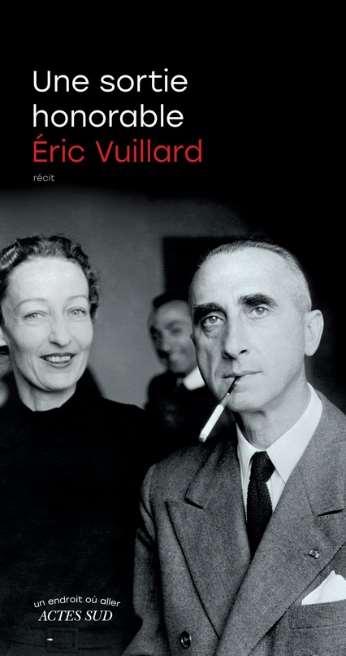
Rights sold in Catalan (Edicions 62), UK English (Macmillan), US English (Other Press), Finnish (Siltala), German (Matthes & Seitz), Greek (Polis), Norwegian (Solum Bokvennen Forlag), Serbian (Akademska Knjiga), Spanish (Tusquets), Swedish (Lind & Co), Turkish (Can Yayınları).
La guerre d’Indochine est l’une des plus longues guerres modernes. Pourtant, dans les manuels scolaires, elle existe à peine. Une sortie honorable raconte comment, par un prodigieux renversement de l’histoire, deux des premières puissances mondiales ont perdu face un tout petit peuple, et nous plonge au cœur de l’enchevêtrement d’intérêts qui conduira à la débâcle. Éric Vuillard est notamment l’auteur de L’ordre du jour, prix Goncourt 2017, et de La guerre des pauvres, qui figurait sur la dernière sélection de l’International Booker Prize 2021.
The First Indochina War was one of the longest wars of modern times and yet it hardly features in the school history books. With an impressive feeling for the art of narration, Une sortie honorable tells the story of how, in a remarkable twist of history, two of the world’s leading powers lost a war against the modest little Vietnamese nation, taking us into the heart of the conflicting interests that led to their defeat. By the world acclaimed author of The Order of the Day (L’ordre du jour, Goncourt Prize 2017) and The War of the Poor (La guerre des pauvres, shortlisted for the International Booker Prize 2021).